Anthropogenic SUMMER

2023

WHO WE ARE
The Colorado College's State of the Rockies Project encourages students to further their academic interests in the ecological, social, and political challenges of living in the Rocky Mountain West. Students embark on interdisciplinary investigations around the region to discover the possibilities for balancing human activity without spoiling the natural environment.
Visit www.stateoftherockies.com for a complete version of the magazine.
OUR MISSION

The State of the Rockies Project enhances understanding of and action to address socio-environmental challenges in the Rocky Mountain West through collaborative student-faculty research, education, and stakeholder engagement

WHERE TO FIND US
State of the Rockies
State of the Rockies Project
stateoftherockies
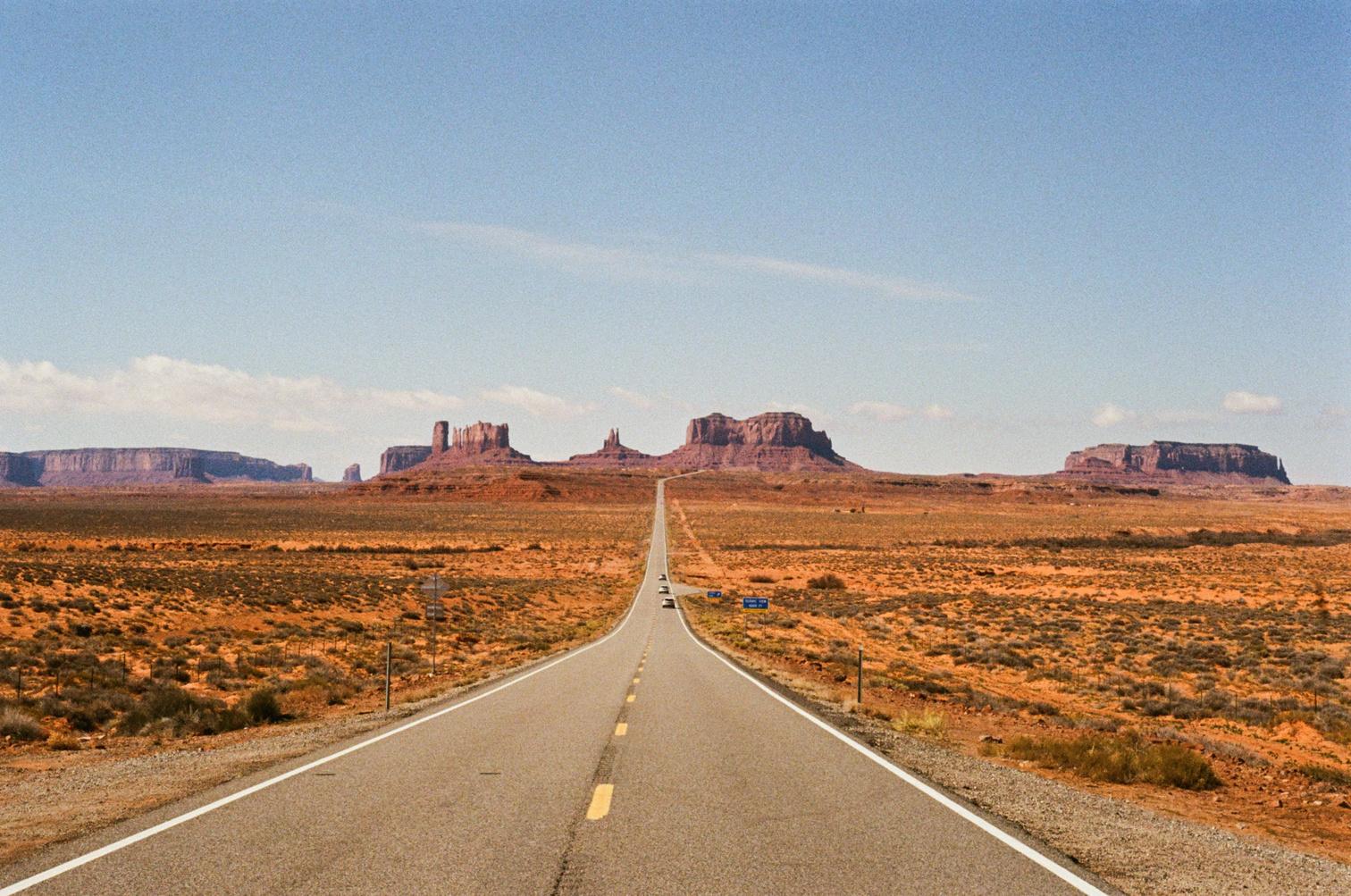
rockies@coloradocollege edu
http://stateoftherockies com/
Front Cover: Cyndy Hines, Sydney Morris, and Charlotte Pulido hike in Waldo Canyon. Photo by Maren Greene.
Monument Valley, Arizona |
ANTHROPOGENIC | 1
Photo by Micheal Braithwaite '24
EDITOR-IN-CHIEF
Cyndy Hines

chines@coloradocollege edu
CONTRIBUTING WRITERS
FROM: Swarthmore, PA
MAJOR: Anthropology
HOBBIES: Making art and music, being outside, being a plant mom
FUN FACT: I can ride a unicycle.
FROM: Greenwich, CT
MAJOR: Mathematical Economics
HOBBIES: Running, soccer, swimming
FUN FACT: I competed in chess nationals in Pre-K and kindergarten
HEAD WRITER
FROM: Katy, TX
MAJOR: Environmental Science
HOBBIES: Running, hiking, reading
FUN FACT: I have an identical twin sister.
VIDEOGRAPHER
Eric Ingram
FROM: Colorado Springs, CO
MAJOR: Political Science & Film and Media Studies
HOBBIES: Backpacking, filmmaking, CC Mock Trial


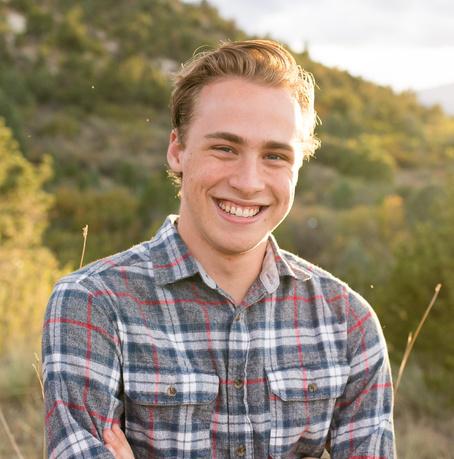
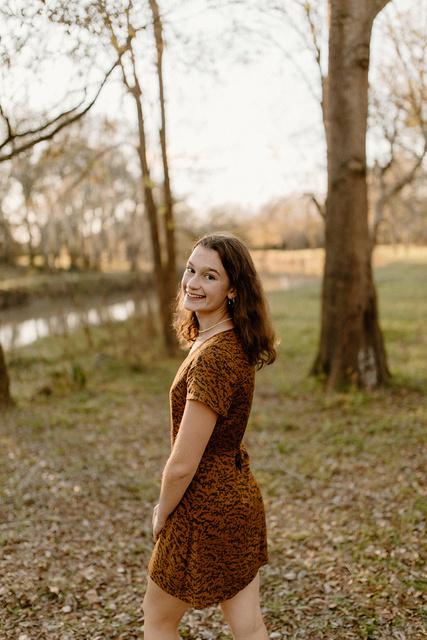


FUN FACT: I have canoed into both Mexico and Canada.
FROM: Erie, CO
MAJOR: International Political Economy
HOBBIES: Singing, reading, hanging out with friends
FUN FACT: I speak English, Korean, Japanese, and Chinese.
FROM: Wilton, CT
MAJOR: Environmental Science Chemistry Emphasis
HOBBIES: Hiking, ceramics, lacrosse

FUN FACT: I lit a light bulb with a potato.
GRAPHIC DESIGNERS
FROM: San Francisco, CA
MAJOR: Art
HOBBIES: Biking, watching movies, cooking
FUN FACT: My dad used to be a weatherman and he announced my birth on live TV!
FROM: Loveland, CO
MAJOR: Education
HOBBIES: Hiking, painting, reading, baking
FUN FACT: My biggest irrational fear is Kermit the Frog.
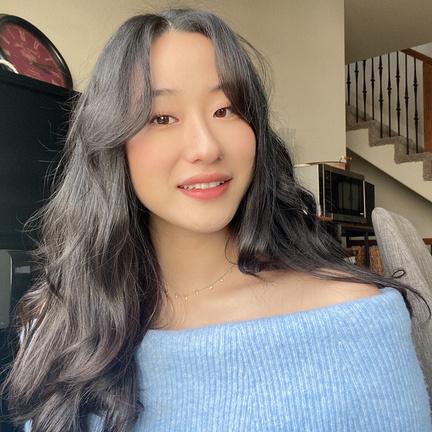 Katy Chapman
Kate Lee
Nicole Craighead
Delia Freliech
Katy Chapman
Kate Lee
Nicole Craighead
Delia Freliech
ANTHROPOGENIC | 2
Rafi Donohoe
Macy McCauley
Alison Mueller - Hickler
Greetings
We are nearing the end of another fun and academic year at the State of the Rockies Project Since our last edition of Anthropogenic, we have worked with many students on projects related to our mission to explore, research, and improve the social, environmental, and political challenges of living in the Rocky Mountain West.
In this edition of Anthropogenic, we share the exciting work of our students with projects led by myself and our Project Specialist Cyndy Hines, in collaboration with many staff and faculty across campus These projects include, but are not limited to, collecting data and analyzing the results of
our Survey of Public Lands Visitors and Dark Skies Project, coordinating a Vintage Poster Contest and Photo Contest, and continuing our research on oil and gas and watershed issues in the Rocky Mountain West. We are proud of our students’ work, research, and art!
Our students’ work and art has also been far-reaching outside of Colorado College. We are proud to say our 2022 Orange Skies Photos and Vintage Posters were displayed at the most recent United Nations Climate Change Conference (COP27) in Egypt, and our summer fellows’ research on oil and gas and conservation in the West was presented at the 2023 Midwest Political Science Association’s national conference in Chicago, Illinois. We also facilitated our 13th year of the Conservation in the West Poll which surveys individuals living in the states bordering the Rocky Mountains on relevant conservation issues. The results of this survey were shared by researchers and media nationwide - and were featured on The Weather Channel! I think you’ll be amazed at what we’ve accomplished and the impact and reach we’ve had in our local and national communities.
This year, we also received an $800,000 2-year grant from the William and Flora Hewlett foundation to facilitate upcoming Conservation in the West Polls and related projects. We have hired a number of students to work with us on these projects over the summer, including a continuation of the Survey of Public Lands Visitors, Dark Skies, a 20-year Retrospect of the Waldo Canyon Fire, Adventurous Spirit Films, and hiring an Artist in Residence, a GIS Research Assistant, and a Creative Assistant Producer. We are excited to explore and research conservation issues in the Rocky Mountain West with these students.
In addition, we will continue our work researching the impacts of public policies related to both oil and gas and watershed conservation in the Rocky Mountain West We have also hired a number of fellows to continue this work over the summer
Looking ahead to the 2023-24 academic year, we will start manynewprojects that focus on the environmental, social, and political challenges of the Rocky Mountain West Keep an eye on our social media pages and the CC Handshake website for new opportunities We are always looking for motivated students to work with us on our research projects, especially students who want to preserve the beautiful landscape of our region
Thank you for all of your support, and enjoy this edition ofAnthropogenic!
Kat Miller-Stevens, PhD Director, State of the Rockies Associate Professor of Business
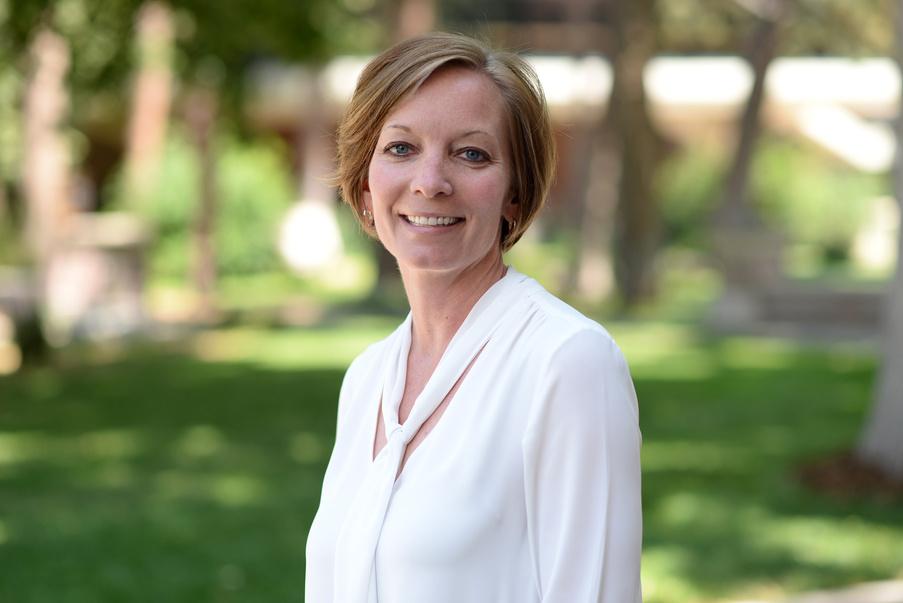
DIRECTOR'S NOTE
ANTHROPOGENIC | 3
 Waldo Canyon team members Cyndy Hines, Theo Ollier '26, Sydney Morris '24, and Liam Keilty '25 take tree core samples. | Photo by Maren Greene '24
Waldo Canyon team members Cyndy Hines, Theo Ollier '26, Sydney Morris '24, and Liam Keilty '25 take tree core samples. | Photo by Maren Greene '24
CONTENTS
Walter Hecox
Celebrating 20 years of State of the Rockies with founder Walt Hecox.
By Alison Mueller-Hickler
Interview with Patrick Holmes
Learn more about the first State of the Rockies student fellow.
By Marco Barracchia and Alison Mueller-Hickler
Spotlight: Matt Cooney and Steve Hayward
Conversations with Matt Cooney and Steve Hayward on their involvement with the project
By
Alison Mueller-Hickler and Nicole Craighead
2023 Fellows Updates
Take a look at the 2023 Faculty-Student Research Fellows and what they have been up to this summer
By
Kat Miller-Stevens and Macy McCauley
The Watershed Project
An update on the State of the Rockies survey of watershed-based ecosystem services
 By Alison Mueller-Hickler and Kate Lee
By Alison Mueller-Hickler and Kate Lee
Student-Led Research: The "Think Tank" Approach
A message from the State of the Rockies Project Specialist and Research Director on this summer ' s ongoing projects
By Cyndy Hines
ANTHROPOGENIC | 5
8
11
13
Lake Powell | Photo by Alison Mueller-Hickler '26
16
22
24
Going Public with the Poll: A Conversation with
Public Lands Visitors
Meet the group of students assessing public sentiment on national parks in the Rocky Mountain West.
By Alison Mueller-Hickler
Dark Skies Project
See how three CC students are spending their summers developing projects to understand and increase public concern for light pollution and the importance of night skies.
By Cyndy Hines and Rafi Donohoe
Adventurous Spirit Film Team
Follow the film crew on the set of their short film about climate change.
By Katy Chapman
Waldo Canyon
Learn about the team of students researching the impact of the Waldo Canyon Fire of 2012.
By Macy McCauley
Colorado College Goes to COP27
CC students travel to Egypt for the United Nation's Conference of Parties on Climate Change.
By Alison Mueller-Hickler and Nicole Craighead
Vintage Poster Contest
Students create re-imagined Federal Public Lands promotional posters with contemporary conservation messages
By Rafi Donohoe
Conservation in the West Photo Contest
2023 Student Photo Contest winners and submissions
By Delia Freilich
Orange Skies Returns to CC
Perspectives from the CC community on the Orange skies photography exhibit.
By Macy McCauley
Mission: Wolf
A look into life after State of the Rockies with a volunteer at a Colorado wolf sanctuary
By Anna Sofia Vera
69
44
39
67
32
51
55
ANTHROPOGENIC | 6
27
48
CELEBRATING 20 YEARS
 Alpine Glow | Photo by James Kuhns '26
Alpine Glow | Photo by James Kuhns '26
Celebrating 20 Years: An Interview with Founder Walt E. Hecox
By Alison Mueller-Hickler
For the twentieth anniversary of the State of the Rockies Project, I sat down with Walt E. Hecox, Professor Emeritus of Environmental Science and Economics, and the founder of the Rockies Project. Hecox had been with Colorado College since 1970, the first year of the Block Plan, and expressed great enthusiasm and adoration for both CC and the Block Plan. When he started at the school he “quickly figured out that” the Block Plan presented the unique opportunity to have week-long field trips while being immersed in one subject for three and a half weeks This system provides students the opportunity to gain the experiences and skills to succeed beyond college
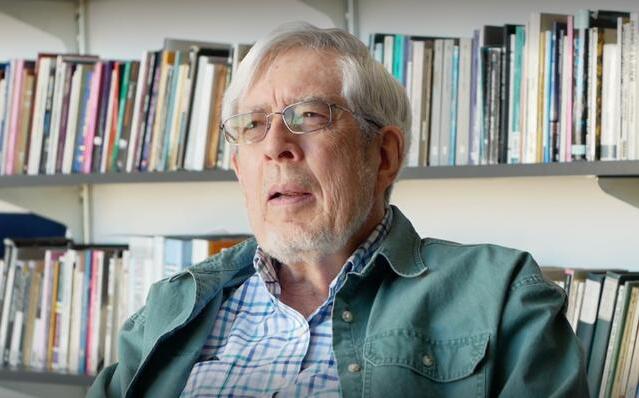
In 2003, using the flexibility of the Block Plan as inspiration, Hecox introduced his idea of an environmental research group, State of the Rockies, to then-president, Dick Celeste. The program’s research on the region would be partnered with an emphasis on a sense of place and the importance of CC’s location to understand the concept of “where we are forms who we are.”
Hecox stated that the Rockies Project is crucial for preparing students for the future because “If you can understand your sense of place in one place; you’re ready for life ” Having a fundamental understanding of the duality of being an active member of society and your connection to the environment allows students to develop complex and realistic solutions to problems.
The idea had been proposed to two previous presidents before Celeste who stated they “wouldn’t do the Rockies because that would make us a regional college. We want to be a national college.’” However, since its founding “the Rockies [Project] has given [the school] national
exposure; even international exposure,” through citations in lectures, conferences, and even a Supreme Court case
After the Rockies Project’s official founding in 2004, funding difficulties plagued the program until 2010, when the Hewlett Foundation stepped in; and offered to provide the group funding. The Hewlett Foundation awards grants to a variety of liberal and progressive causes and has supported the Conservation of the West poll for the last thirteen years, and within the previous three years, has provided funding for the research projects conducted during the summers as well.
In 2017, a year after Hecox left Colorado College, the State of the Rockies Program underwent a significant transformation, moving from a lecture series with thick stacks of report cards to a think-tank student-oriented approach Although different from Hecox’s original idea, it is now an organization catering specifically to students and providing opportunities for research and skill development that are unseen anywhere else. Josie McCauley, a 2021 CC graduate and long-time intern at State of the Rockies, stated that she “learned how broad conservation efforts can be photography exhibits, poster design contests, interviews, historical research,
ANTHROPOGENIC | 8
Walt E. Hecox, Professor Emeritus and founder of State of the Rockies. You can watch our interview with him here.
data collection” and how it “all has the possibility to tie into conservation awareness and efforts.”
Today, we see a continuity of the original emphasis on a sense of place and awareness of the space within the Rocky Mountain Region. Recently, the school has made a push to emphasize the importance of where we are and our duties to the area we inhabit by introducing it as a discussion topic during NSO and in the classroom. Colorado College’s incorporation combined with the Rockies Project’s advocacy, research, and outreach plays a unique role in, what President Richardson believes, is “improving the place where we are with our leadership ”
While the Project still struggles today to find a balance between local, regional, and national perspectives and research; that struggle promotes adaptation and allows students to continue to challenge themselves in a unique
THE COLORADO RIVER BASIN: Source to Sea Project
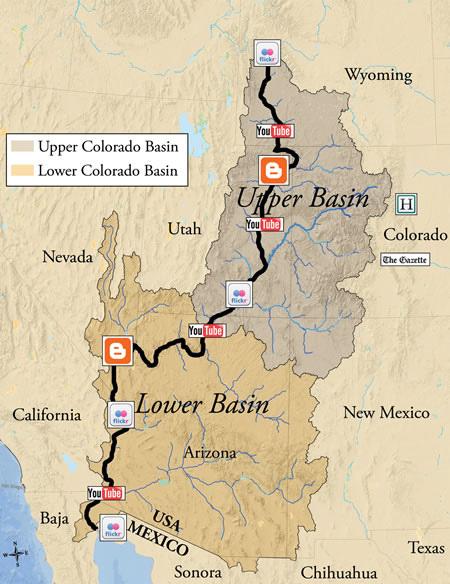
The Source to Sea Project (2011-12), where Will Stauffer-Norris, '11 and Zak Podmore, '11 paddled 1,700 miles from source to sea on the Green and Colorado Rivers. You can watch a video of Will and Zak discussing the state of the Colorado River Delta with Department of Interior officials here
way that only Colorado College students can. When meeting with President Richardson the other week, she expressed how impressed she is with the program and her belief that more people should know about the important work which the Project does. State of the Rockies is one of the programs on campus which “ignite[s] the passion and potential of our students” and “has been the feeder system to much of what Colorado College students do best, which is taking their ingenuity and independence out to jobs.”
A lot has changed over the last twenty years, and the Project is still evolving
The future of the State of the Rockies is promising as we have five teams, about thirtytwo students, preparing for a summer full of research The Project’s development and transformation demonstrate the resilience we have as a student body regarding change and our future.
ANTHROPOGENIC | 9
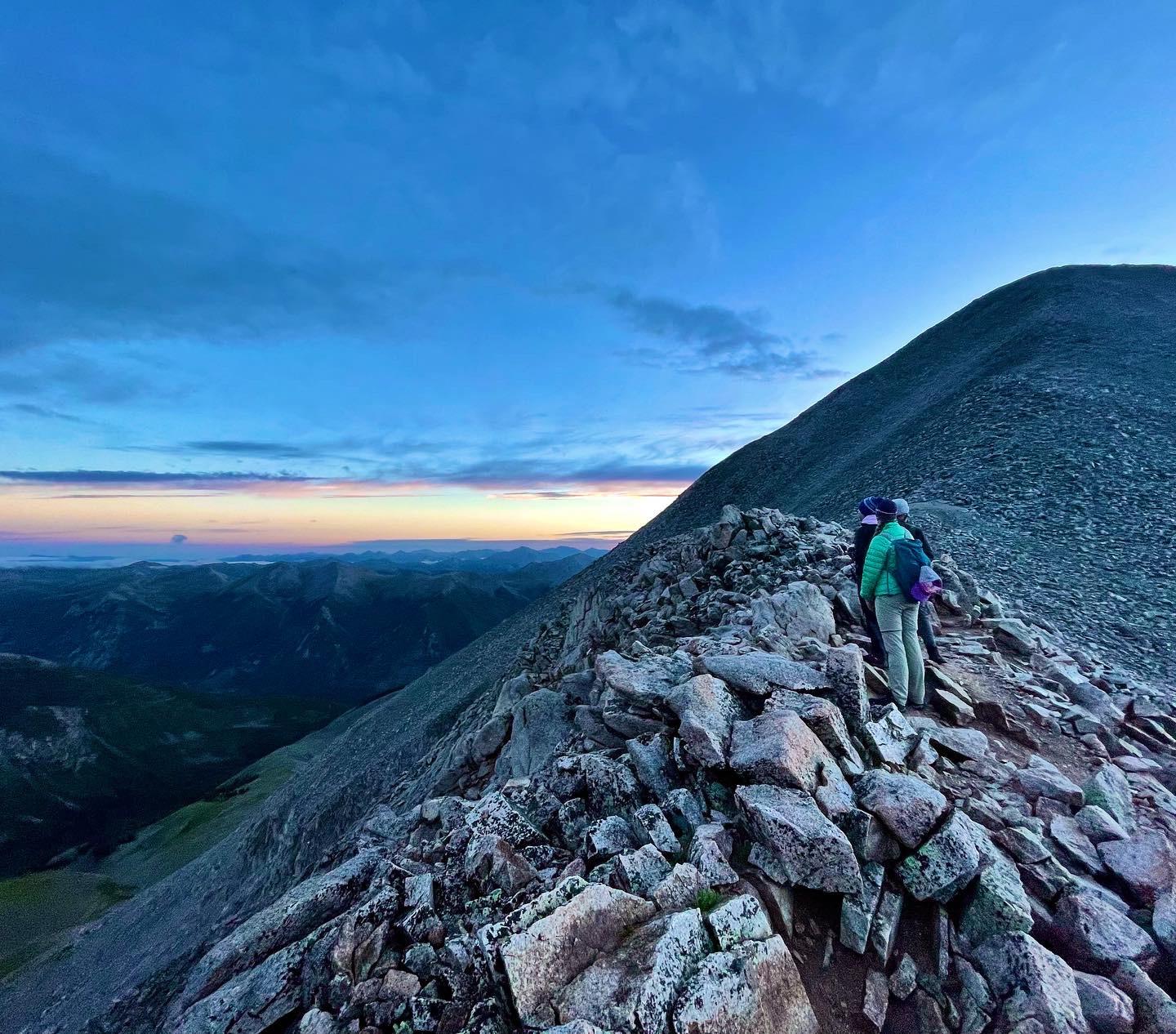 Mt. Sherman, CO |
Photo by Sydney Rankin '25
Mt. Sherman, CO |
Photo by Sydney Rankin '25
Patrick Holmes: State of the Rockies' First Student Fellow
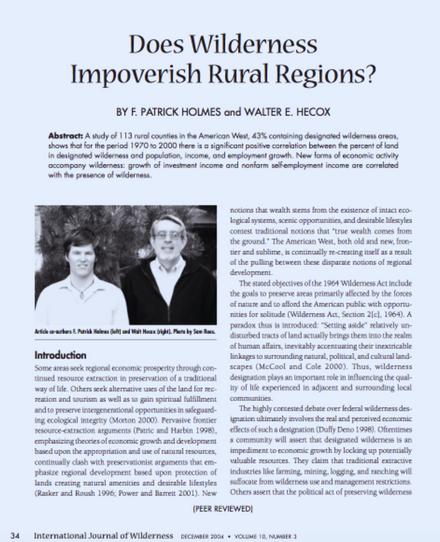 By Marco Barracchia '22 and Alison Mueller-Hickler '26
By Marco Barracchia '22 and Alison Mueller-Hickler '26
Patrick Holmes began his career in environmental policy and sustainability as the State of the Rockies Project’s first program coordinator. Through his involvement at Colorado College, he was able to continue his studies at the Yale School of Forestry; earning a master's in Environmental Management. At the State of the Rockies, he partnered with and analyzed different issues around public lands, wilderness areas, socio-economic opportunities in public land conservation, and public management. Different courses and experiences at CC guided him in his subsequent work in environmental policy and administration
Patrick vividly remembers courses at CC such as “Introduction to Sustainable Development”, where he spent time during his sophomore year in the San Luis Valley studying issues of economic development, climate management, and conservation, as well as courses that included field trips with water management in the Colorado River Basin. Walter E. Hecox Director of State of the Rockies at the time and he partnered on a research project called “Does Wilderness Impoverish Rural Areas?” which ended up being his thesis and published in the International Journal of Wilderness. In their research, they looked at whether wilderness areas had an impact on local economic prosperity. Classes at CC and his involvement with the State of the Rockies provided him with the skills to succeed after CC
Patrick feels that his undergraduate experience having had the opportunity to do fieldwork, give speeches, partner with Walt on different environmental research projects, and lead small student teams gave him the confidence and strength to undertake and navigate environmental world challenges after CC, including his competitive application to Yale and his most challenging work “ever done” with the USDA, managing and leading teams of the forest services (30,000 people). “I don’t think I could’ve done it if I didn’t have the field-work experience I had at CC through the State of the Rockies”.
“I had an interest in the Rocky Mountain Region, in the environment, and that shaped what I do until now. Those were impactful experiences [that helped] shape the pathway I ended up on. It gave me a great opportunity to participate in such research as an undergraduate, [gaining] public speaking [and publishing] skills, having the opportunity to be a team leader at the State of The Rockies to help manage student research, speaking with different policymakers and environmental workers, challenging people’s assumptions in the Region about what they know about their region and their backyard and expanding the research on the State of the Rockies was really impactful and inspiring ”
In fact, Patrick, after CC had a prosperous career in environmental policy, conservation management, and national-international project organization He most
Patricks' thesis written in collaboration with Professor Walt E. Hecox.
ANTHROPOGENIC | 11
recently served as Montana Governor Steve Bullock's Natural Resources Policy advisor, where he led a variety of policy initiatives with the Departments of Fish, Wildlife and Parks, Environmental Quality, and Natural Resources and Conservation. Patrick was the lead negotiator for a successful settlement at the nation's largest superfund site in Butte, MT, chaired the Governor's Climate Solutions Council, and represented the Governor on the Wildland Fire Leadership Council with the Western Governors'Association Before joining Governor Bullock's administration, Patrick was a senior advisor and Chief of Staff to the Under Secretary of Natural Resources and Environment at USDA (in Washington during the Obama Administration ) where he supported the Under Secretary and Secretary and led department-wide initiatives covering climate change, environmental justice, wildfire, conservation finance, and other issues impacting the US Forest Service and Natural Resources Conservation Service. He currently consults for a suite of public and nonprofit sector clients on climate and energy, wildlife, rural community economic development, and forestry.
Patrick shared his honor and gratitude for the experience he had at the State of the Rockies and where his leadership and research skills acquired during his academic/work exploration in the Rocky Mountain Region brought him and has been pleased to see that


the State of the Rockies program is still offering those experiences to students, preparing new generations of leaders, social changers and creative mindsets. The advice Patrick gives to current CC students is:
“Be knowledgeable about what’s happening in your backyard, get engaged. Find mentors and leaders you can learn from, and network with alumni that can guide you throughout and after CC and State of the Rockies The biggest advice is to go try some things that you think you like and go learn from somebody who you think you can learn a lot from Don’t hesitate to pick up the phone and call somebody who you might not know that might be able to help you in your academic, personal, and professional growth.”
When talking about reaching out to past alumni, Patrick Holmes shared his email (patholmes3@gmail.com) to connect with any CC student or alum who is interested in the environment and has a dream of creating a more well-informed, environmentally-conscious, and sustainable future.
Patrick Holmes and his child at Glacier National Park, July 2022.
ANTHROPOGENIC | 12
Photos by Tara Rice.
By Alison Mueller-Hickler and Nicole Craighead
Mapping the State of the Rockies
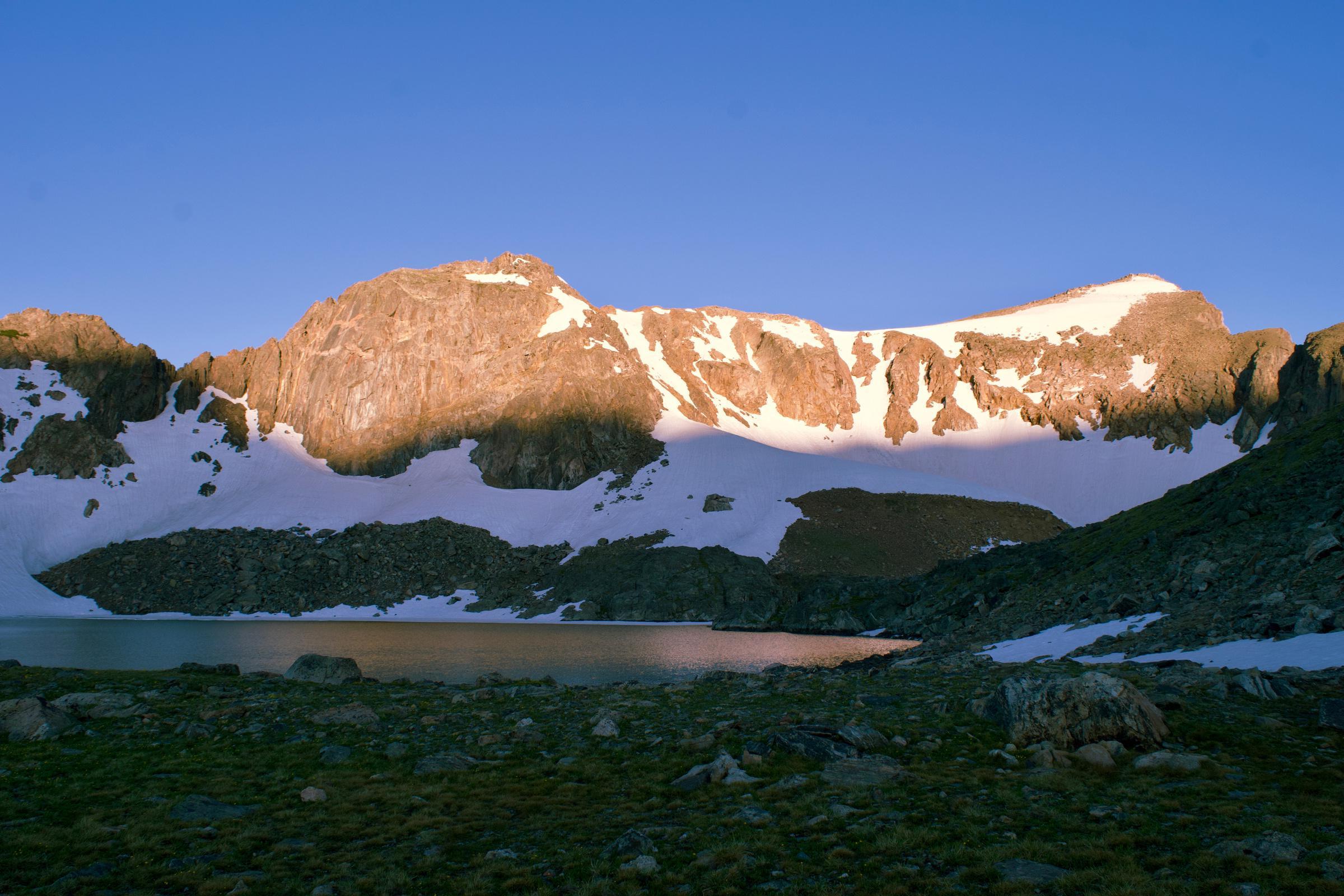
Using GIS: Matt Cooney
Matt Cooney is the Geographic Information System (GIS) director at the Colket Center for Academic Excellence. When Matt started at Colorado College, he ushered in a new age for the school by providing a mapping tool that could be used across all disciplines His knowledge and continued accumulation of technical and mechanical expertise have helped transform State of the Rockies by working with students, faculty and staff on a variety of projects.
Unlike other digital programs, the effective visualization of GIS helps transcend verbal communication because viewers can look at a map and understand the data despite educational and verbal barriers. The program also allows for a deeper analysis of areas of land and can clearly map changes over time.
One of Matt’s first projects at CC looked at the Western Urban Interface (WUI) between wild and residential lands in Waldo Canyon after the 2012 fire In collaboration with Alex Herros ‘18, Matt Valido ‘18, and faculty member Miro Kummel, they were able to study and provide recommendations to the city about erosion control Now, seven years later, Matt is returning to Waldo Canyon in partnership with State of the Rockies.
Here I am again,” Matt reflects, “Still doing Waldo, but with a brand new way to look at it ” He added it’s a “whole new project, whole new ideas, and [the] same region.” The revisitation of the canyon serves as a testament to the long-term capabilities of GIS research and its continued use in the future.
Spotlight
ANTHROPOGENIC | 13
Using this experience as a foundation, Hines and Hayward created CC's first Rockies-Journalism class in 2021 taught by Bruce Finley, writer for the Denver Post.
Hayward argues the research and polls become more powerful, disclosing information that would otherwise remain unknown to the public.

ANTHROPOGENIC | 14
Lake Dorothy, CO | Photo by Max Saliman '23
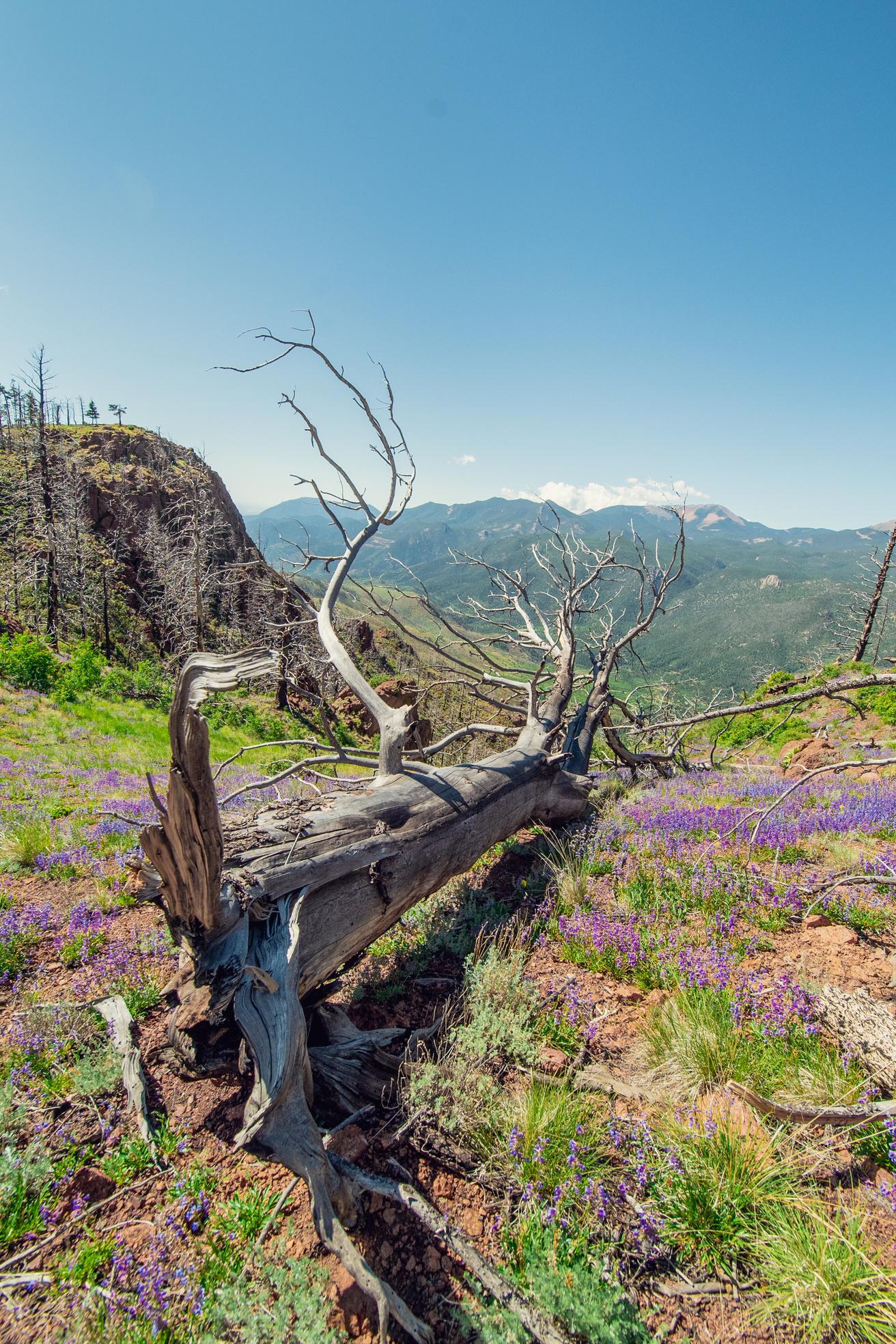 Waldo Canyon, CO |
Photo by Maren Greene '24
Waldo Canyon, CO |
Photo by Maren Greene '24
Fellows Updates
By Macy McCauley
From conference appearances to summer projects, the State of the Rockies fellows and interns have had a busy year. They traveled all over the state and beyond, and have big plans for what is next.
Project Presentation at MPSA Conference
2022 fellows Saigopol Rangaraj, Zoraiz Zafar, and Dova Castaneda Zilly showcased their work in Chicago at the Midwest Political Science Associate conference this spring
During the poster session of the conference, Rangaraj, Zafar, and Castaneda Zilly presented their project titled "An Overhaul of Fracking Policy in Colorado: A LocationBased Spatial Analysis of Policy Actor Positionality & Participation." The fellows remarked on past insightful conversations with scientists that probed their thinking and provided further opportunities to the group’s field of study. See following pages for the poster they presented.
2023 Project: Understanding Policy Debates on the Future of Hydraulic Fracturing and Abandoned Wells in the Rocky Mountain West

In the continuum of the 2022 State of the Rockies Project, Kat Miller Stevens and eight other fellows will be diving into the social implications of fracking in their project Understanding Policy Debates on the Future of Hydraulic Fracturing and Abandoned Wells in the Rocky Mountain West this coming summer.
Last summer, the fellows’ research followed a 2018 bill that imposed restrictions on Colorado oil and gas companies. Now, with a greater understanding of the policies, the group will hone into the social politics involved in the ruling Combing through the transcripts from the court case, the group noted 44 grassroots and local nonprofits in the nearby area that testified
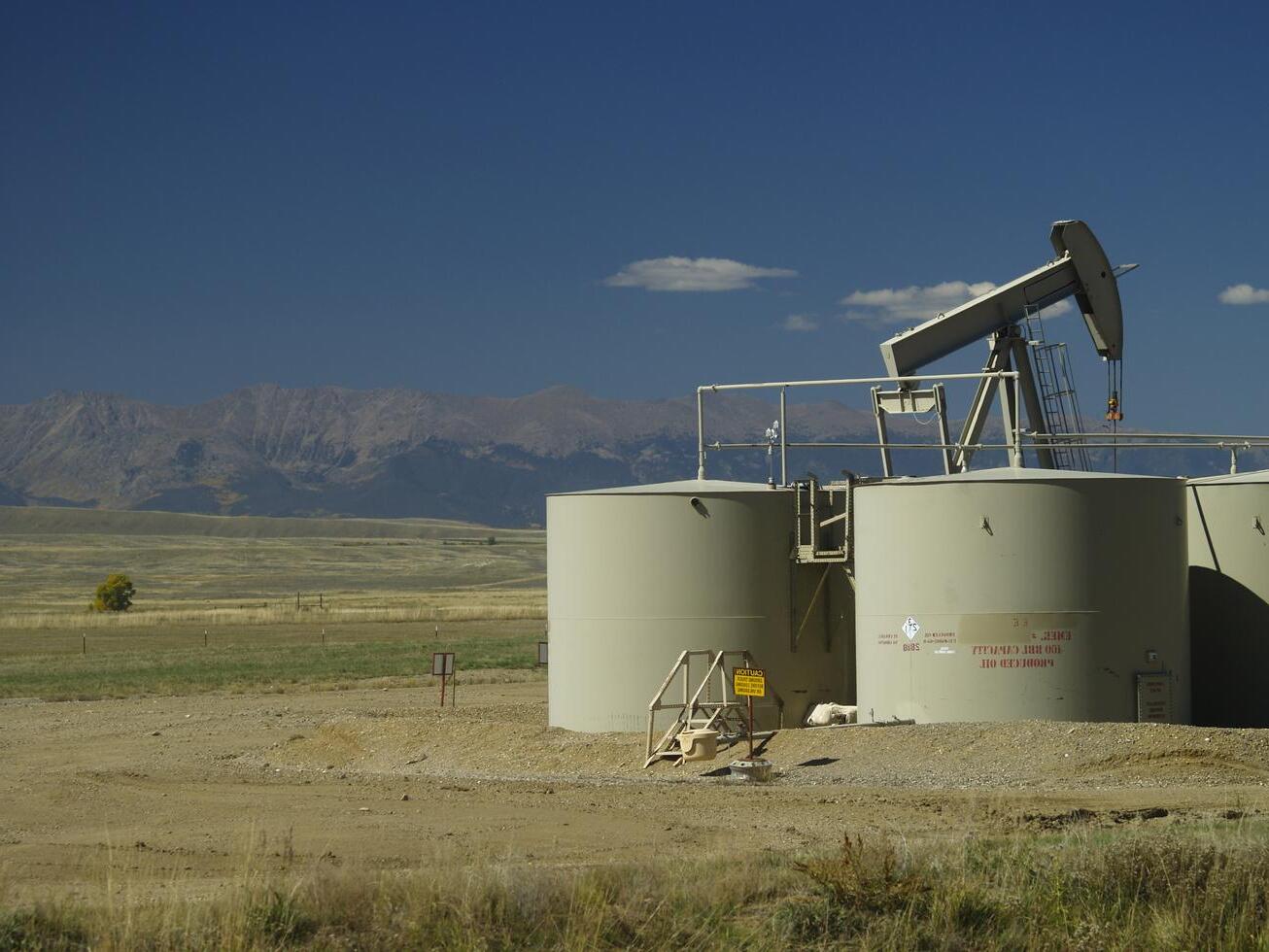
This summer, they will navigate the social justice narrative weaved throughout the case by examining the influence of these regulations on different socioeconomic groups. The testimonies explore critical conversations on fracking and its relevance to Colorado’s surrounding communities. Some individuals testified to the businesses providing them with work that, in some cases, lifted their families out of poverty. Others attested to the geographic ruin that fracking imposed, altering the land they depended on for supporting themselves.
In the coming months, the team is excited to expand the framework of sustainability to operate beyond environmental matters and into social ones
ANTHROPOGENIC | 16
Rig with oil tanks in Pawnee National Grassland, CO. Photo by Wild Earth Guardians, a New Mexico-based environmental nonprofit.
An oil rig in North Park, CO | Photo by WildEarth Guardians.
A Preliminary Analysis of Opinions on the Oil and Gas Industry through the Annual Conservation in the West Survey
Saigopal Rangaraj, Zoey Roueche, & Zoraiz Zafar
Colorado College State of the Rockies Project

The oil and gas industry has experienced unprecedented growth in the United States in the last 20 years, the result of increases in population and per capita consumption of goods However, this industry, in addition to fracking, is a complicated and often controversial topic because of the health and environmental risks associated with its practices. Thus, this study delves into the responses from 2018 to 2022 of the Conservation in the West Survey which aims to capture bi- partisan public opinions of registered voters in the Rocky Mountain West region on a variety of topics. Specifically, this study looked at whether respondents wanted the then-incumbent administration to focus on ensuring the safety and quality of the environment or on prioritizing domestic energy production It found that, overall, there is a greater support in the 8 surveyed states for focus on environmental issues than there is for domestic energy production through years 2018 to 2021, but that this support declines in states where fracking is legal and additionally declines in the year 2022, likely because of increased gas prices. Furthermore, the findings of this study indicate that female-identifying individuals are more likely to support focus on environmental issues over domestic energy production
• U.S. makes up 5 percent of the Earth’s population, but accounts for nearly 30 percent of its annual energy consumption
• In 2021, 60 8 percent of U S Energy came from fossil fuels such as natural gas (38.3 percent), coal (21.8 percent), and oil (0.5 percent) as the U S consumed an average of 19 78 million barrels of oil per day
• Increases in population and per capita consumption of goods have led to immense growth in the industry in the 20th century
• In 2000, there were 23,000 active hydraulic fracturing wells compared to 300,000 in 2015, an increase of 1,204 percent
• Fracking now accounts for over 70 percent of U.S. natural gas production and over 50 percent of U S crude oil production
FEDERAL POLICY 2009-2022
The Obama administration’s policies surrounding the oil and gas industry and fracking contained both regulatory and supportive measures:
•Vetoed the Dakota Access and Keystone XL pipelines
•Spent nearly 34 billion USD supporting over 70 fossil fuel projects around the world
•Set stronger fuel economy standards, increased clean energy generation (especially solar and wind), and set strict renewable energy and efficiency targets at the federal level
The Trump administration’s policies surrounding the oil and gas industry and fracking were overwhelmingly supportive rather than regulatory:
•Modified safety rules to allow for rail transport of highly flammable liquefied natural gas Ended environmental impact reviews of natural gas export projects at the Department of Energy
•Authorized oil and gas development in the Arctic National Wildlife Refuge in Alaska
•Made significant changes to many major national parks, especially in the Rocky Mountain West region, to allow for increased fracking, drilling, and mining permits on the federally-owned land
The Biden administration’s policies surrounding the oil and gas industry and fracking have worked to both combat the actions of the Trump administration, stimulate the economy amidst a global pandemic, and curb globally fluctuating oil and gas prices
•Eased oil and gas industry methane controls
•Boosted natural gas exports
•Lifted the E15 summertime ban
•Regulating the oil and gas industry and active fracking wells by disclosing chemicals used in fracking operations, strengthening industry cleanup requirements, and plugging abandoned oil and gas wells
•The U.S. is responsible for 14 percent of global carbon emissions, producing more than 5,416 million tons of CO2 annually
•Fracking is known to cause air and groundwater pollution, impacting plant and animal species (including humans, especially those who live close to such sites)
•The oil and gas industry has undeniably had adverse effects on the environment and has fueled the climate crisis the world now faces, but refuses to take the accountability and action needed to prevent this crisis from worsening
•Climate change will impact all individuals on this Earth, but will have disproportionate impacts on BIPOC (black, indigenous, people of color) communities and those that are socioeconomically
disadvantaged
ABOUTCONSERVATIONINTHEWESTPOLL
The Conservation in the West Survey is an annual poll sponsored by the Colorado College State of the Rockies Project and is conducted by New Bridge Strategy and Fairbank, Maslin, Maullin, Metz & Associates The poll aims to capture bi-partisan public opinions of registered voters in the Rocky Mountain West region. The states that are surveyed each year are Arizona, Colorado, Idaho, Montana, Nevada, New Mexico, Utah, and Wyoming.Respondents are asked questions relating to the conservation public lands, energy, water, wildlife, wildfire, and other pressing challenges in the region.
ANTHROPOGENIC | 11
METHODOLOGY
We looked at the responses the Conservation in the West Survey received in the five-year period from 2018 to 2022 The sample size was the same for all the polls conducted across the time period, with 3200 respondents surveyed annually. Furthermore, an equal number of 400 respondents were surveyed in each of the eight states We compiled a database which merged the responses received across this period. Then, we proceeded to look for questions that were the same or very similarly worded across all five editions of the poll Eventually, we decided to statistically analyze a question that asked respondents about their views on whether the federal government should focus on environmental issues or domestic energy production For most of the statistical and regression analyses, STATA was used as the preferred statistical software.

KEYFIGURES&FINDINGS
•The states that fall in the category of fracking states include Colorado, Montana, New Mexico, Utah, and Wyoming Conversely, the states that fall in the category of non-fracking states include Arizona, Idaho, and Nevada.
•Respondents from states with no fracking are more strongly in favor of focusing on environmental issues instead of domestic energy production.
•The gap between the two categories of states gradually increased from 2018 and 2021 After reaching its peak in 2021, the gap came down sharply in the 2022 survey.
•Support for focusing on environmental issues was consistently higher than support for focusing on domestic energy production in all Rocky Mountain states, with the exception of Wyoming

•Support for focusing on environmental issues increased throughout the 2018-2021 period before seeing a slight decrease in 2022
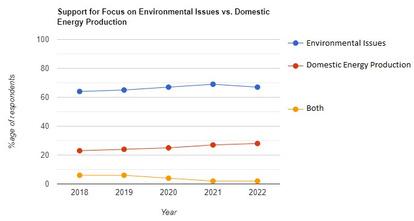
•Rising gas prices starting from the second half of 2021 could be most likely attributed to this decrease.
ABOUTSTATEOFTHEROCKIES
•For the year 2021, female-identifying and non-white respondents were found to be more likely to support focusing on environmental issues over bolstering domestic energy production
•The regression equation and table above depict our deployed model and the results of the logistic regression we ran with a binary dependent variable and two binary predictors.

Colorado College’s State of the Rockies project encourages students to explore critical environmental and social challenges of the Rocky Mountain West Through faculty-led research and out-of-classroom experiences, students gain an appreciation of the region’s physical characteristics and the impact of human land use activities while employing an interdisciplinary approach to finding balance between human activity and our environment.
Current Chair: Dr Kat Miller-Stevens, Economics & Business
ST
����������������=��+��1��������������������+��2������������������������+��1
2023 Faculty-Student Research Fellows
By Dr. Kat Miller-Stevens
This summer, eight fellows were hired to work with Dr Miller-Stevens and her collaborators on summer research projects
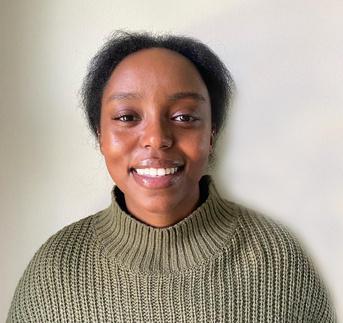
Sangay Mingyur, Ewan Henderson, and Layla Haji have worked on a project researching payments for water-based ecosystem services collaboratives Sangay and Ewan taken on the tedious task of finding and recruiting managers who work for these programs and are willing to take our survey Layla and Ewan have been working diligently on writing the introduction and literature reviews for the two papers we plan to publish from this research For this project, we have collaborated with Dr. Mark Eiswerth, an expert in environmental economics and former visiting professor at Colorado College who currently teaches at the University of Northern Colorado.
Charlotte Toogood, Willow Ma, and Layla Haji have worked on another project exploring emotions used as an advocacy tool to influence public policies related to the oil and gas industry in Colorado. All three fellows have contributed to analyzing data, collecting existing literature on this topic, and drafting an outline for the paper. For this project, we have collaborated with Dr. Jason Machado, a lecturer and nonprofit advocacy expert from the University of Colorado Denver. At the end of the fellowship, we anticipate two papers being submitted to journals for publication.
Zoraiz Zafar and Mustafa Sameen are working on a third topic related to public perceptions over the last six years of the oil and gas industry in the Rocky Mountain West. They are using six years of data from Colorado College’s annual Conservation in the West Poll to research public perceptions across time Zoraiz and Mustafa are using advanced data analytics to explore public opinions of fracking, prioritizing energy policy, and safety and quality of energy production At the end of the fellowship, a co-authored paper with former fellow Zoey Roueche will be submitted to a journal for publication
Finally, Sergio Hernandez and Willow Ma are working on a project exploring the impact of night light pollution since 2015 and its effects on human health, economic development, tourism, and biodiversity over time. Sergio’s work includes identifying research questions and conducting an extensive literature review on light pollution's impact on human health, in addition to identifying necessary datasets for the project. Willow has been instrumental in securing and analyzing crucial satellite night light imagery data. Dr. Guanyi Yang is leading this project as a Rockies collaborator. Dr. Yang is an Assistant Professor of Economics at Colorado College. Dr. Yang anticipates writing a co-authored paper for publication with Sergio and Willow at the end of the fellowship.
Meet the Fellows
Layla '24 is a neuroscience major from Denver, Colorado with a minor in anthropology. She is interested in exploring the climate crisis from a broader lens, and State of the Rockies allows her to conduct focused research in the Rocky Mountain region, a place she has lived her entire life. Layla's favorite activity to do on campus is spend time with her friends and working as an EMT.
ANTHROPOGENIC
19
|
Layla Haji
Ewan Henderson
Ewan '24 is an Environmental Science major from Boston, Massachusetts. He became interested in water and hydrology from his environmental science classes, so this project intrigued him as it incorporated a focus on the management and policies involved in these systems. On campus, Ewan's favorite activity is climbing at the Ritt Kellogg Climbing Gym!
Sergio '24 is looking forward to expanding his skills in the research field. He is from Denver, and plans on working around the Denver area post-college. As a business and economics major, he strives to contribute to research projects, and build up the knowledge needed to handle his own thesis projects. Sergio is a first-generation student and is dedicated to his academics and work, willing to do anything necessary to achieve his ambitions and goals. To him, this is just the beginning of a variety of contributions he plans to make.
Willow '24 joined States of the Rockies to enrich her research experience and improve her skills especially on data analysis. She hopes her work could also generate meaningful results for environmental policies.

Sangay '24 is a senior BeSoc major, History and Asian Studies Minor Water access and conservation is a huge issue in the village in Nepal his family comes from, and that is what made the State of the Rockies Project so interesting to him

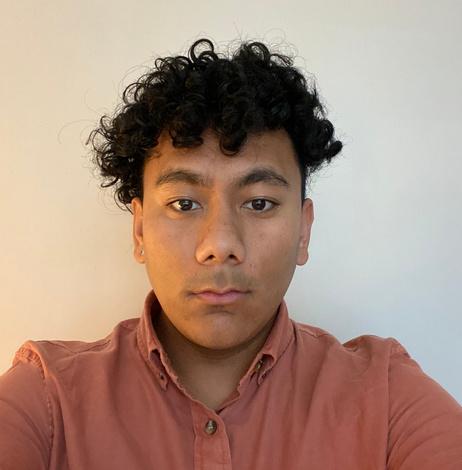
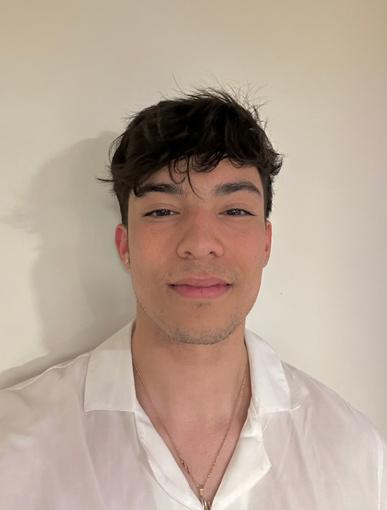
Zoraiz '25 is a Mathematical Economics major from Islamabad, Pakistan and Linkoping, Sweden As someone with as deep interest in the intersection of policymaking and economic analyses, Zoraiz finds the Rockies Project and the work they do to be incredibly exciting and practically applicable Furthermore, possessing aspirations to attend law school in the future, he thoroughly enjoys studying the quantitative socioeconomic implications of environmental legislation Zoraiz is looking forward to building on observations he made last summer while looking into the Conservation in the West survey reports. Zoraiz's favorite thing to do on campus is the sit on Preserve Hill on a warm summer night and appreciate the view of the Front Range.
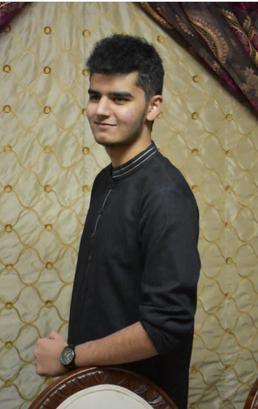
ANTHROPOGENIC | 20
Willow Ma
Sergio Hernandez
Sangay Mingyur
Zoraiz Zafar
Mustafa '25 is a Computer Science and Mathematics major from Dhaka, Bangladesh. He is fascinated by the ways which light affects everything from nocturnal wildlife to human health and, through his fellowship, find sustaainable lighting practices that benefit both the planet and the communities. Mustafa's favorite thing to do on campus is cooking and hanging out with the South Asian community
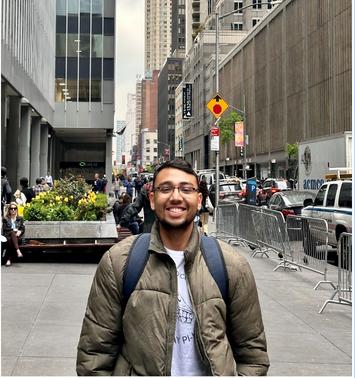
Charlotte Toogood
Charlotte '24 is an Environmental Science major from Paget, Bermuda. She is eager to understand the complexities of policy debates surrounding environmental issues in Colorado. The Rockies work is important to larger initiatives around the state and is a valuable opportunity to become involved in the field of environmental policy, a field Charlotte hopes to pursue. This summer, she is looking forward to expanding on the work her team did last summer to the socioeconomic and environmental impacts of fracking On campus, Charlotte enjoys playing intramural sports with friends and enjoying the sun on her apartment deck

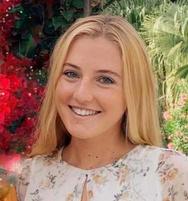
ANTHROPOGENIC | 21
Mustafa Sameen
Lost Creek Wilderness, CO | Photo by Sam Nystrom-Costales '25
The Watershed Project
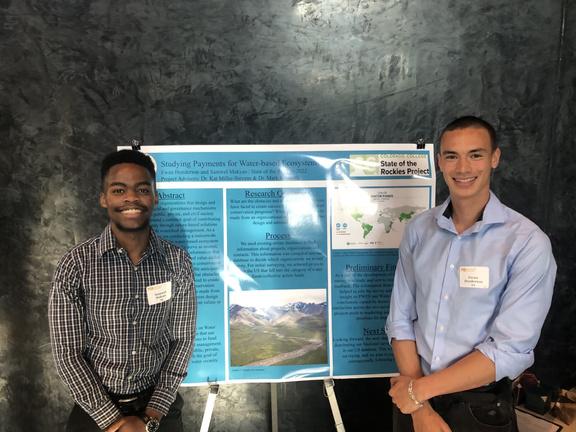 By Alison Mueller-Hickler and Kate Lee
By Alison Mueller-Hickler and Kate Lee
The State of the Rockies Watershed project started in 2022 with the goal of surveying the Watershed-based ecosystem services to understand the knowledge and value for the community of those who work at natural resource conservation programs Headed by Professor Katarina Miller-Stevens and Professor Mike Eiswerth in collaboration with Samwel Makyao and Ewan Henderson, a survey was created and sent to 50 different United States organizations.
The survey consists of questions about the type of work the organizations do, issues they identify and focus on, challenges they face as well as the opportunities they pursue. Additional questions regarding collaborations, structure, resource management, and work impact were also added.
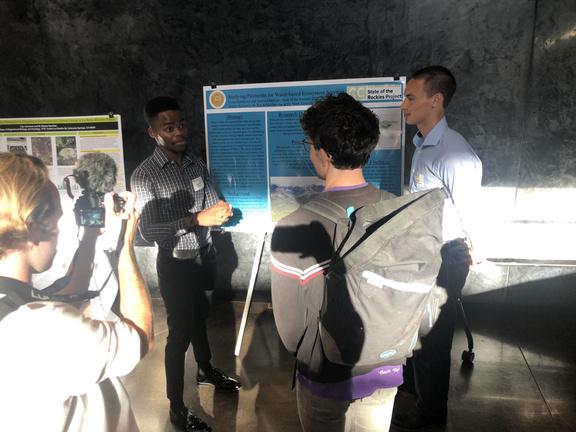
Currently, the project is working on collecting more data which is previewed by two abstracts written by Mark Eiswerth and Kat Miller-Stevens, Challenges, Opportunities, and Practices in Payments for Waterbased Ecosystem Services: Results of a Survey of Program Managers and Working Together: A Governance Perspective of Payments for Water-based Ecosystem Services Collaboratives, which were presented at the World Science Association’s annual meeting in April in Tempe, Arizona. The first abstract is for a publication that uses the survey data to analyze the growth of watershed investment and conservation programs that “represent alternative institutions and employ innovative approaches for protecting a suite of environmental attributes including water quality and quantity, natural habitat, biodiversity, and watershed resilience.” These programs include funding for instream buybacks, groundwater mitigation, and water quality credit training. The second abstract considers watershed stakeholders and their dependency on collaborative partnerships to resolve water conservation and environmental issues Specifically, this publication analyzes these partnerships by looking at internal governance structures and understanding their strengths and weaknesses
The student fellows, Ewan Henderson and the students in the Rockies Adjunct (Layla Haji, Sangay Mingyur, Jack Murdock, Winston Chodniki, and Charley Connolly) have been working hard to further the Watershed project through research papers developed on the topic of watersheds. Layla and Sangay will continue into the summer as Summer Fellows, along with Ewan. During the summer of 2023, the team plans to dive deeper into organizing the preliminary data this year along with gathering more organization responses.
ANTHROPOGENIC | 22
Samwel Makyao '25 (left) and Ewan Henderson, '24 (right) presenting their research findings at SCORE 2022.
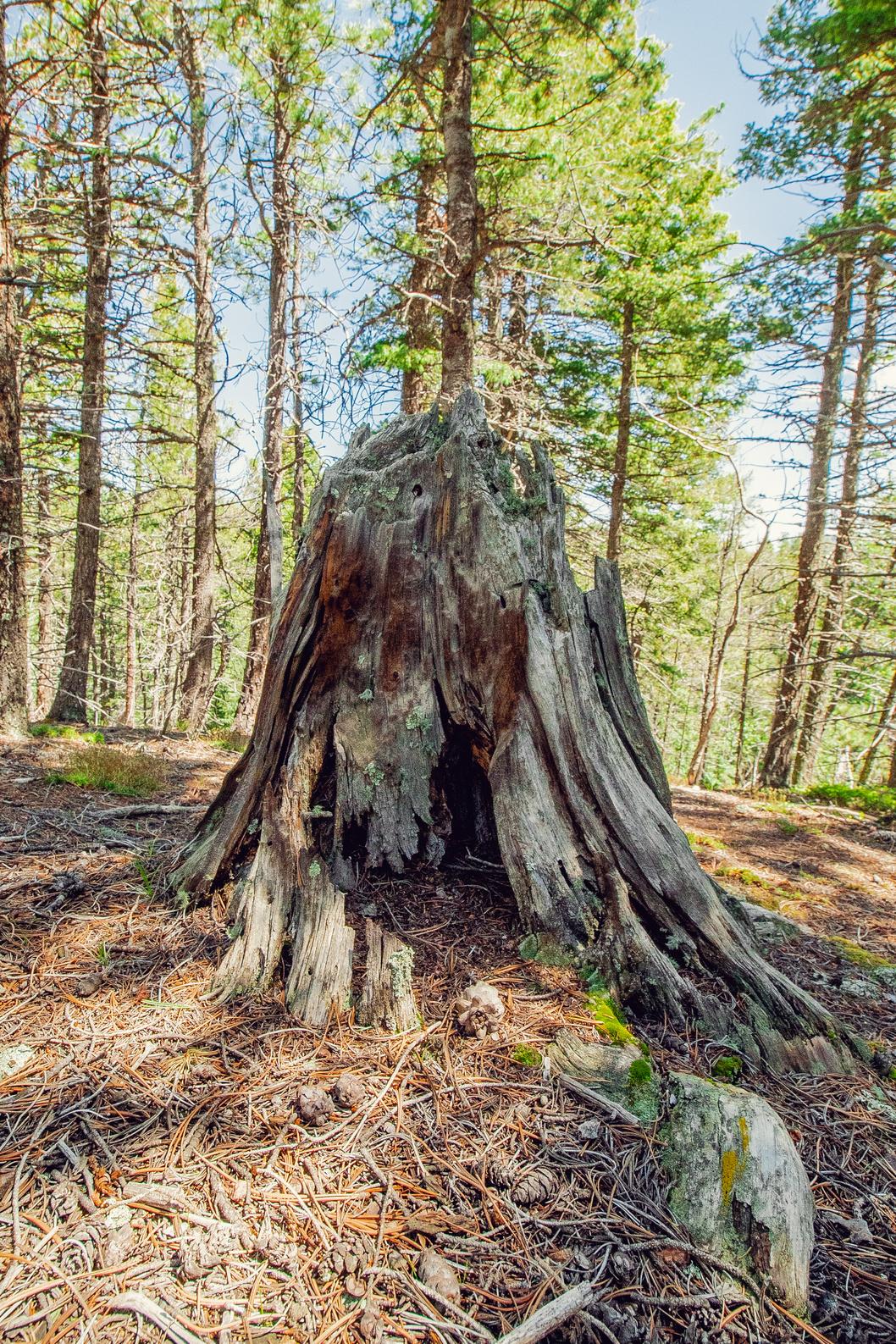 Waldo Canyon, CO |
Photo by Maren Greene '24
Waldo Canyon, CO |
Photo by Maren Greene '24
The "Think Tank" Approach
By Cyndy Hines
p j g p j g y / p the field, in the lab, and when interviewing and reporting, students apply their coursework knowledge, gain skills and practical experience, and consider how their work contributes to finding an equilibrium between human activity and ecosystem integrity.
Because art and science are inextricably intertwined, many of the projects we design require students to present research and use some form of creative expression disseminated across a variety of platforms, (e.g., GIS; radio, print, and electronic journalism; art and design, social media, photography). This approach to applied integrated design and research appeals to students from diverse backgrounds across many academic departments.
We recognize the importance of sharing research findings through academic and creative vehicles to increase the size of our audience and the diversity of our participants with the goal of motivating others to take interest and action.
Student-Led Summer Research Report
The re-establishment of a Ponderosa pine forest: a multi-scale retrospect of the Waldo Canyon fire, CO
Recent research indicates historic climatic and ecologic conditions that support the establishment and survival of Pinus ponderosa, Ponderosa pine, are shifting, in some cases rapidly and drastically, leading scientists to believe that this species may be disappearing from some of its evolutionary range Forest fires in the Rocky Mountain West now burn hotter, more frequently, and consume larger amounts of forests
We are using GIS (Geographic Information System) and quantitative plant ecology field techniques and analyses to collect data in 8 sites in the day-one burn area where the fire burned the hottest We are interested in mapping the success of Ponderosa pine regeneration in these locations after the fire. Presence or absence of Ponderosa pine in Waldo Canyon
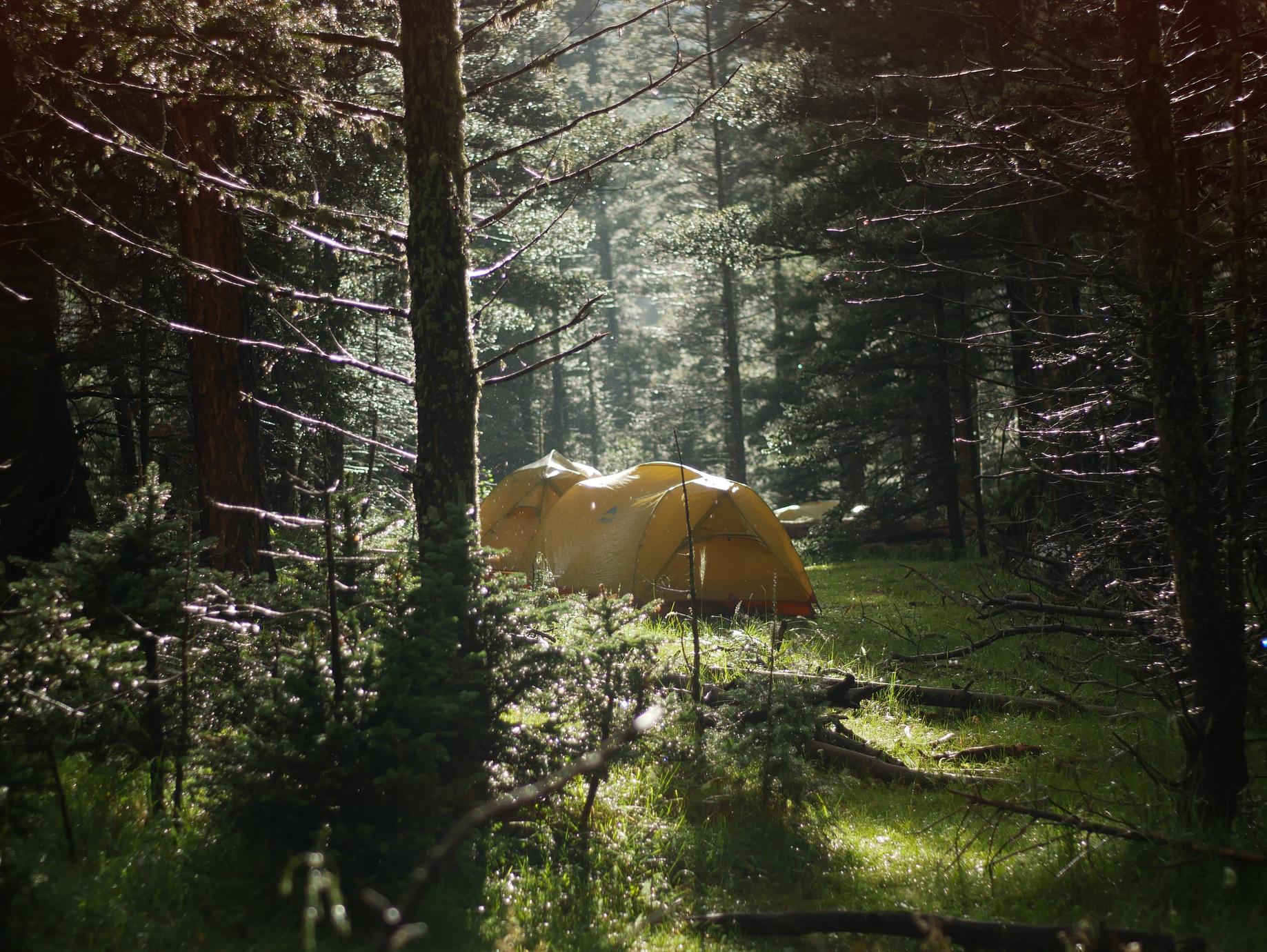
Student-Led
ANTHROPOGENIC | 24
Research
Wet Tents |
Photo by Eric Ingram '23
following fire may indicate whether the long-term survival of this species is likely and what a disappearance of this species from the landscape may mean in a region with a rapidly changing climate regime exacerbated by the growing popularity of living in the Rocky Mountain West.
Adventurous Spirit Films
With help from CC’s film and media department, our team of student and recent alumni filmmakers are producing a short film, Precipice, set in a dystopian world of environmental inequalities and despair The students are making the movie to encourage the audience to contemplate our responsibility for finding balance between human activity and our impact on the planet Taking the roles of professional directors, scriptwriters, photographers, and sound producers, students are working with a 2012 CC alum to create this short work from start to finish. The film addresses the psychological challenges of adapting to the threats of future climate conditions.
A free campus screening will be held in the spring of 2024. The team plans to enter the film in several regional and national film festivals this winter and spring.
Dark Skies Projects and Public Lands Visitors Dark Skies Survey
Disappearing starry skies are a concern for most voters polled in the 2023 State of Rockies Conservation in the West survey. Why does seeing stars at night matter to 70% of western resident voters in the Rocky Mountain West?
Most of us sense a visceral connection to the stars above but are unaware of the basis of our affinity. Researchers of early human history and religion believe being starry-eyed for the Cosmos is fundamental to being human. Scholars understand our desire to gaze into the night sky to be a connection made deep in our ancient past. Perhaps it is because our biophysiological rhythms of sleep and wakefulness are triggered by the onset of night, the time for repose, and the dawn of day when our bodies gather energy from the sun so we can perform the necessary biological functions of life Maybe it is that somehow, we know life on earth is inextricably tied to the Cosmos because we are made of the same elements: carbon; nitrogen; oxygen; iron; and nickel
Humans evolved as diurnal beings performing most of our activities during daylight hours and resting at night As human consciousness developed, we became aware of life itself. A sense of wonder led curious ancient humans across land and sea in search of life’s origin and purpose and the desire to see and understand the physical world and our connection to it.
Historians of early humans believe societies were indissolubly aware and connected with the Cosmos and cosmic cycles. At the core of most archaic societies is a “sacred history” of creation stories inherited from the ancestors. It is this “history” that ancient cultures repeated indefinitely through acts organized by supernatural (cosmic) beings or mythical heroes, a god, a hero, or an ancestor. Preserved in myths and paradigms are the models for all the necessary activities early humans enacted to periodically re-create the colossal events that occurred at the beginning of time, shaping the religious ideology of our ancestors.
The significant role of the Cosmos in human history is evident in early art forms. Studying these ancient artifacts reveals the importance of night skies in our past and sheds light on what our decoupling from cosmic rhythms may mean for life in the future.
What can we learn from these ancient artifacts about our connection to the stars? How did our relationship to the stars shape our minds and increase our odds for survival? To what extent has the night sky remained at the center
ANTHROPOGENIC | 25
of modern society? Does our post-modern relationship to the stars exist only in our history? How is our ancient connection to starry skies expressed through art today? How has the depiction of night skies influenced modern humans to perceive the night skies of the West?
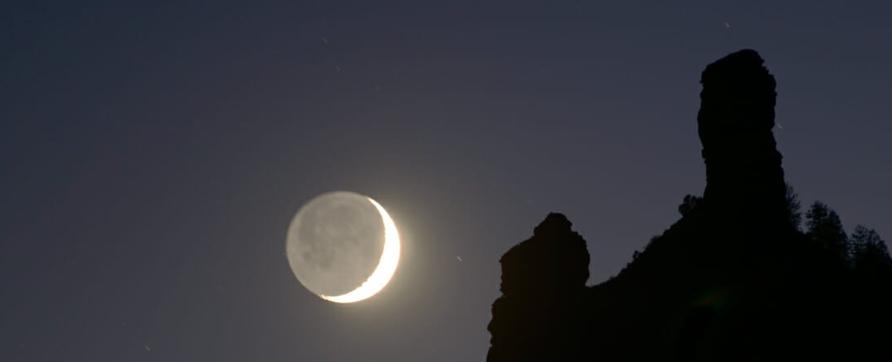
This summer, a State of the Rockies student researcher is exploring several national and regional art museums and meeting with art historians and curators in search of modern evidence of art as an expression of our complex relationship with the Cosmos. We are researching the topic of night skies in contemporary art (1850’s-today) of the West. We aim to determine whether starry skies were and are a subject in regional art and if modern artistic depictions of starry skies play a part in maintaining our ancient connection to the stars.
We are implementing phase 2 of our Public Lands Visitors and Dark Skies survey. Our student research field team set out this summer to expand our dataset on who, how, and why people visit public lands. Using a journalistic approach to interviewing, residents and park visitors in the 8-state Rocky Mountain region were asked to what extent access to national public lands and the ability to see starry skies are important conservation and economic concerns. We are particularly interested in including in the second phase of this project, the voices of Indigenous Peoples whom we recognize and value as the source of original knowledge We intend to share our research findings with conservation and policy decisionmakers
Guided by Economics professor Guanyi Yang, student-led projects are underway this summer exploring whether and how light pollution in the night skies of the Rocky Mountain West interrupts life The students are studying the influence of light pollution on the biological health of newborn humans and behavior patterns in Big brown bats, Eptesicus fuscus, to deepen our understanding of the vital role dark skies play in life on earth.
Happy Summer!
Cyndy Hines
State of the Rockies Project Specialist + Research Director
c
Moon watching at Chimney Rock National Monument, Colorado. Photo by Mesaverdevoices.com. Ancient Puebloan peoples used the twin spires to map the lunar and solar events. With precision they could predict solar and lunar cyclic events that helped shape and maintain their ceremonial and agricultural calendars.
ANTHROPOGENIC | 26
Going Public with the Poll: A Conversation with Public Lands Visitors
By Alison Mueller-Hickler
This summer, the State of the Rockies’ Public La Survey team has started its second year of research L by Cyndy Hines, the goal of this project is to intervi visitors of some of the most popular public lands in t Rocky Mountain West region and compare our findin with the Conservation in the West Poll. The surv questions investigate individual characteristics of pa attendees, how they recreate in the parks, attitud toward climate change, and other conservation topi This year, the concept of Dark Skies and the importan of being able to see the night sky is added to t questions to expand the extent of attitudes and concer addressed in the Poll.
This past block, the PLS team has hit the ground running working to develop the interviewing skills needed to be successful in the field and have been enthusiastically scheduling their trips during the summer To develop these interviewing skills, the five student interns have been working with Corey Hutchins of the CC Journalism department While having fun practicing approaches and phrasings, I observed the frustrations of interviewing One of them being the amount of thought needed to conduct an interview as the balance between getting an answer is usually dictated by what a person is doing or certain words discouraging participation in the poll. We have learned that interviewing is truly an art that is much harder than it is thought to be. The trip planning has involved discussion around sense of place, and researching the area and the people who live there.
Meet the Team
This year, we have decided to visit some Heritage events to gain a better and more complex understanding of the lands we are researching and the ways conservation issues affect them.
This summer, I followed the Public Lands team as they visited a wide range of public lands in all of the Rocky Mountain states, including Mesa Verde National Park, and Chimney Rock and Four Corners National Monuments. I have been documenting our experiences in the field to write a piece for the Fall 2023 edition of the Anthropogenic magazine about the team's bonding, difficulties, and evolution from the start to the end of summer
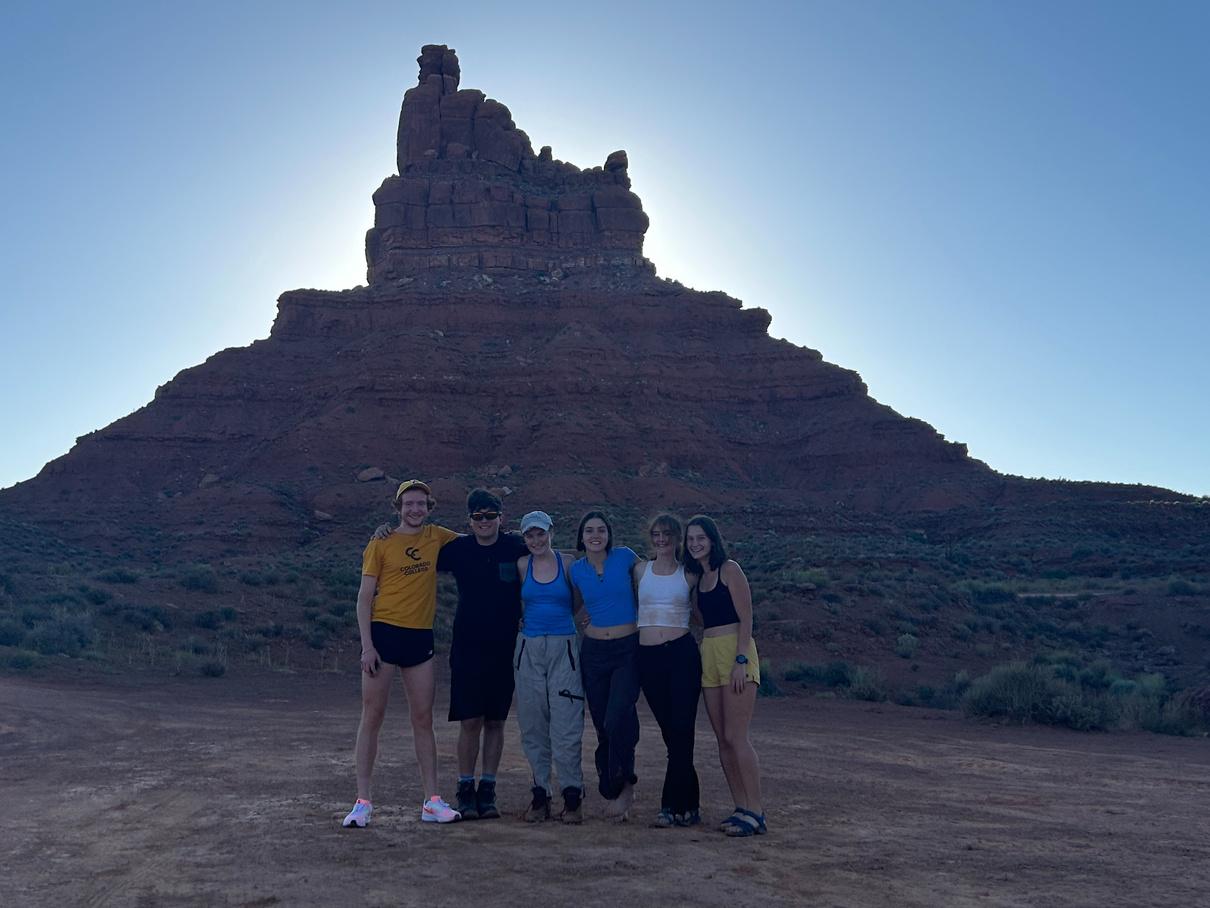
Our first trip was from June 16th to 20th where we visited multiple locations in the area surrounding Westcliffe, CO to begin our research and to learn from Bruce Finley, a reporter for the Denver Post
Corey Hutchins is the co-director of the Journalism Institute at Colorado College. His work has appeared on the cover of The Nation, The Washington Post, Slate, The Daily Beast, and The Texas Observer, among others Corey Hutchins started working with State of the Rockies last year by teaching the Public Land Survey team how to use the journalistic method in the field He joined the Public Lands Team because it is a great opportunity for students who are interested in putting their journalistic research and interviewing skills into practice in some of the most beautiful places in the West
 Corey Hutchins
Corey Hutchins
ANTHROPOGENIC | 27
Liam, Jesús, Brigitte, Nathalie, Lily, and Alison in front of Lady in the Bathtub at Valley of the Gods, Utah. Photo by Cyndy Hines.
Brigitte Arcoite
For most of her childhood, Brigitte '24 knew no connection to our natural world as she had grown up in a relatively dense metro area in Norwalk, CT This all changed when she was introduced to a small state-funded wilderness therapy-like program tucked away in the woods of northern Connecticut Brigitte's rigorous involvement in this reciprocal environment helped her discover her passion for environmental advocacy alongside a community-engaged approach She is eager to explore this passion in a new way alongside State of the Rockies
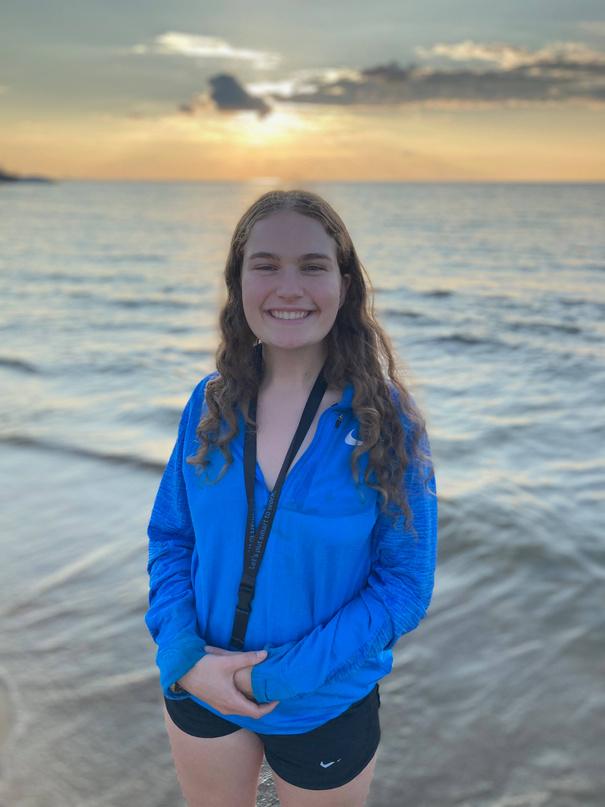

Lily ‘26 is from Berkeley, California and pursuing an organismal biology and ecology major. She is interested in human interactions with the natural world and minimizing our impact on different ecosystems. The dark skies public lands survey is a combination of her conservation and journalism interests and an opportunity to form a qualitative understanding of recreation and conservation in the Rocky Mountain west
Jesús '25 is studying Geochemistry at Colorado College. He was born and raised in Venezuela; moved to New Mexico, for boarding school at UWC-USA. He has played tennis for about 14 years and loves backcountry activities, particularly backpacking. Jesús' not-socommon hobby is Archery. His research interests vary from Geopolitics to Stable Isotope Geochemistry and Trace element Biogeochemistry. He intends to use his individual research opportunity in the Dark Skies Project to study the effectiveness of Wilderness Areas as conservation-designated land or Isotopic Tracers of the impact of humans in federal lands.
Liam '25 is a rising junior from Chapel Hill, North Carolina. He enjoys running, hiking, and spending time outdoors. His interest in conservation was sparked by spending time in the beautiful mountains of Colorado. He plans to major in economics and is excited to work as part of the State of the Rockies project this summer.
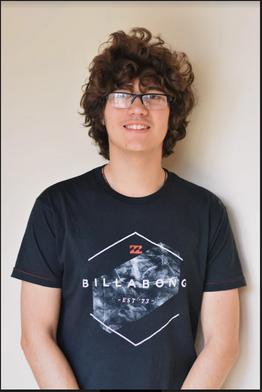

Nathalie
 San Fratello
San Fratello
Nathalie '25 is a second year from the city of Chicago. As a Design Studies major and Feminist and Gender studies minor her interests combine studying art with a social purpose, fashion, and conscious consumption. Her extracurriculars include being Fashion Club and B-Side president where she mainly organizes events for students to share their artwork. In her free time, personal passions include upcycling fabrics and materials, walking, exploring, and yoga. She is looking forward to working on the Dark Skies and Public Lands Research team, as she pursues field interviews relating to conservation in the West, sustainability, and natural textiles.
Jesús Lara Rivas
Lily Frost
Liam Mullen
ANTHROPOGENIC | 28
Public Lands Survey Team Individual Projects
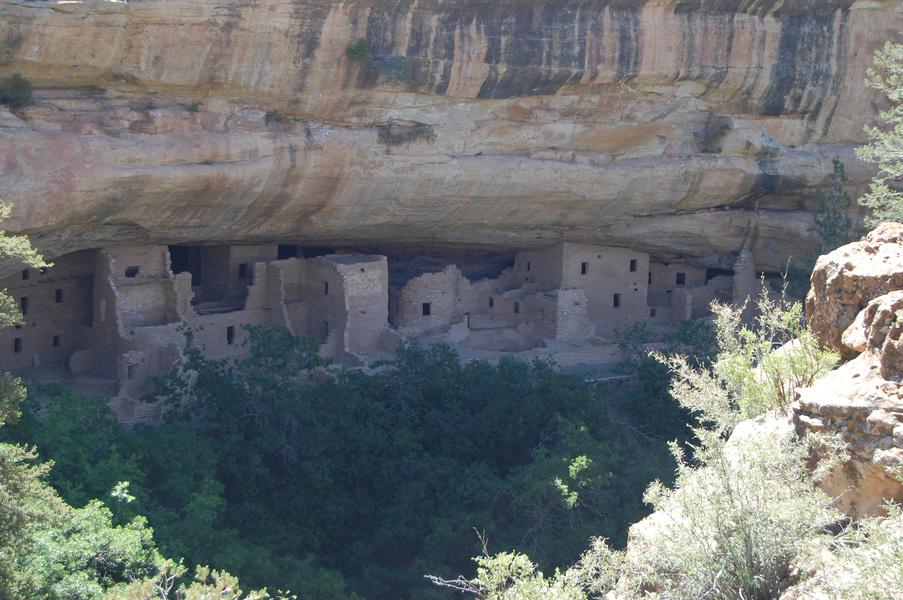
Brigitte Arcoite
Brigitte is interested in educating herself and others about diversity in the outdoors. This desire is inspired by her experience growing up at a state-funded wilderness education program that offered children involved with the state both criminally and in the foster system the opportunity to get outside. Coming to Colorado College and its extension of the already exclusive outdoor culture, she experienced a culture shock at the way the outdoor education program operated. While well-funded and endowed with strong participation, the lack of attention to making the space more accessible to underrepresented voices was apparent.
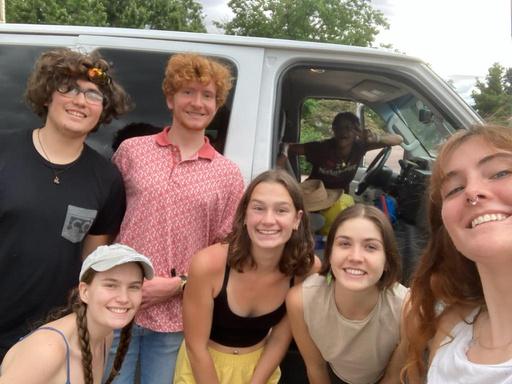
In this project, Brigitte’s hope is to travel across the Rocky Mountain West to further inform our understanding of public perceptions about the importance of inclusivity in outdoor recreation Using the Conservation of the West Poll as a reference, she hopes to expand and emphasis on hearing new ideas and perspectives about how things might be done Furthermore, while the data provides information on perceptions of childhood outdoor education and inclusivity separately, it lacks in combining those two perspectives In this project then, I will pay particular attention to programs focused on increasing accessibility to adolescents, seeking out conversations with participants and/or directors of outdoor education programs across our survey area.
Brigitte’s current goal is to share a piece of journalism that captures the dialogues she hopes to have while having conversations with recreators out in the West. A model for this Deeyah Khan’s films “White
Right: Meeting the Enemy”
and “Jihad: A Story of the Others” whose work has tackled the popular perception of extremism. Another idea, she is interested in is transferring her work into an experiential outdoor expedition. The goal would be to incorporate some of the ideas and understandings that she has gathered over the course of this research into an outdoor education trip that purportedly seeks to address issues of inclusivity in the outdoors.
Lily Frost
For her individual project, Lily wants to explore people's emotional response to being outdoors and their connection to the land, particularly with experiences of awe and transcendence and the possibility of spiritual and prosocial outcomes. She is interested in talking to people about moving aesthetic experiences of their past and present by visiting beautiful and aweinducing locations while also considering concepts surrounding Dark Skies conservation. Her final product will be in visual media format, either a series of photos or a video.
Spruce Tree House at Mesa Verde National Park. Photo by Alison Mueller-Hickler.
(Left to right) Jesús, Liam, Cyndy, Brigitte, Alison, Nathalie, and Lily.
Photo by Lily Frost.
ANTHROPOGENIC | 29
Jesús Lara Rivas
Jesús’ project will compare and contrast geochemical and economic indicators of human impact on the natural landscapes of the National Parks of the Rocky Mountain region His primary goal is to answer the question: To what extent do human activities surrounding the National Park Industries diminish land preservation and cause negative effects in the surrounding environment?
Using problems with infrastructure, visitor capacity, water, air, land contaminants, and damage to the local economies surrounding these big parks as resources, Jesús has created a hypothesis that the National Park System and infrastructures both within and surrounding the parks were never designed to support millions of people over short periods of time over short timescales. Jesús intends to publish a research paper on his findings. He is hoping to review existing literature, and interview park employees and officials, as well as residents and locals of the areas surrounding the parks.

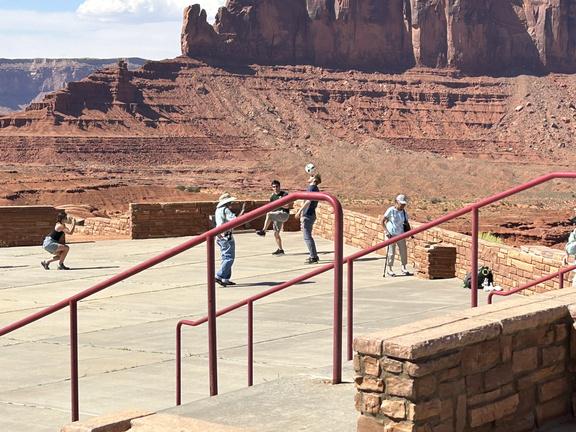
Liam Mullen
Liam’s project is going to use a survey designed to obtain both revealed preference and contingent behavior data for each respondent in regard to dark skies The revealed preference aspect, which includes questions about current visits to dark sky areas, will be used to get an idea of individuals’ current usage of dark skies areas The contingent behavior aspect, which focuses on how peoples’ visits to dark sky areas would change if light pollution increased, will be used to approximate how these peoples’ usage would change if there was more light pollution specifically if the dark sky area no longer had greater visibility than a person’s home The two types of data for each participant will then be compared to see how much peoples’ behaviors would change in response to a loss of dark skies. In turn, the differences will be analyzed to give an approximation of how much people value dark skies.
Nathalie San Fratello
Nathalie’s project is currently titled, Personal Connection to our Dark Sky, and will aim to discover how much and in what ways people feel connected to dark skies and the issue of light pollution Is it emotional, physical, or spiritual for them?
What does being able to interact with the night sky provide for people? What have they lost? By engaging in questions based on personal and lived experience, Nathalie hopes to compile more knowledge about the importance of human connection to the sensory, physical, and spatial act of living. She is hoping to speak with people who have personal rituals, traditions, and practices that they are willing to share which keep them close to the earth and sky. Who has the most passionate connection to our skies and why? How do they sustain this connection despite light pollution? Overall, she will explore her own personal appreciation for present moments, human expression, the physical, and tactile importance of the physical world around us.
Left: Visitors play soccer at Monument Valley Tribal Park Visitors Center, Utah. Photo by Cyndy Hines.
Right: Alison and Liam at Chimney Rock National Monument Visitors Center, Colorado. Photo by Cyndy Hines.
ANTHROPOGENIC | 30
Across the Rocky Mountain West with the Public Lands Survey Team
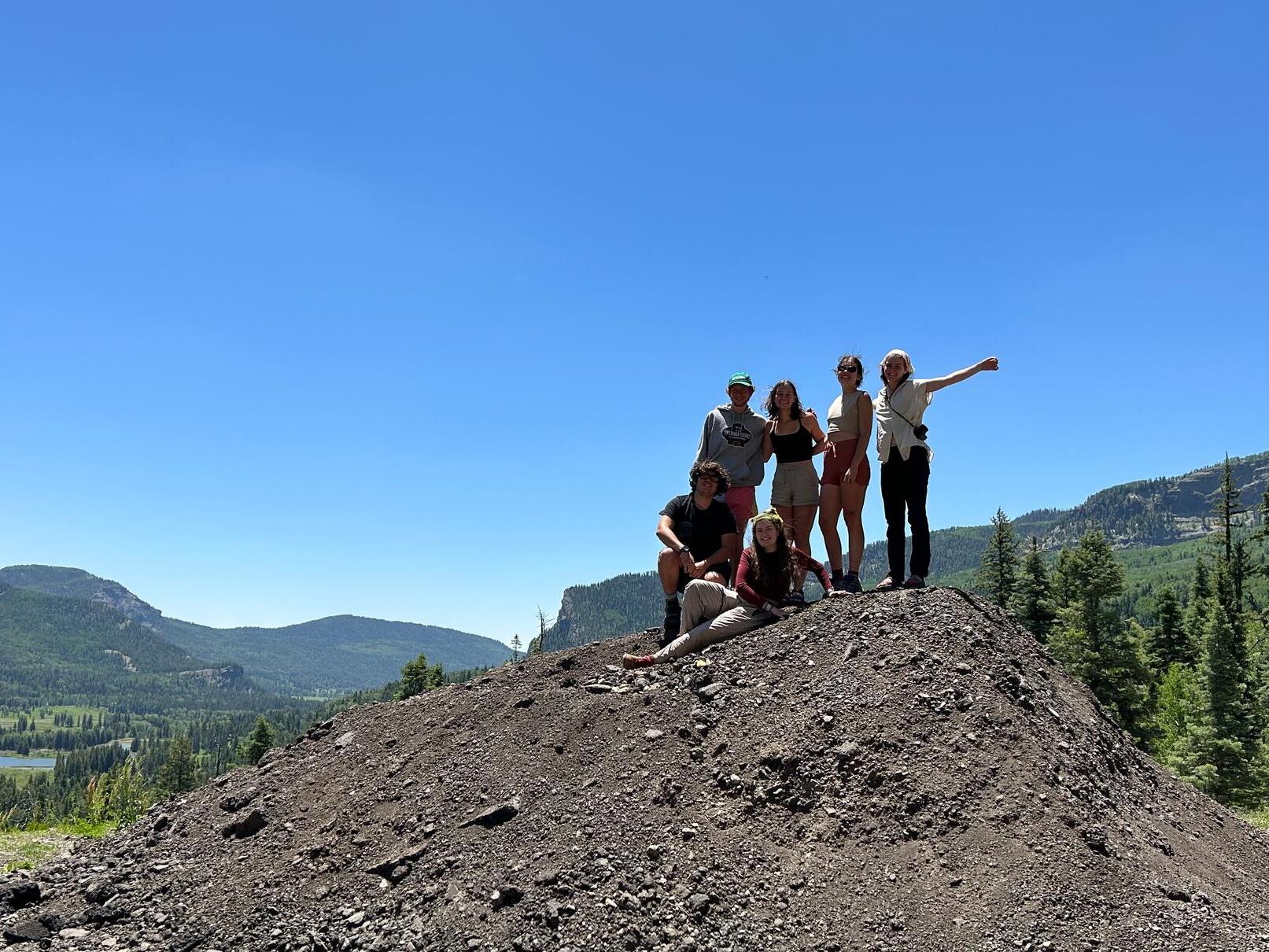


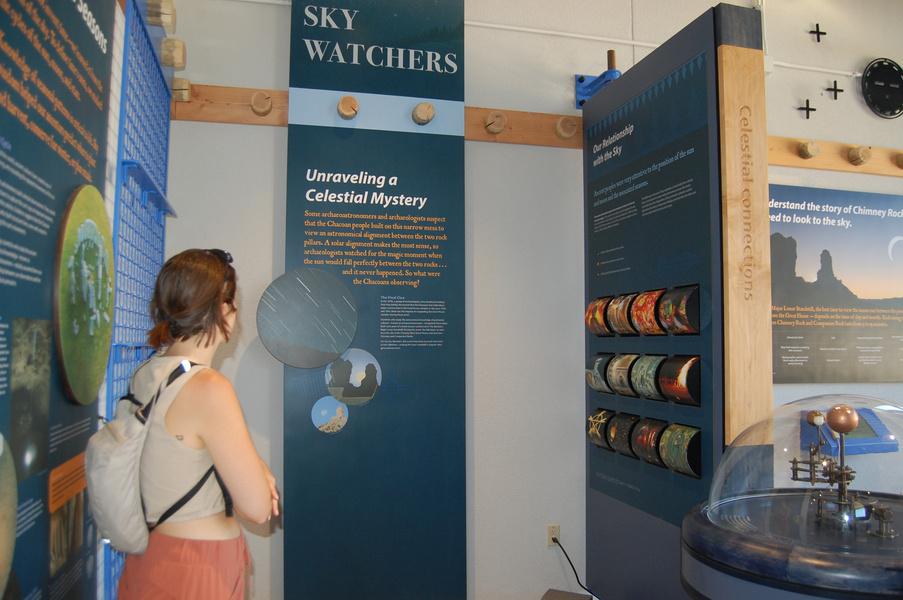
 The PLS Team at a viewing point in Wolf Creek Pass. Photo by Cyndy Hines.
Photos by Alison Mueller-Hickler
The PLS Team at a viewing point in Wolf Creek Pass. Photo by Cyndy Hines.
Photos by Alison Mueller-Hickler
ANTHROPOGENIC | 31
Clockwise from the top left: 1) Nathalie looks at an exhibit inside the Museum at Chimney Rock National Monument. 2) Jesús, Liam, and Brigitte debrief after a series of interviews at Chimney Rock . 3) Liam on aux in Utah. 4) Lily with a beetle she found at Chimney Rock.
CC AFTER DARK
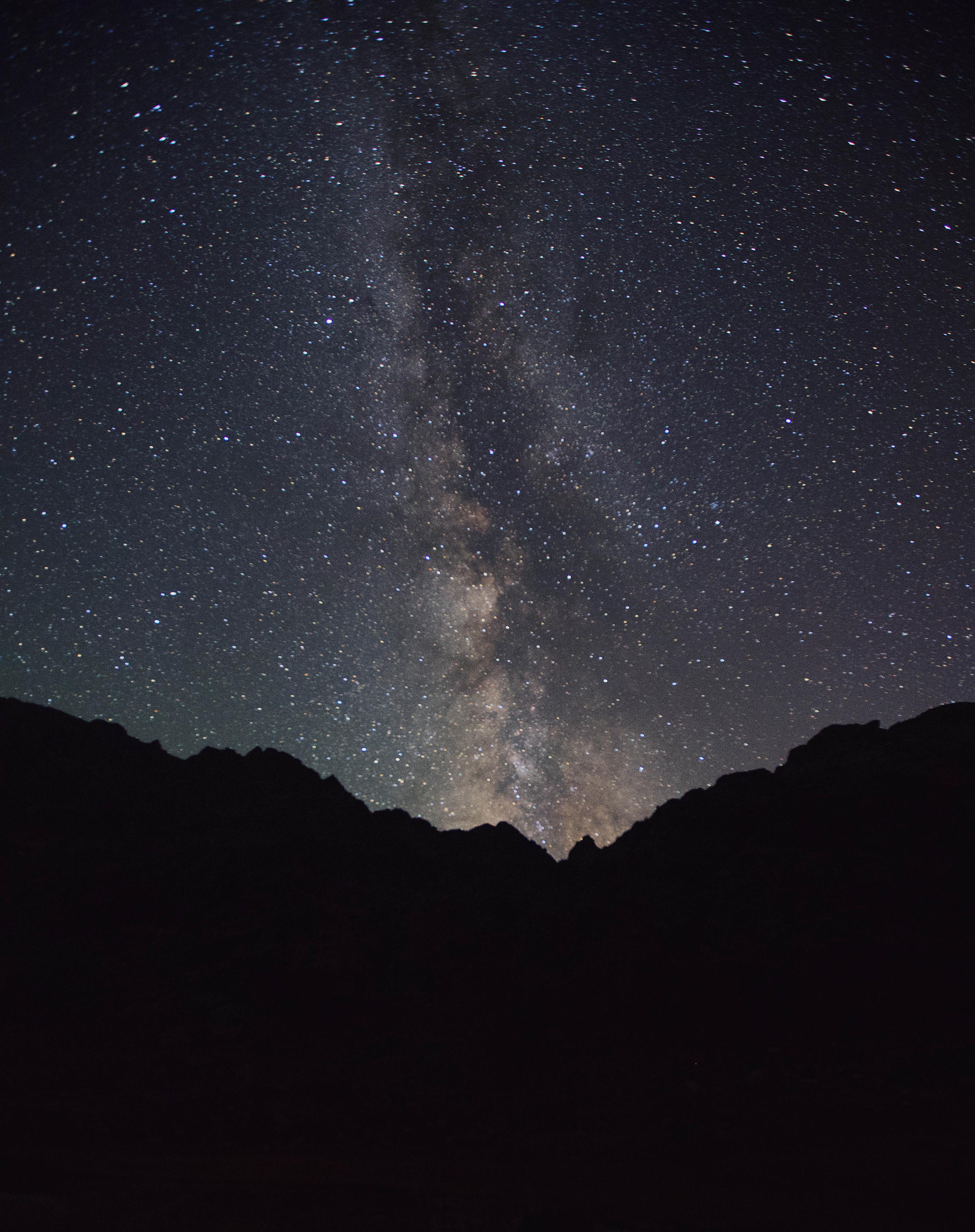 Strawberry Lake | Photo by Katherine Beard '24
Strawberry Lake | Photo by Katherine Beard '24
THE DARK SKIES TEAM
 Arches National Park |
Arches National Park |
ANTHROPOGENIC | 33
Photo by Ollie Beland '25
Dark Skies Team Personal Projects
Sergio Hernandez
For Sergio’s personal project, he will be working in collaboration with Dr. Guanyi Yang to look at how light pollution impacts infant health. During their research they found a notable gap within the economic literature regarding the specific effects of light pollution, as most publications research the effects of air pollution. Using this as reference, Sergio will be looking for a correlation between urbanization and infant health.
The scientific research presented in “Light Pollution, Sleep Deprivation, and Infant Health” by the Southern Economic Journal, presents issues such as artificial light at night disrupts the circadian rhythm and suppresses the production of melatonin, leading to adverse health effects which they can look at more closely This reference article uses private geographical data from the New Jersey Department of Health to complete their study, where they do in fact, find a positive relationship between the amount of light pollution in the sky (what percentage of the sky we can see) and negative health effects on babies such as a reduced birth weight and a shortened gestational length. Although their findings are intriguing, they must be expanded to encompass more than a specific area of New Jersey, in order to have more conclusive results. With that said, the team is currently working on a request application to send to the CDC, which would grant them access to a variety of geographical variables and zip codes that are way more specific than just the state the mother gave birth in.

Southern Economic Journal
January 2021
Natalia Segovia
Natalia’s personal project will be focusing on how light pollution affects the foraging behavior, reproduction, and survival of big brown bats. Natalia began her research by investigating how light pollution affects bats in general. One particular article conducted an experiment which placed bats in both lit and unlit areas. The general trend was that bats in lit areas tend to do worse than the bats with unlit areas. However, depending on the species, being in an lit area was an advantage. For fast-flying bats lit areas were an advantage, they are able to eat the moths that are attracted to the artificial light. But for slow-flying bats the lit areas were a disadvantage, since they cannot fly as fast the light disturbs them more. Researchers concluded that the disruption of animal spatial behavior can decrease energetic gains
Big Brown Bat in Light Polluted Area. Photo via greathallow.org
and increase costs by increasing flight time and stress and cortisol levels, which may in turn reduce survival and reproductive success. She also read a literature review that was published in 2021 called “Illuminating prey selection in an

ANTHROPOGENIC | 34
insectivorous bat community exposed to artificial light at night.” The article discusses the problem of light pollution, then moves to discuss the effects of light pollution on bats. Bats are nocturnal animals, and they rely on darkness to hunt and navigate. Light pollution can disrupt their behavior in a number of ways. For example, it can make it difficult for them to find food, and it can disorient them when they are flying. The article also discusses the potential consequences of light pollution for bats. Light pollution could lead to a decline in bat populations, and it could also increase the risk of bathuman conflict The article concludes by calling for more research on the effects of light pollution on bats, and for the development of mitigation strategies to reduce light pollution and protect bats More research is needed to understand the full extent of the impact of light pollution on bats
In her research, Natalia, will gather more information from the Colorado Park and Wildlife to examine bat activity in connection to light pollution in Colorado specifically.

Meet the Team

Dr Yang is a computational macroeconomist whose research focuses on inequality and labor market frictions His work explores the impact of these frictions on welfare loss during recessions and the factors that contribute to income and wealth inequalities over time. Growing up in a mining town in China has given him a unique perspective on the anthropogenic impact of resource extraction on local communities, which informs his research in the Rockies region. Through his work, Guanyi seeks to deepen our understanding of the relationship between economic policies, development practices, and the social and environmental landscape of the Rockies region.
 Sergio Hernandez
Sergio Hernandez
Sergio '24 is looking forward to expanding his skills in the research field. He is from Denver, and plans on working around the Denver area post-college. As a business and economics major, he strives to contribute to research projects, and build up the knowledge needed to handle his own thesis projects Sergio is a first-generation student and is dedicated to his academics and work, willing to do anything necessary to achieve his ambitions and goals His interest in the Dark Skies project stems from his passion for research and the hope of providing useful information for others To him, this is just the beginning of a variety of contributions he plans to make
Natalia Segovia
Natalia '25 is a rising junior at Colorado College, where she is majoring in Economics She is originally from Colorado Springs, Colorado In her free time, she enjoys working out, hiking, and listening to music She is also involved in several extracurricular activities, including SOMOS and the Colorado College Investment Club
Dr. Guanyi Yang
ANTHROPOGENIC | 35
THE DARK SKIES VIRTUAL EXHIBIT
By Rafi Donohoe

Light pollution interrupts the earth's natural rhythms, having lasting effects in disrupting natural habitats and increasing CO2 outputs However, beyond the ecological necessities of the night sky, it has also long been a source of inspiration for life across the planet It has contributed to festivals, music, stories, and navigation as long as humans have lived With an increase in light pollution, we not only lose the habitats and populations that need them; we also lose their vast impact on human societies
Sarah Bedell ‘24 is using art to help us maintain that vital relationship with the stars. She is helping Cyndy Hines, build a cosmic E-Museum to help understand the human connection to the sky through artwork that she finds throughout the Rocky Mountain West. This summer, she will begin the project by doing extensive research and then will be traveling throughout the region to visit museums and galleries in person. The collection of pieces will be displayed online in an electronic gallery . “Creating the gallery online means we are able to use pieces from all over, and it will be part of a website that is about light pollution in general. It gives us a wider reach,” says Sarah. She will be researching indigenous American depictions of the night sky, and her end goal is to advocate for the importance of dark skies. Sarah hopes that looking into past depictions of dark skies will help us understand their role in our lives today and in the future.
ANTHROPOGENIC | 36
Father Sky, Mother Earth by Tony Abeyta Museum of Indian Arts & Culture | Santa Fe, NM
Meet the Team
Sarah '24 (she/her) is majoring in Museum Studies and minoring in Performance Design. Sarah is an artist and has been exploring how she can lend her creative eye to museum and theatre design in college. She is grateful for this opportunity to work with State of the Rockies to practice her curatorial skills and advocate for the importance of art.

This summer, Sarah will be working on an E-Museum. This project aims to develop a virtual gallery/exhibit in relation to State of the Rockies' Dark Skies work. This involves research and curation work of night sky artwork depicting or created in the Rocky Mountain West. This light pollution advocacy project seeks to use art to bring awareness to the importance of the night skies to humans artistically, culturally, and historically
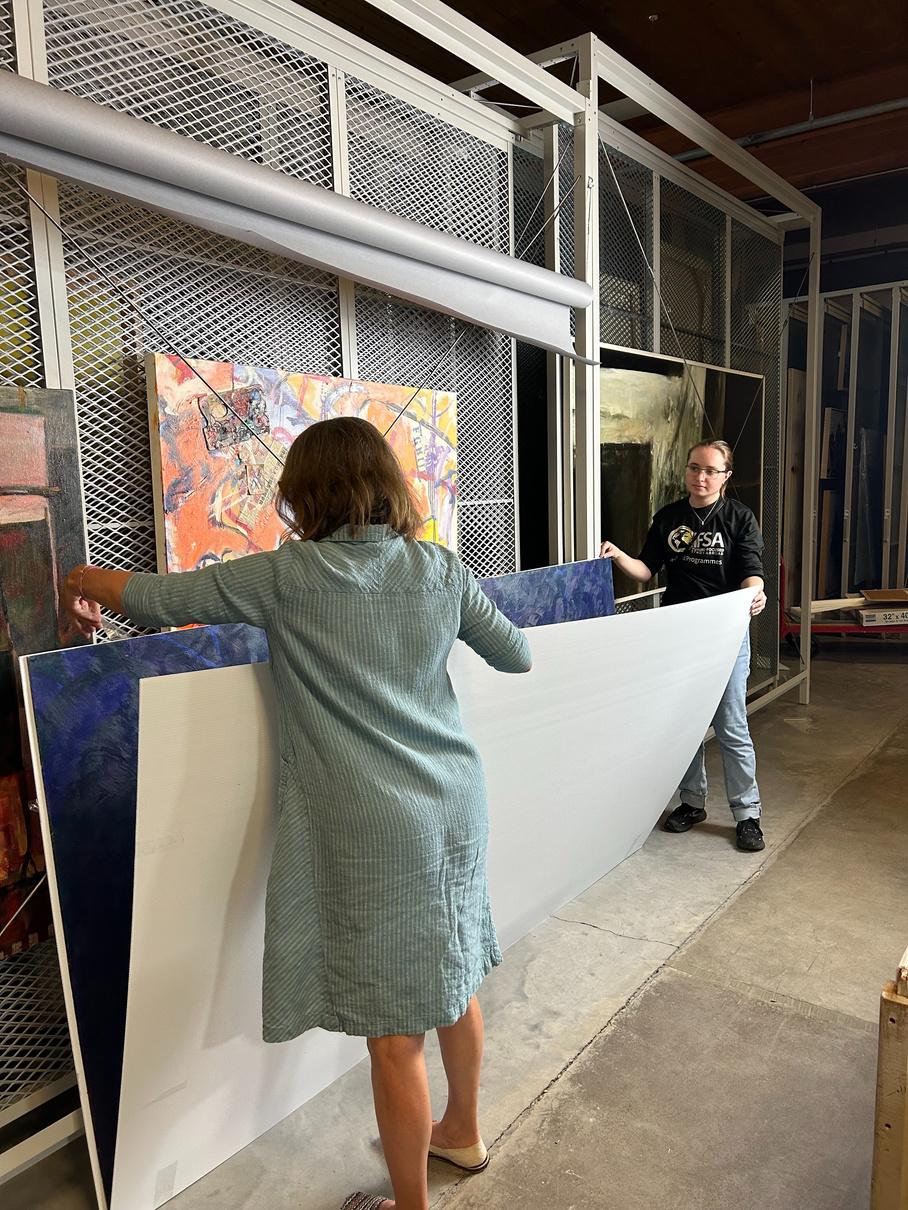

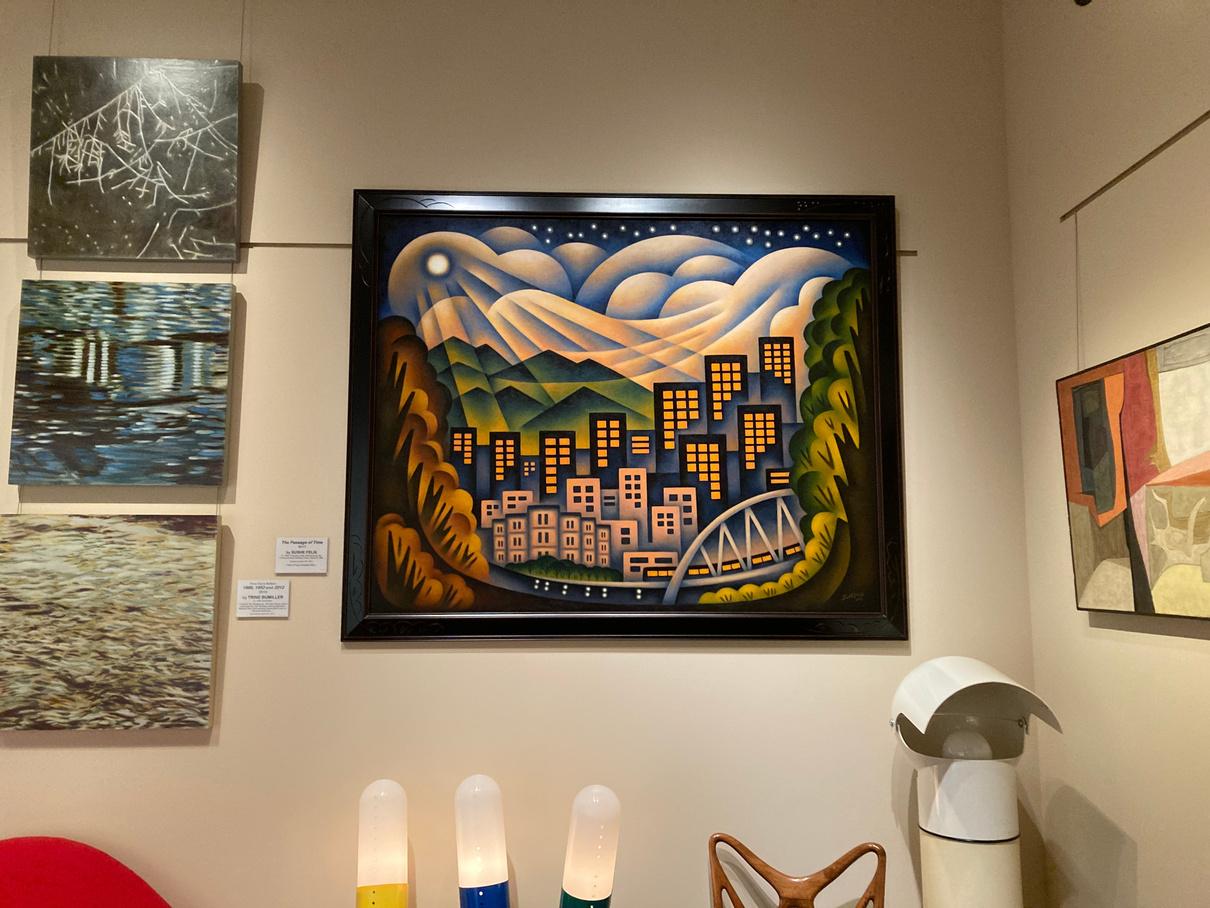 Sarah Bedell
Clockwise from left:
1. Sarah Bedell and Lisa Ranallo the Curator of the Permanent Collection at the Yellowstone Art Museum in Billings, Montana. Photo by Cyndy Hines.
2. The Passage of Time by Sushe Felix, at the Kirkland Museum of Fine & Decorative Art. Denver, CO.
3. New Mexico Museum of Art. Santa Fe, NM. Photo by Sarah Bedell.
Sarah Bedell
Clockwise from left:
1. Sarah Bedell and Lisa Ranallo the Curator of the Permanent Collection at the Yellowstone Art Museum in Billings, Montana. Photo by Cyndy Hines.
2. The Passage of Time by Sushe Felix, at the Kirkland Museum of Fine & Decorative Art. Denver, CO.
3. New Mexico Museum of Art. Santa Fe, NM. Photo by Sarah Bedell.
ANTHROPOGENIC | 37
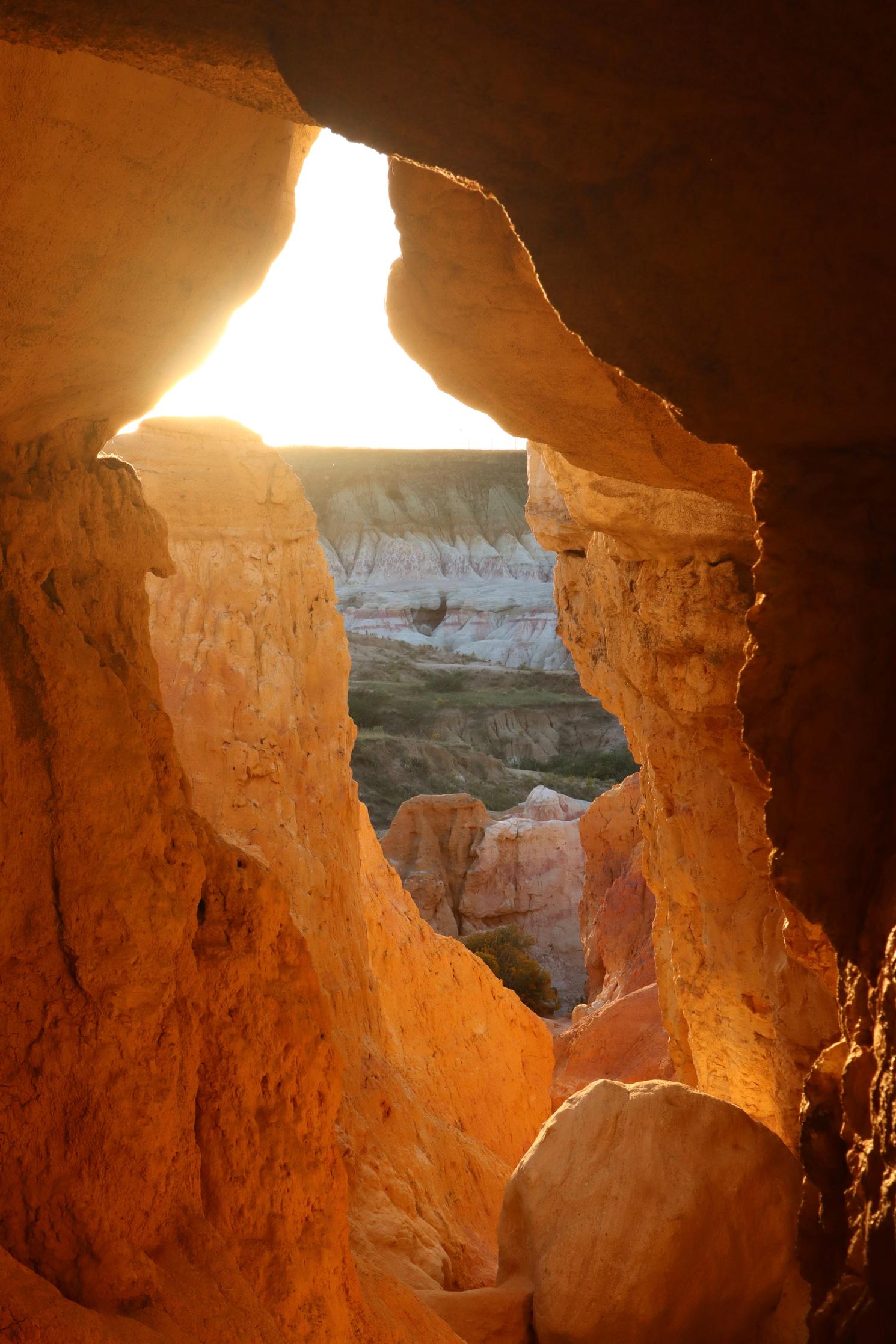
PaintMines,Colorado|PhotobyGracieRoe '25
Adventurous Spirit Film Team
By Katy Chapman
This summer and fall the Adventurous Spirit Film team plans to create a short film which focuses on human relationships to climate change. The team will use the surrounding plains and Rocky Mountains as a set for their film which will explore the psychological and physical effects of climate change. They aim to create a thought provoking and original piece which causes the audience to reflect on how people cope in the face of an existential threat and how we rationalize potentially harmful actions.
So far the brainstorming and planning process has involved sci-fi, cult, and dystopian ideas to name a few. Their piece will be inspired by the Rocky Mountain West and the issues communities here are facing. During meetings the team has discussed different muses, perspectives, and goals while balancing creativity and logistical limitations. Cyndy Hines leads the students and alumni on the team as they work to merge their passions for film and the environment while putting their skills into practice for this exciting project. The team will work through the summer to write a script, scout locations, cast actors, and film, planning to then complete post-production in the fall.
This summer, Katy will be following the the Rockies film team to document their process, and create her own film. Her documentary-style project will use the team as a case study as to the purpose of filmmaking. Following the style of old anthropological-style films, the project will also serve as a behind-the-scenes view of the Rockies
Film team With her work, Katy hopes to investigate how and why humans use film to document feelings around climate change, activism, and their worldviews in general.
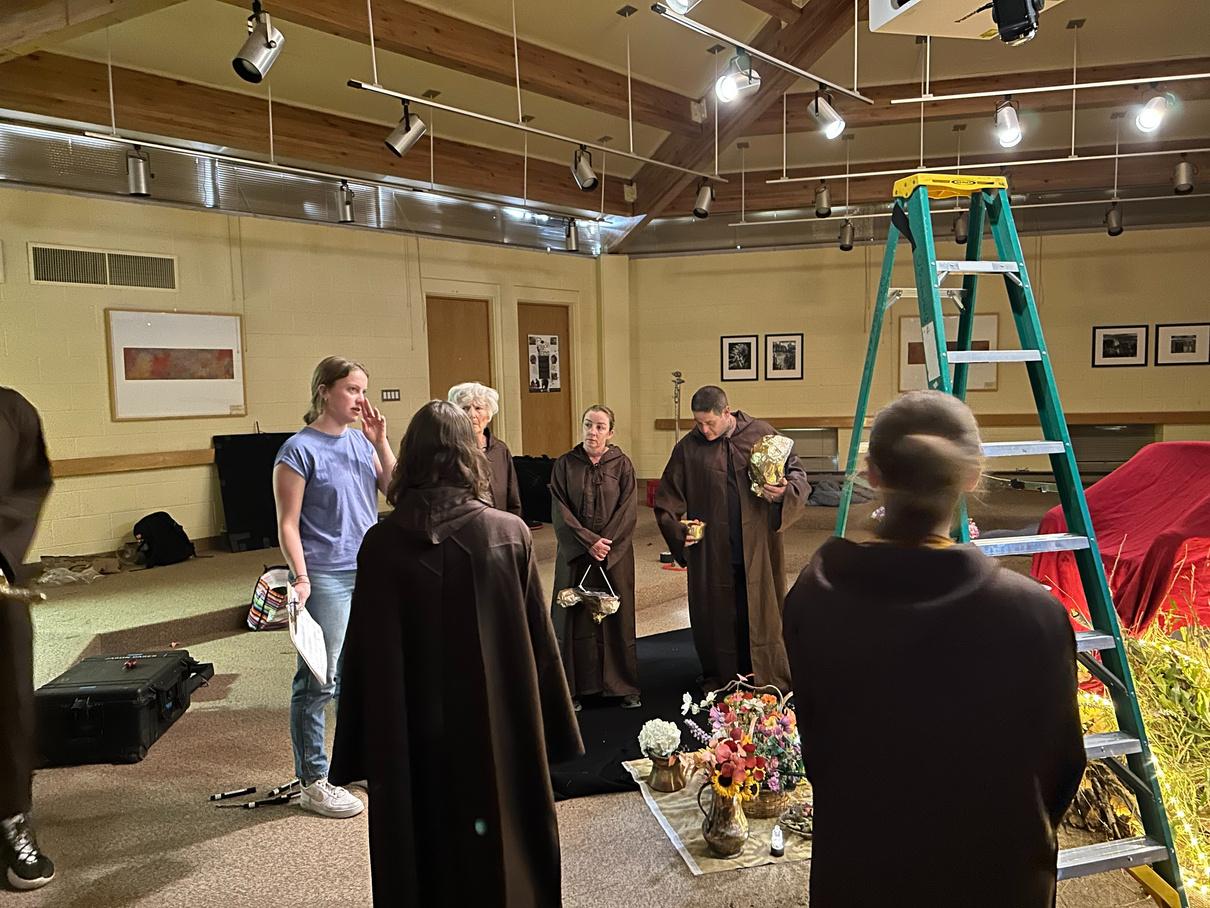 Filming in Crestone, CO (Following the semi-circle: Edward Villanueva, Cresta Blocker, Betty Speer, Audrey Colgin, '23, Alison Mueller-Hickler '26, and Amanda Young, '23. |
Filming in Crestone, CO (Following the semi-circle: Edward Villanueva, Cresta Blocker, Betty Speer, Audrey Colgin, '23, Alison Mueller-Hickler '26, and Amanda Young, '23. |
ANTHROPOGENIC | 39
Photo by Cyndy Hines
Katy Chapman's Personal Project

This summer Anthropology student, Katy Chapman, is investigating the ways that people use film to express their climate activism She is using the Adventurous Spirit Film Crew's project as a case study for the film process and how it is influenced by creative ideas As an Anthropology student, Katy is also studying the dark and controversial history of visual ethnography and watching modern ethnographic films to inform her filming process Her final project will be a short, amateur, documentary-style film starring the State of the Rockies film crew
Meet the Team
Aaron Patterson ‘12 is a producer, director, and Senior Creative Director at Meta Previously, he has worked in production and content creation roles at Hook, Uber, and Credit Karma, and has worked on numerous short film and documentary projects. He is excited to be advising the State of the Rockies Film Crew on their project this summer.

Audrey Coglin
Audrey '23 is a film and Italian major She recently completed her senior thesis Kabwe Ka Mukuba, an environmental activism film about lead poisoning in Kabwe, Zambia She enjoys working on all facets of the filmmaking process and watching all types of films
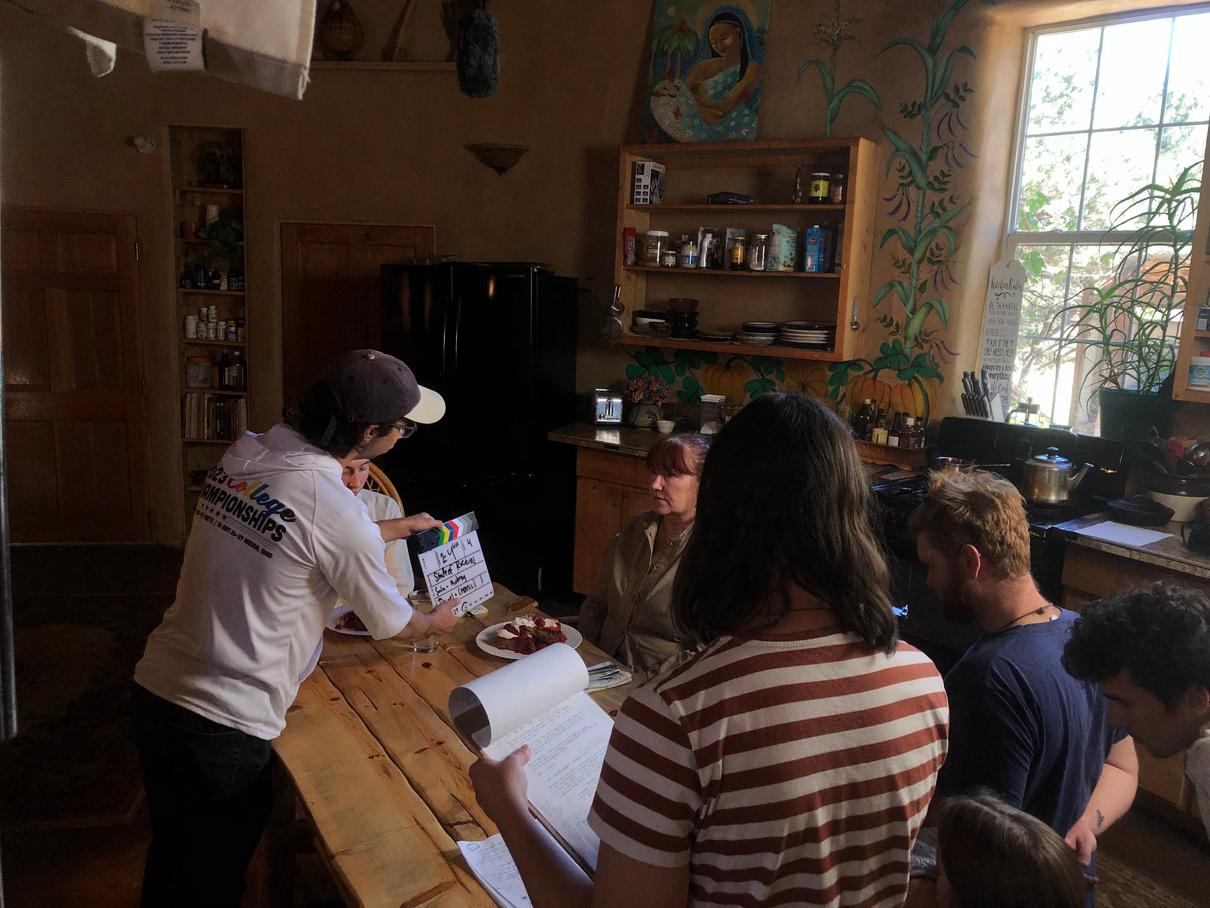
 Aaron Patterson
Matan Fields holds the clapperboard as the scene is about to begin.
Photo by Katy Chapman.
The actors behind Grayjay and Ox prepare for the scene at the CC Baca Campus. Photo by Cyndy Hines.
Aaron Patterson
Matan Fields holds the clapperboard as the scene is about to begin.
Photo by Katy Chapman.
The actors behind Grayjay and Ox prepare for the scene at the CC Baca Campus. Photo by Cyndy Hines.
ANTHROPOGENIC | 40
Daniel de Koning
Daniel graduated in the Colorado College Class of 2023 His passion is the camera and its interactions with the environment Having completed a film and Media Studies degree with CC, Daniel hopes to work as a nature cinematographer in the future
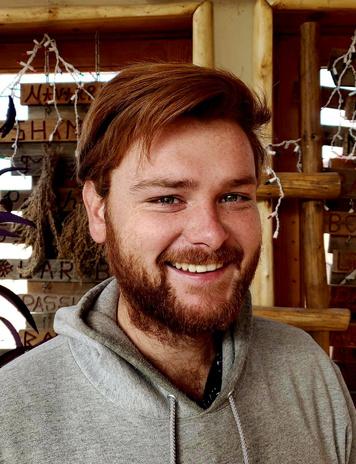
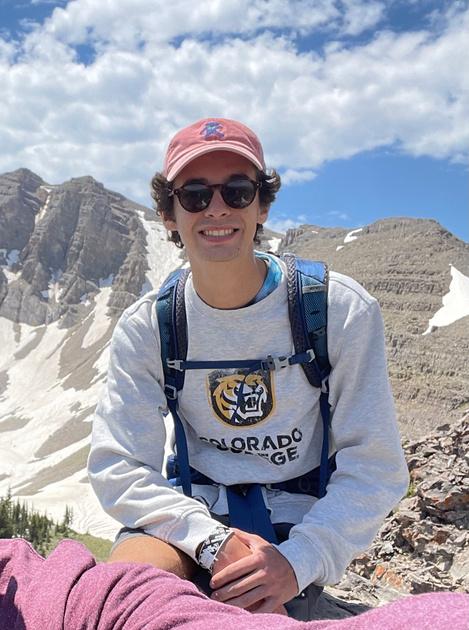

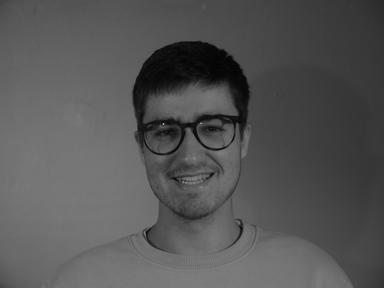
Matan Fields
Matan ‘26 is a rising sophomore from Northampton, Massachusetts pursuing a major in Film and Media Studies. He is passionate about creative storytelling as a force for positive change, hoping to tell empathetic stories that bring awareness to poignant issues and explore humanity. In his free time, you might find Matan on various long expeditions to and from ultimate frisbee tournaments, playing guitar, and spending time in nature with friends and family At State of the Rockies, Matan aims to center the human elements and consequences of climate change through film
Charlie Marks
Charlie '26 is a film student at CC from Atlanta, Georgia. Charlie loves making and watching movies and being an activist for the environment. Throughout high school and into college, he spent the majority of his time educating himself and others about film theory, while also working to raise awareness about the threat climate change poses to the future of humanity Charlie's dream is to combine the persuasiveness of movie magic with a call to action to protect our planet
Sada Schumann
Sada '26 is an Film and Media Studies major from Bozeman, MT. Sada has worked in conservation and agriculture, in addition to various creative fields. As a part of the SOTR Film Crew, Sada uses her diverse background to explore how film can create a emotional call for climate action in the Rocky Mountain West. Her work on the project falls within the increasingly important field of science communication and provides a bridge between data-driven research and public perspectives.
Melanie Shea
Melanie '22 is a filmmaker and editor with a focus on audio Melanie graduated from CC in 2022 with a major in Film and Media Studies and is currently working on bringing her love of climbing and the outdoors into her work
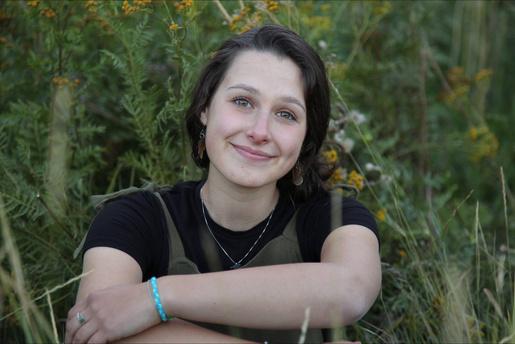
ANTHROPOGENIC | 41
On the Set
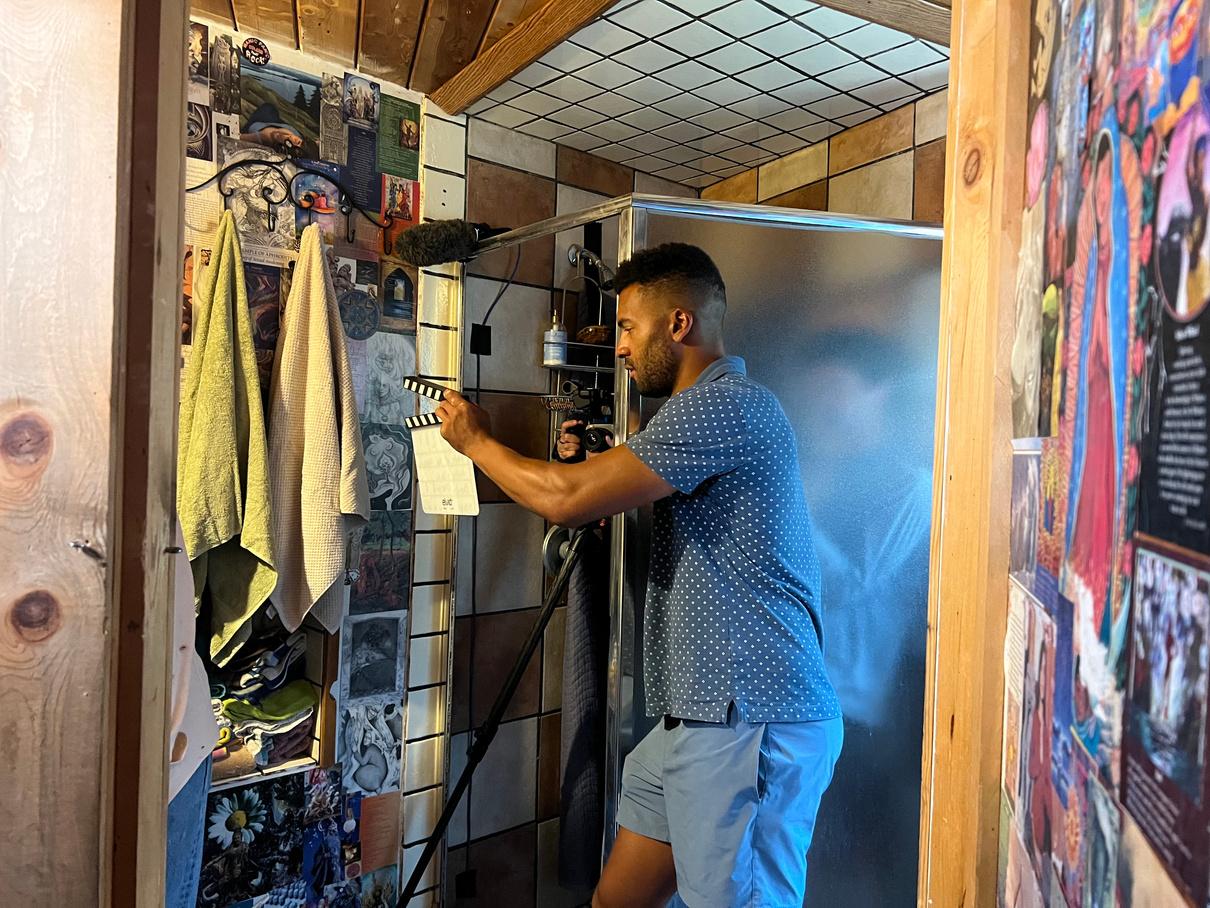


Betty Speer and the Baca Campus
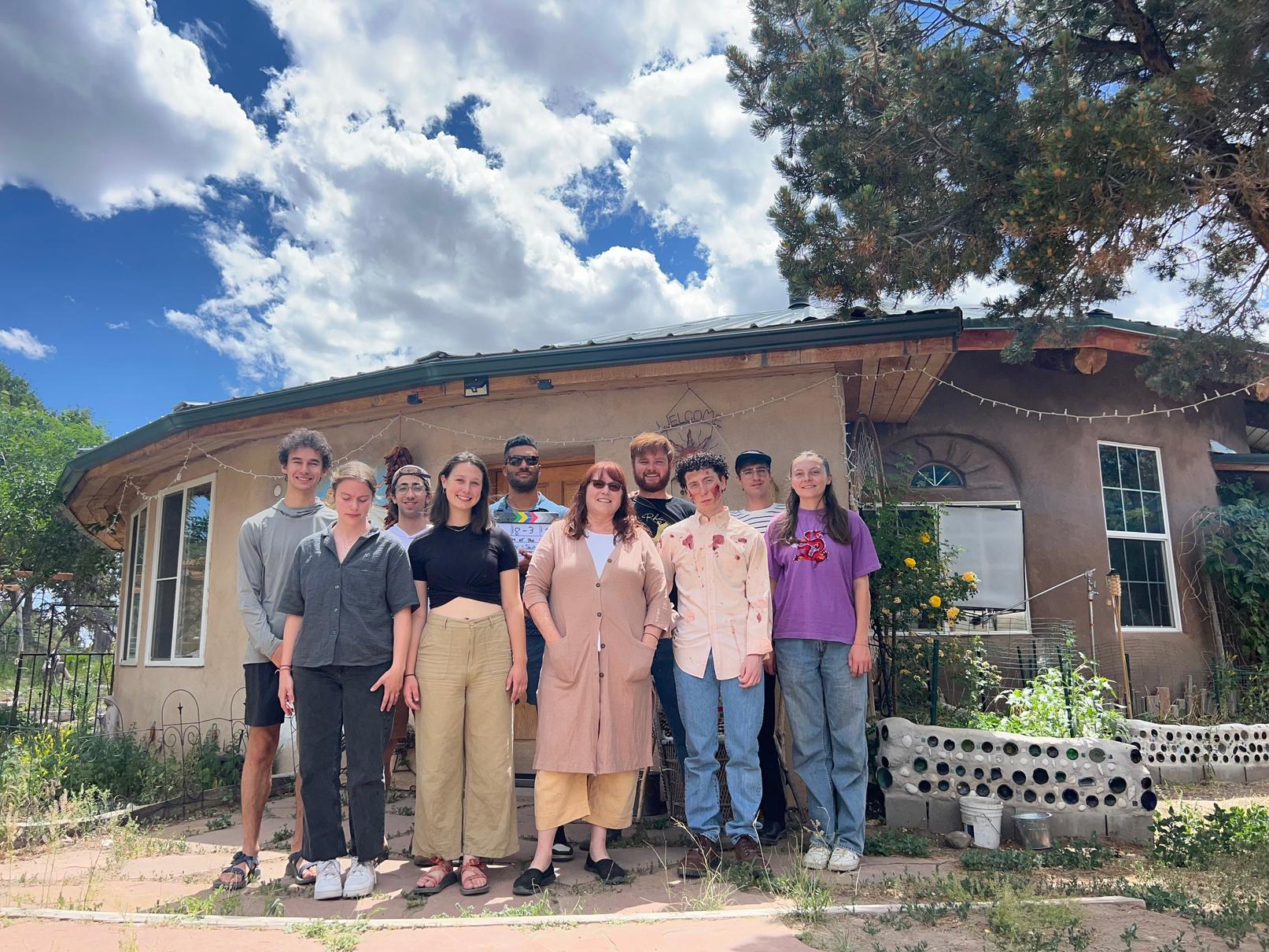
Betty Speer has been at CC’s Baca Campus for seven years and works in housekeeping. Baca’s On-Site Coordinator, Shonda Johnson, says that Betty is “a very considerate and thoughtful person of others’ feelings.” She feels very fortunate to have her as a coworker as Betty is dedicated and a hard worker. We are thrilled to have her as an extra in the Adventurous Sprit Film Team shoot. She is enthusiastic and provides a warm, welcoming presence.

Add a little bit of body text
Left to right: 1) Aaron Patterson, 12 holding the clapboard for a scene.
Photo by Audrey Colgin '23. 2) Cresta and Naudia Blocker stand with their props. Photo by Cyndy Hines. 3) Melanie helps Breccan get ready for a scene. Photo by Audrey Colgin '23.
The Adventurous Spirit Films crew standing in front of one of their filming sites. From left: Charlie, Audrey, Matan, Sara, Aaron, Kate, Daniel, Breccan, Melanie, and Katy. Photo by Audrey Colgin.
Photo by Cyndy Hines
ANTHROPOGENIC | 42
 Waldo Canyon team members Maren Greene, Cyndy Hines, Charlotte Pulido, and Theo Ollier traverse the burn scar. Photo by Ollie Beland '25.
BURN SCAR
Waldo Canyon team members Maren Greene, Cyndy Hines, Charlotte Pulido, and Theo Ollier traverse the burn scar. Photo by Ollie Beland '25.
BURN SCAR
Waldo Canyon
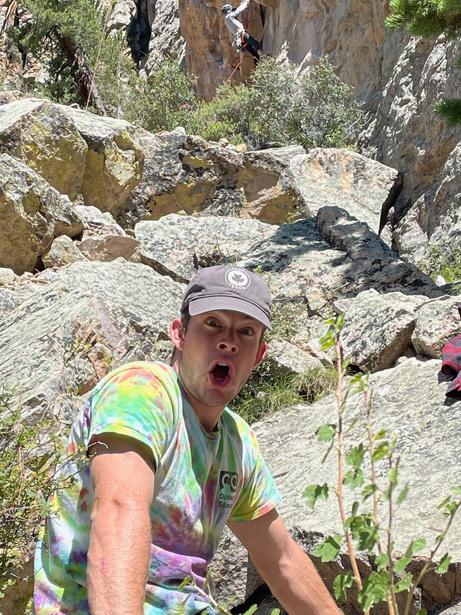 By Macy McCauley
By Macy McCauley
In the summer months of 2012, a forest fire ripped through over 18,000 acres of land northwest of Colorado Springs Eleven years later, State of the Rockies is going back to the site of the burn, using GIS and plant ecology field techniques, ato investigate how the area has responded post fire Student researchers will be focused on charting new growth of ponderosa pine. From what they find, these students hope to shed light on how forest fires interact with the surrounding landscape, even decades after the burn.
Meet the Team
Matt Cooney
Matt has been working at CC and with State of the Rockies for nearly 7 years. Providing expertise in the GIS and remote sensing fields, he assists Rockies' students, staff, and faculty with research, analysis, data, cartography, and technology. Matt enjoys working with State of the Rockies as he holds shared beliefs with their mission and goals and is passionate about aligning technology, teaching, and student development around issues in the Rocky Mountain Region.
Chris Burich

Chris ‘24 is an Environmental Studies major and Urban Studies minor from New York. At Colorado College, he is a part of the Club Baseball team, a member of the Sigma Chi fraternity, and an Arena Specialist at Ed Robson. Chris enjoys biking, skiing, or anything that involves being outside either on or off campus. He is looking forward to working with the State of the Rockies to learn more about his local environment, advance his GIS skills, and collaborate with other passionate students and professors.
Shamdeed Kabir
Shamdeed '25 from Dhaka, Bangladesh is pursuing a major in Computer Science and a minor in Statistics. He is broadly interested in data science and modeling, and envisions himself working in the fields of machine learning, bioinformatics, or climate modeling in the future. Apart from his academic interests, Shamdeed is an avid antique coin collector and car enthusiast, who loves to travel to different countries and enjoys backpacking, fishing, and kayaking

Liam Keilty
Growing up in Las Vegas, Nevada, Liam '25 learned a strong respect and awe for the mountains and flora of the West The mountains of Colorado offer so much to not only the wellbeing of people, but also the wellbeing of our global environment Although Colorado is a new place, Liam is invested in learning as much about its ecological systems and committed to finding new ways to preserve or rehabilitate the beauty that resides here. Liam is excited to study the effects and possible solutions to severe wildfires in the West.
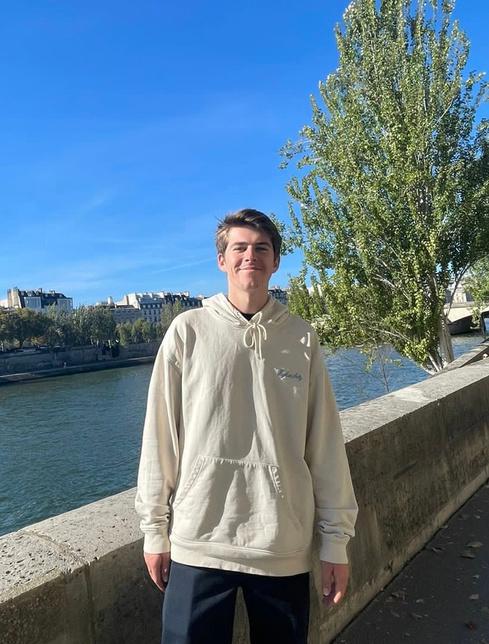
ANTHROPOGENIC | 44
Sydney Morris
Sydney '24 is a senior Organismal Biology & Ecology major from Boise, Idaho. With a passion for conservation and forest ecology, she works as an Assistant Research Ecologist for the Waldo Canyon Fire project Outside of State of the Rockies, Sydney is a Spanish Translator, an illustrator for The Catalyst, and plays on the Women’s Club Soccer team She also enjoys backpacking, skiing, and playing her guitar!
Theo Ollier
Theo '26 is a rising sophomore here at Colorado College. He hopes to double major in Organismal Biology and Ecology as well as Environmental Science. He is from Wooster, Ohio, and in his free time likes to rock climb, hike, and read. Theo got involved with this project because he wanted the opportunity to study the effects of climate change in the Front Range firsthand and gain ecological knowledge


Charlotte Pulido
Charlotte ‘24 is a third-year Environmental Science major and Human Biology and Kinesiology minor from Denver, Colorado. She enjoys playing tennis, traveling, and spending time outside. As a member of the Waldo Canyon team, Charlotte is excited to contribute to our understanding of local wildfire impacts and the regeneration process through field research. She is eager to work for State of the Rockies and pursue her interests in sustainability and conservation
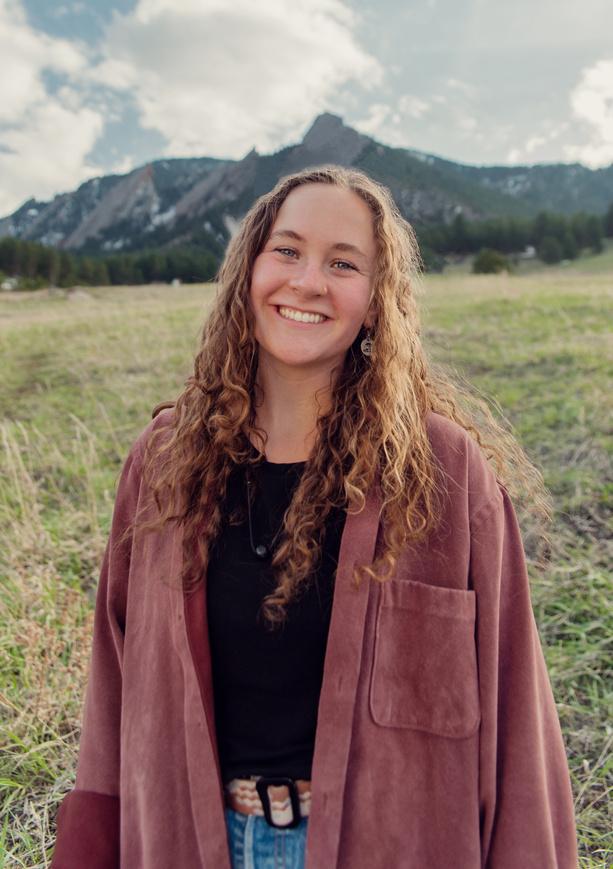
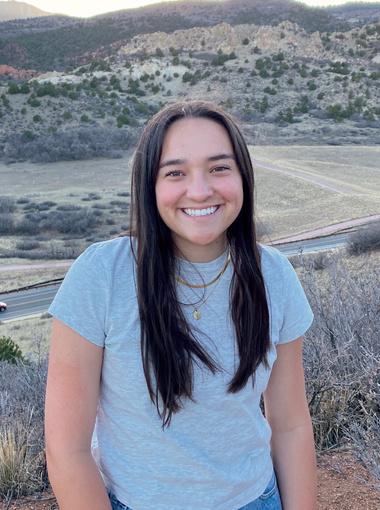

Artists in Residence
Ollie Beland
Ollie '25 is a Biochemistry major and is hoping to minor in art studio and math He grew up in Little Rock, Arkansas - but has always been drawn towards the Rocky Mountain region Ollie enjoys integrating art into as many aspects of his life as possible - particularly through photography. It was in Colorado where he first discovered photography, and now almost 10 years later he is ecstatic to use photography this summer as part of the Waldo Canyon Research Project.
Maren Greene
Maren '24 is a Studio Art major who works across a variety of mediums, focusing primarily on painting and photography She has lived her whole life in Colorado and is passionate about preserving the natural spaces that helped raise her She knows that the time she spends outdoors skiing and biking though mountains, walking around gardens, and lounging under trees is sacred: grounding her in life’s chaos and inspiring her creative practices As such, she is deeply motivated by discovering art’s place in conservation efforts and using her work to give back to the land that inspired it.
ANTHROPOGENIC | 45
Inside the Waldo Canyon Project
In mid-June, I joined the Waldo Canyon team for a few days in the field. At that point, they were canvassing the area for suitable sites. For a site to be usable, the slope needed to be facing in the correct direction, it needed be semi-navigable, and have 300 meters by 200 meters of linear distance from high to low elevation.

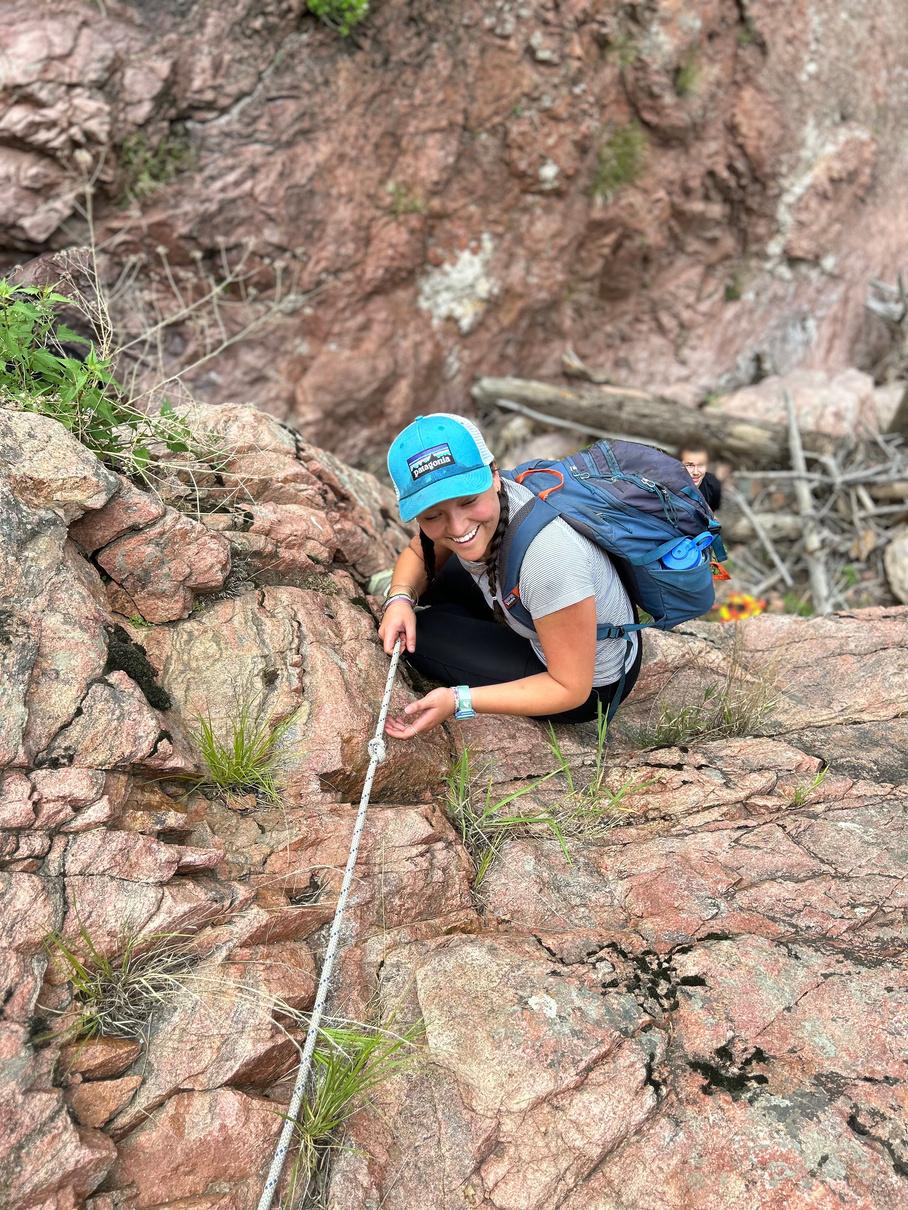
Once a site was selected, the team would measure the area using a transect (pictured on bottom right) and mark the boundaries with bright colored tape. While traversing the terrain, we observed and took note of flora and fauna in the area
Waldo Canyon, despite lying only 15 minutes from the heart of downtown Colorado Springs, is largely undisturbed by recreationists Scattered residences and trails almost solely made by animals break up the forest mosaics of bushes and blackened trunks left by the fire.
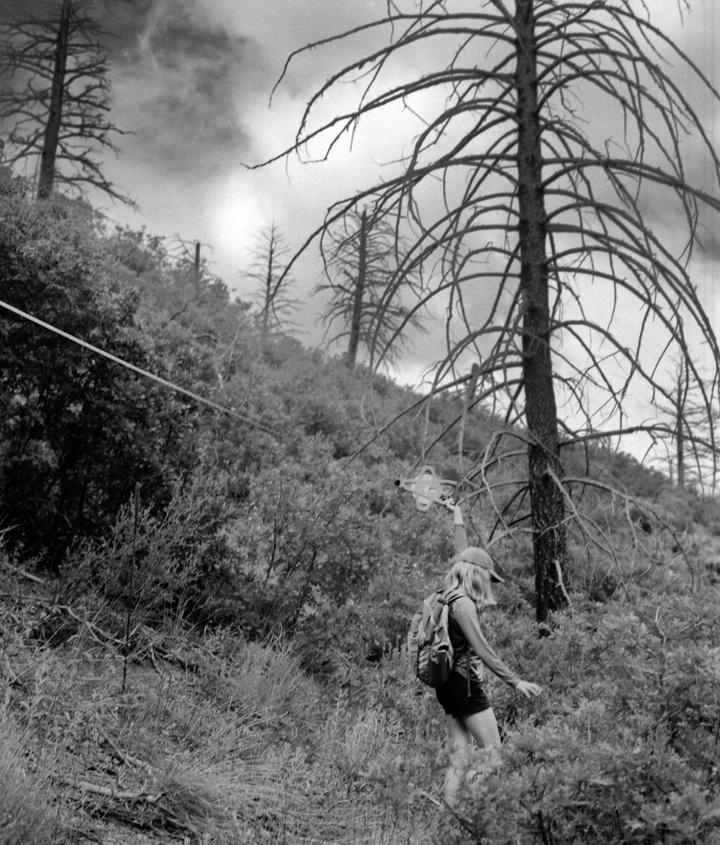
The team spent the first two weeks of the summer selecting sites based on the aforementioned conditions before moving into data collection. Focusing on ponderosa pines, the team gathered data on the presence or absence of the species, the diameter at breast height or DBH, and the age of the tree, which will be determined by tree core samples to be analyzed in the lab this fall.
Beyond the trees themselves, site conditions are also recorded. Observations include severity of burn in the area, soil type, aspect, slope, and more To decipher the data they collect, Waldo Canyon team members will utilize GIS, dendrochronology, inclinometers, and other technology
Using the data they find, the team will then draw conclusions about ponderosa pine regrowth in the burn area.
Clockwise from right:
1) Sydney Morris laying a transect on one of the sites in the Waldo Canyon area. Photo by Ollie Beland '25.
2) Waldo team poses for a photo before exploring a site in Waldo Canyon. Photo by Cyndy Hines.
3) Charlotte Pulido rappelling in Waldo Canyon. Photo by Ollie Beland '25.
ANTHROPOGENIC | 46
The Waldo Canyon Team. Photo taken by Cyndy Hines.
 The team explores Waldo Canyon | Photo by Maren Greene '24
The team explores Waldo Canyon | Photo by Maren Greene '24
Colorado College Goes to COP27
By Alison Mueller-Hickler and Nicole Craighead
On November 6th, the first day of the United Nations’ 27th Conference of Parties on Climate Change (COP27), the International Convention Center in Egypt’s coastal city of Sharm El-Sheikh was filled with climate lobbyists and legislators What was unusual, was the handful of students camped out at a booth in the conference room
Many legislators weren’t exactly happy to have a younger crowd there, according to Myra Jackson, a visiting professor and climate activist. A veteran of the COP conferences, Myra offers a unique perspective in reflecting on the event. In particular, she explained how this year began the first of two consecutive COPs in the UAE region: “All of these countries, these member states have significant assets in fossil fuels… So it's there are very, very strong forces at play that sometimes seem contradictory.” To which she added, “ It’s multilateralism in its real terms ” This “multilateralism” was something she found to be integral to the COP’s success “What was important in this COP was that there was an agreement by the Member States to synergize policies around biodiversity, sustainable development goals and climate change ” In her own work, Myra is an activist for ocean and biodiversity legislation, an area in which she believes COP27 has demonstrated tremendous
success: “For the first time biodiversity and oceans were recognized as a part of the process [and] this COP allowed for very much needed synthesis of policies ”
Professor of Anthropology and State of the Rockies faculty advisory board member, Sarah Hautzinger, collaborated with Jackson to bring the select students to the conference. While the school has a rich history of faculty and staff members attending COPs, this was the first time a student delegation was selected. She emphasized Colorado College’s important history of participating in COPs as at COP25 in Madrid, Spain, Jill Tiefenthaler, former president of the college, announced CC’s carbon neutrality months before announcing it to the press. Hautzinger also emphasized the importance of collaboration among colleges and organizations to promote issues involving Climate Change and young people’s voices In order to achieve this Colorado

ANTHROPOGENIC | 48
Students present on Talanoa Dialogues, a Fijian story-telling and conflict resolution process in a COP 27 panel. Left to right: Myra Jackson (Creativity at CC); Sarah Hautzinger (Anthropology, CC), Gracie Roe (CC), Alyssa Connaughton (CO State U), Mary Andrews (CC), Mika Alexander (CC), Izzy Zhu-Maguire (Monash U)
ABOVE
Colorado College students speak at COP 27 panel | Photo by Mary Andrews '23
College is partnered with the Youth Environmental Alliance in Higher Education (YEAH) and the Second Nature Network. It was because of this collaboration that Colorado College was invited to be part of the US Center exhibit.
Deciding what to display in the US exhibit and VIP room was a difficult decision and drawn out by a “huge selection and review process, " but Hautzinger recalled this display with a huge smile on her face Two of State of the Rockies’ vintage posters were selected, “Respect and Preserve” Arches National Park, Utah by Charlie Bragg ’23, and “Remember Bugs Made This” Rocky Mountain National Park, Colorado by Casey Millhone ’22 Hautzinger said the major deciding factor was that the posters “bespoke the region, State of the Rockies in particular, because a lot of the art is what people would consider canyon lands, not so much the mountains.”
Along with the vintage posters, Colorado College had received an official exhibit booth through the United Nations Framework Convention on Climate Change (UNFCCC) where the Rockies’ film on the Orange Skies project was shown over the course of the conference’s two weeks
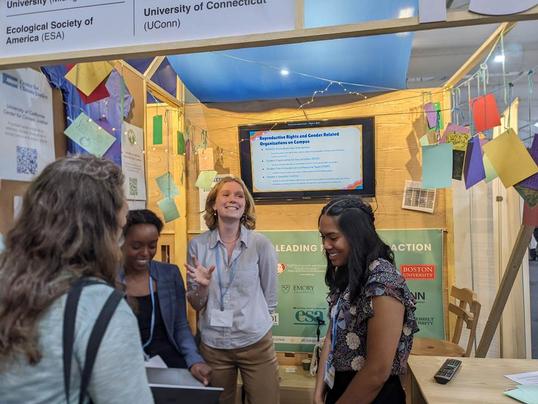

The response to the State of the Rockies material brought to COP27 was resounding The Orange Skies film had
compelled delegates to stop and watch, and evoked conversations that “tied it not just to fire, but to drought and other kinds of extreme weather conditions ” The posters, which were in the same room as Nancy Pelosi, John Carey, and other senators, also gained acclaim for not only their aesthetics but the choice of featuring National Parks.
Overall, Colorado College’s first student delegation to a Conference of Parties on Climate Change was such a success plans have been made to bring delegations to COP28 in Dubai, COP29 in Australia, and COP30 in Brazil. Hautzinger expressed that she would “love to have more meaningful and longer-term collaboration, and really represent all of what Colorado College does with regard to environmental work, and especially climate in particular” at future conferences Both the experiences described by Myra Jackson and Sarah Hautzinger show the importance of empowering young voices and demonstrating the work that students have done in all media to raise awareness and provide solutions for the world’s climate crisis.
“Respect and Preserve” vintage poster displayed in the US Center exhibit and VIP room at COP27. Photo by Sarah Hautzinger.
ANTHROPOGENIC | 49
CC Students at the UNFCCC Official Exhibit Booth, which showed State of the Rockies’ Orange Skies film at COP27. Photo by Sarah Hautzinger.
 Arches National Park | Photo by Ollie Beland '25
Arches National Park | Photo by Ollie Beland '25
Vintage Poster Contest
By Rafi Donohoe
Since 2021, the State of the Rockies project invited students to submit a vintage-style poster of a national park, monument, or forest in the 8-state Rocky Mountain region that includes a contemporary conservation message, or "motto " The State of the Rockies Conservation in the West Poll inspired artists to pinpoint an issue in the findings of the poll to use as the focus of their poster. “The structure of this contest allows students a lot of space for personal expression. It was truly amazing to see the level of creativity, effort and passion put into the submissions we received,” says Kaitlin Steinfort ‘22, one of the contest’s judges Featuring locations such as Great Sand Dunes National Park and Pikes Peak, these posters push viewers not only to appreciate the outdoors but also to advocate for them
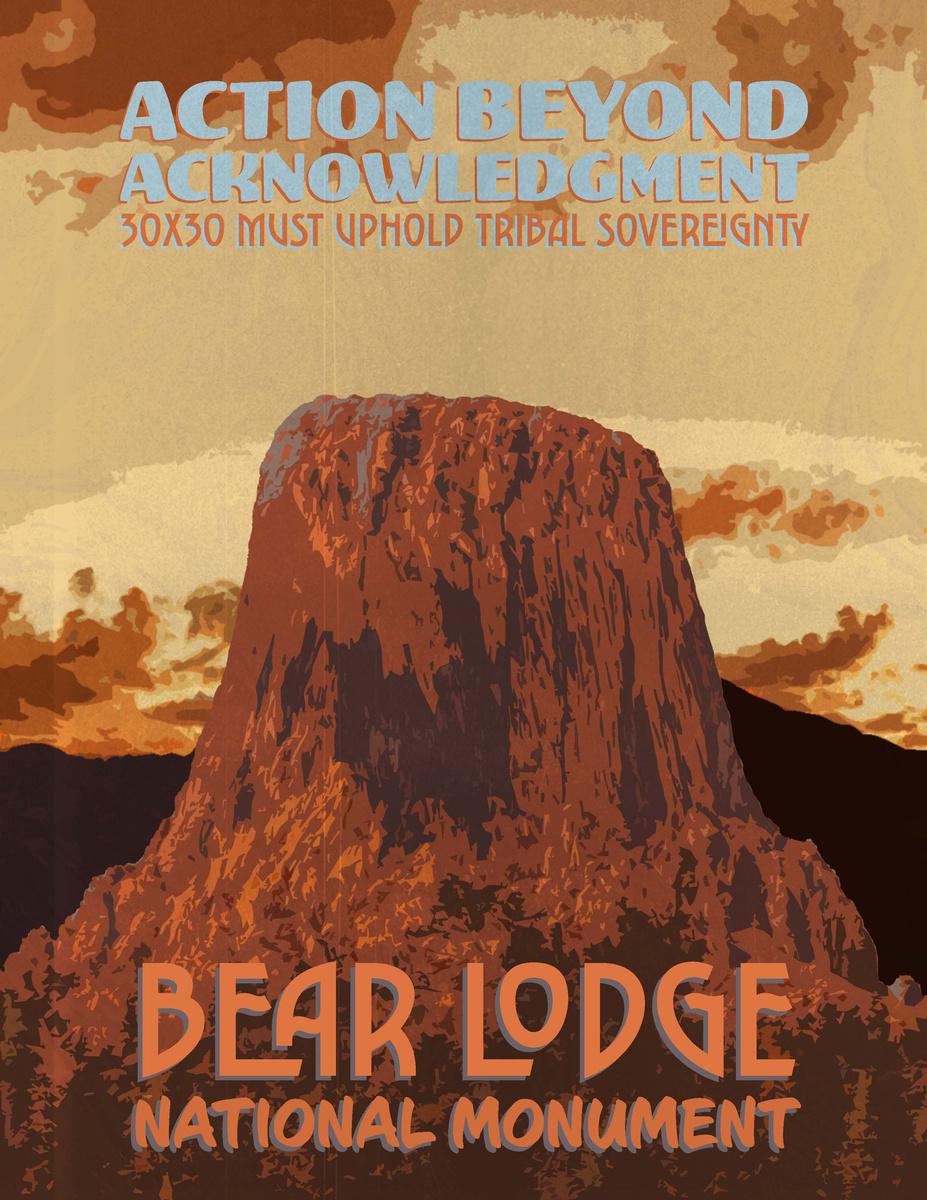
ACTION BEYOND ACKNOWLEDGEMENT | FIRST PLACE
By Sam Nystrom Costales '25
The State of the Rockies poll demonstrated that there was strong enthusiasm for the current administration’s 30x30 policy, which seeks to conserve 30% of land and marine habitat by 2030. The policy supports tribal-led conservation projects and sovereignty. It is significant that 30x30 recognizes sovereignty as tribal involvement in management practices has been treated as a formality, despite the efficacy of indigenous-led land management. At the same time, 30x30 must avoid placing the burden of protecting public lands primarily on indigenous peoples. Highlighting this part of the 30x30 policy is important as recognition of tribal sovereignty could provide greater agency to indigenous groups while reducing the continued harm of settler-colonialism. I represented Devils Tower (using an alternative name) because it has particularly been a site of struggle for the recognition of indigenous land practices and sovereignty, specifically between outdoor recreationists and the nations that regard the site as sacred.
ANTHROPOGENIC | 51
PROTECT OUR DARK SKIES | SECOND PLACE
By Rafi Donohoe '24
My visit to Great Sand Dunes National Park was the first time I had been to a dark sky preserve, and the first time I ever really saw the Milky Way Inspired by the “Half the Park is After Dark” slogan from the National Park Service, I wanted to recreate the iconic Milky Way posters with a message about light pollution. While the artificial light may seem harmless compared to greenhouse gases or fracking, it has the power to disrupt human and animal rhythms and ruin natural habitats Additionally, lighting is one of the largest contributors to global energy consumption and greenhouse gas emissions, and much of it is wasted. With my poster, I hope to convey the beauty of dark skies, and the importance in preserving them from light pollution

OUR PARKS IN PEAK CONDITION | THIRD PLACE
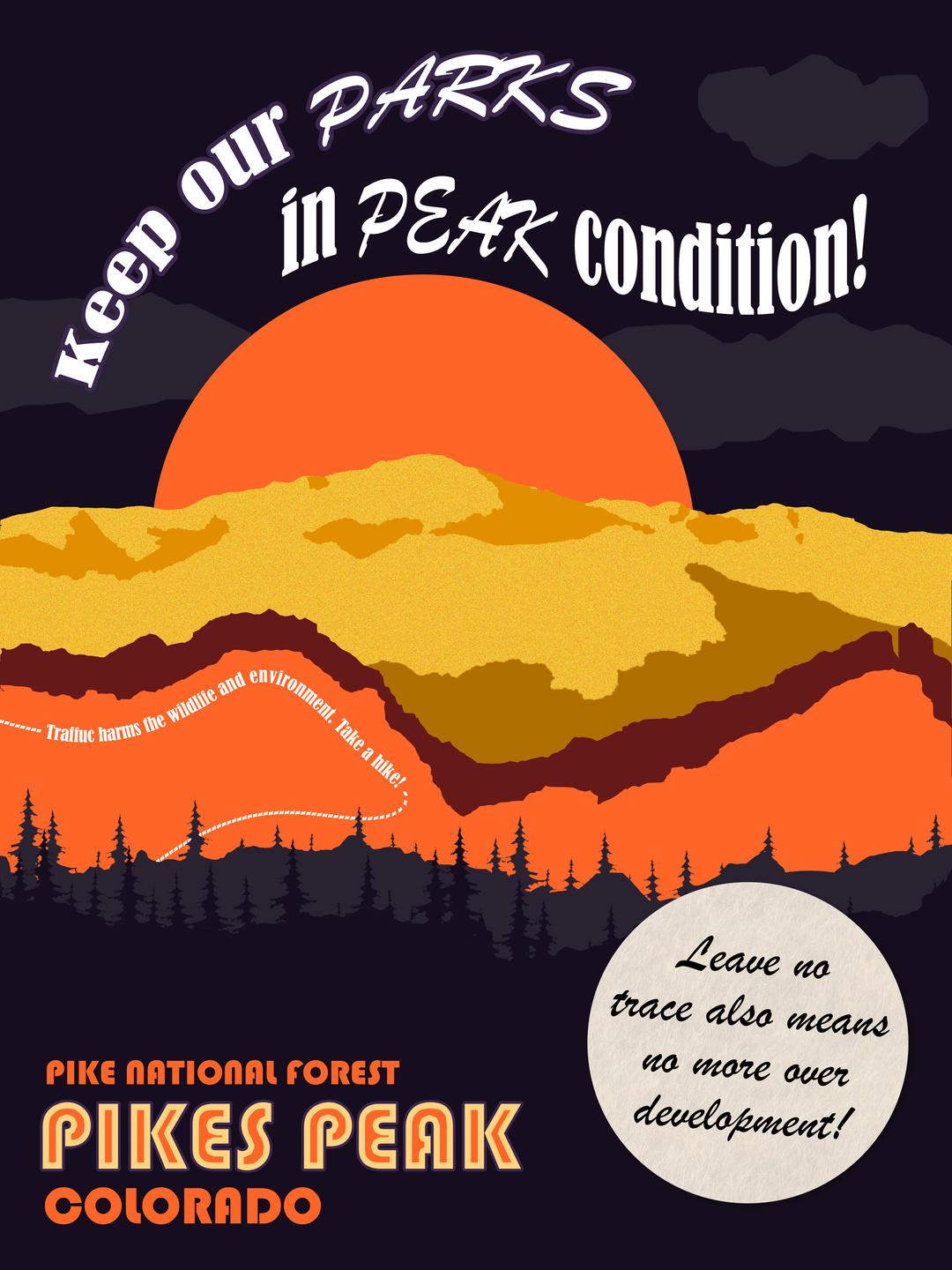 By Sebastian Olson '24
By Sebastian Olson '24
I focused on Pikes Peak with Garden of the Gods in the foreground for my poster Since I came to Colorado College, I have spent many weekends exploring Colorado’s vast wilderness, but often rely on these two nearby spaces to unwind and go on a run or bike ride. As a gateway into the Pike National Forest, Garden of the Gods has much to offer, but its easy access comes with increased vulnerability Car traffic and litter have only increased these past years since 2020 At least three-infive people in every Rocky Mountain state support preserving public lands and national monuments, and my goal for this poster is to get this point across while still inviting people to visit these amazing locations. Our natural spaces should be accessible to people, not cars
ANTHROPOGENIC | 52
KEEP
Honorable Mentions
PROTECT OUR SACRED AND PUBLIC LANDS
By Sophie Dua
I created this poster of the Great Sand Dunes National Park and Preserve in Colorado with the motto “Preserve Our Public and Sacred Lands.” According to Conservation in the West polls’, protecting public lands and limiting oil and gas drilling is highly supported by Coloradans. This is especially relevant in the San Luis Valley, where the dunes are located. The area has long been threatened by oil and gas drilling exploration, ultimately leading to it becoming a national monument in 1932 and a national park and preserve in 2004. This land is also sacred to many people, including many indigenous tribes who have inhabited the area for thousands of years. For the Navajo people, Blanca Peak, located just south of the dunes, is one of four sacred mountains. I hope this poster will inspire appreciation for the importance and beauty of public land and encourage conservation of these sacred places.

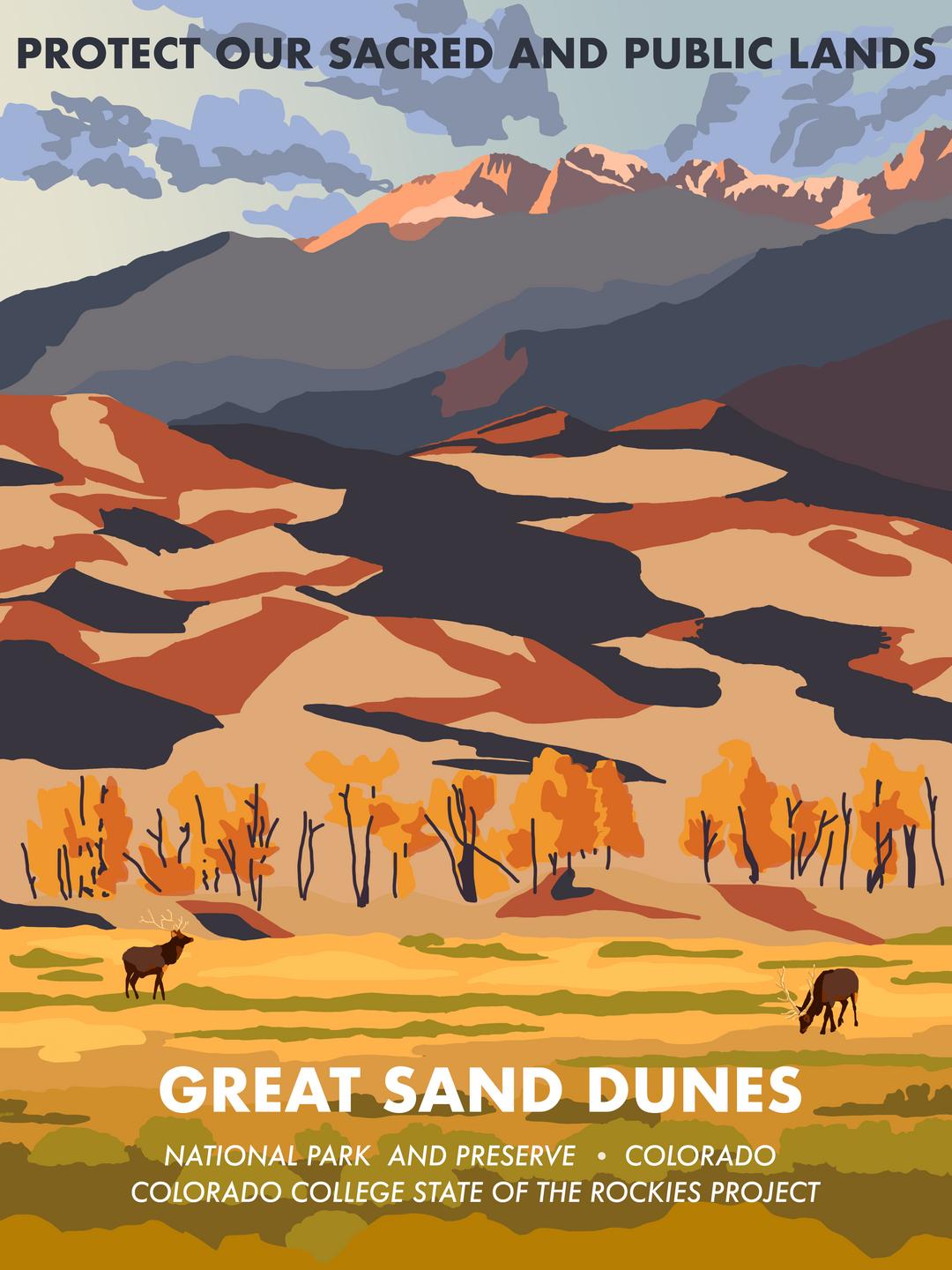
PROTECT OUR PIKAS
By Sofie Miller
If you’ve been above tree line in the Rocky Mountains you know the sound of a pika, hidden from view. Once I hear their squeak the chase is on. I scour the rocks, trying to locate the little greybrown fluff – it’s like the best game of hide and seek. So many Colorado citizens are concerned about the effects of climate change, and rightfully so.
Rising temperatures in the mountains won’t only change how snow and water collect, but high alpine organisms - like pika’s – wellbeing. Pikas have very little heat tolerance, as do their primary source of food, high alpine plants. If we don’t start to reverse the effects of climate change, these fluffy balls of joy, and their whole habitat, will be gone very soon.
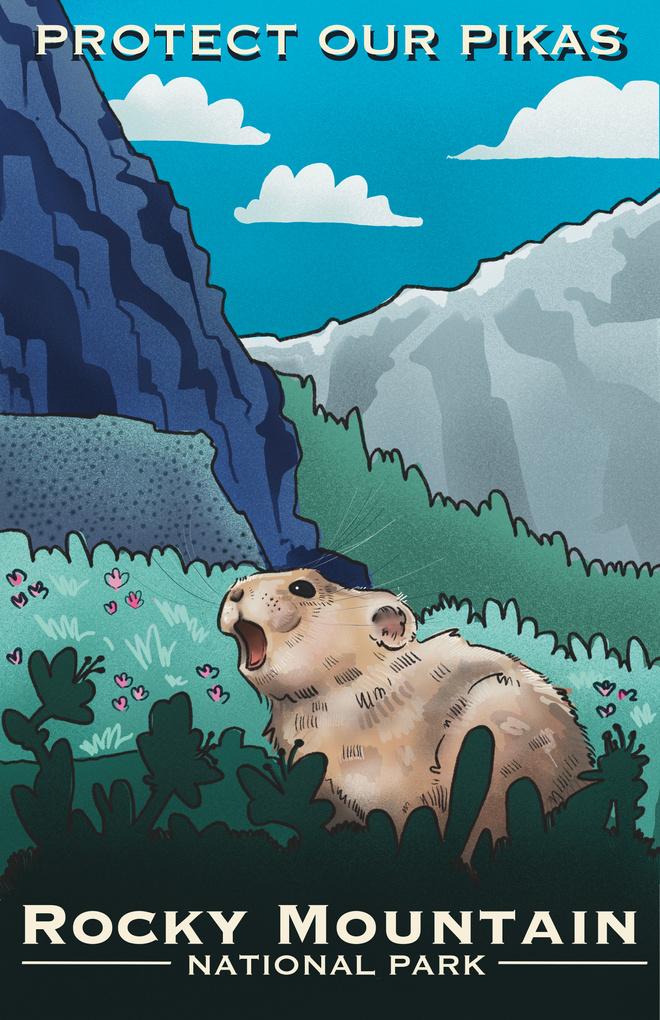
WATER IS DRAINING, START SAVING!
By Casey Millhone
The Colorado River is shrinking and the discussion around how to divide the river’s water is current and frightening I took inspiration for this poster not only from the polls demonstrating increasing concern for water preservation and increased water conservation support, but also from the poll that stated that 86% of respondents support creating new national parks, national monuments, national wildlife refuges, and tribal protected areas If Coloradans want to see more natural resources and spaces protected as national parks, then I think it is important to make a poster drawing attention to something that is not currently a national park and needs protection Reducing water levels is often associated with an increase in concentration of pollutants and nutrients which can bring on algae blooms and eventually hypoxia I wanted to reflect that danger in my color choice where, although it is clearly stylized, the river feels overgrown and unclean
ANTHROPOGENIC | 53
Meet the Judges
Katja Rivera
Katja Rivera is the Curator of Contemporary Art at the Fine Arts Center at Colorado College. Recent curatorial projects include Ronny Quevedo: at the line (FAC), Harold Mendez: the years now (Logan Center, University of Chicago), and Traduttore, Traditore (Gallery 400, the University of Illinois at Chicago). Prior to joining the FAC, Katja worked at the Reva and David Logan Center for the Arts at the University of Chicago and in the Department of Modern and Contemporary Art at the Art Institute of Chicago Her projects have been supported by the David C and Sarajean Ruttenberg Foundation and the Elizabeth Firestone Graham Foundation, among others. Katja holds an MA in Art History from the University of Texas at Austin and a Ph.D. Candidate at the University of Illinois at Chicago, where she specializes in modern and contemporary art with a focus on experimental practices in Mexico.
Aaron Cohick
Aaron Cohick is a book artist and publisher based in Colorado Springs, CO, where he runs the NewLights Press and The Press at Colorado College. Aaron's work, under both imprints, is held in public and private collections all over the world, including the Library of Congress, the New York Public Library, the Thomas J. Watson Library at the Metropolitan Museum of Art, Yale University, SFMOMA Library, the Letterform Archive, and the Tate Britain Library He has taught workshops at Arrowmont School of Arts and Crafts, the Bemis School of Art, the San Francisco Center for the Book, Naropa University, and Penland School of Crafts.
Kaitlin Steinfort
Kaitlin Steinfort '22 (she/her) is a Colorado College alumni and former poster printer at The Press at Colorado College. In the summer of 2019, she took a Book Arts and Letterpress course at The Press at Colorado College and worked alongside Aaron Cohick and other students in the press through her senior year. During her final year on campus, Kaitlin combined her passion for environmental protection and education and her love for creating art in the press to help design and create the posters used to advertise the first State of the Rockies poster contest in 2021/2022 Now as an alumnus, Kaitlin continues to work on her own art in a variety of media and hopes to continue finding and creating ways to use art as a tool for environmental advocacy, protection, and education.
Interested in submitting a poster?
Calling all Colorado College Artists! Every year, the State of the Rockies invites students to create original national park posters inspired by the environmental issues that matter to them. Visit our Vintage Poster Contest Webpage for more information on dates, prizes, and to see the rest of the 2023 contest submissions
Colorado College Vintage press printmakers share their ideas on what a winning poster should include Learn what to include in your next poster design. Visit the State of the Rockies Website or view the video here.
Videos by Eric Ingram '23

ANTHROPOGENIC | 54
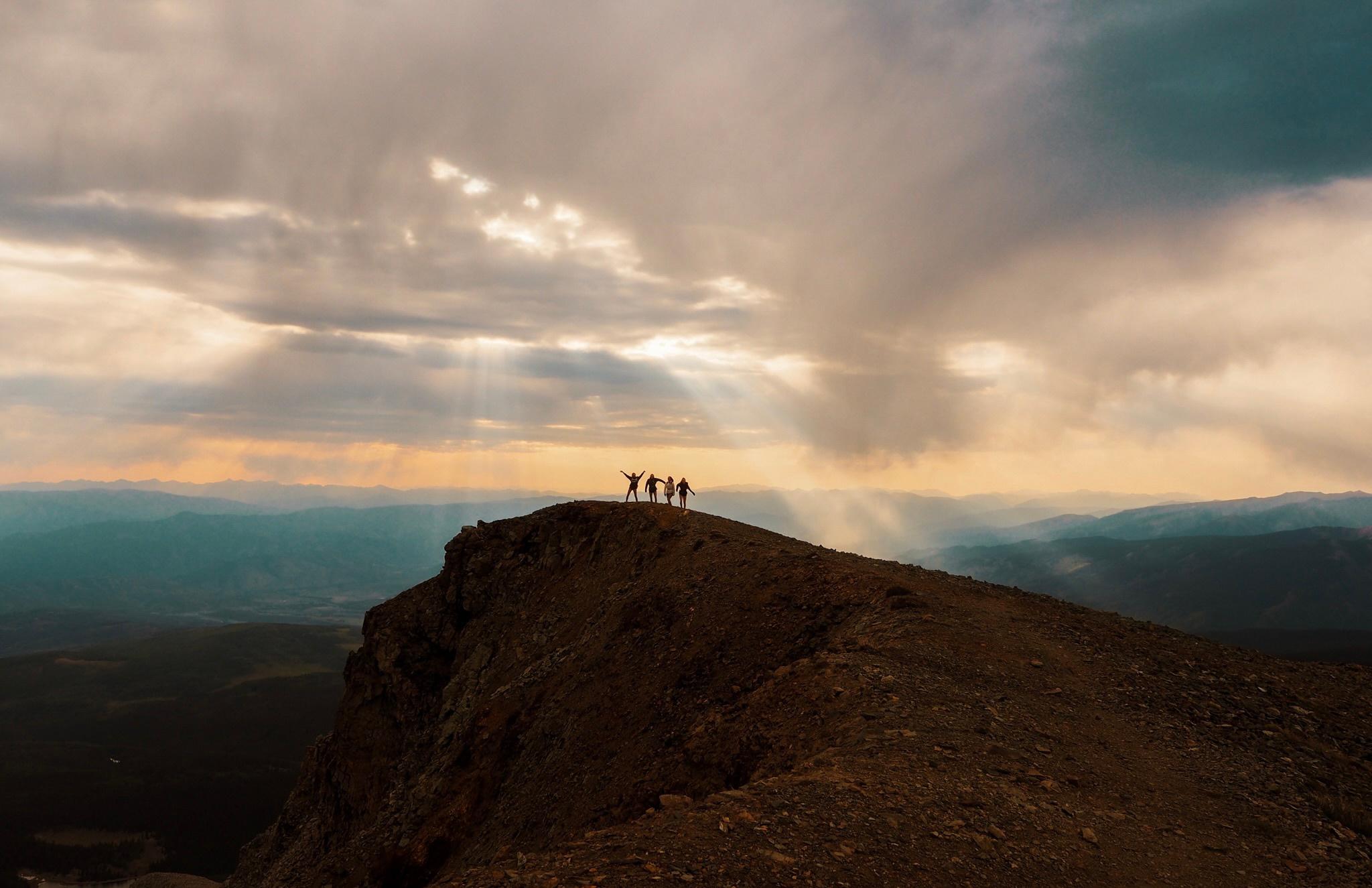
MT.SOPRIS |Basalt,Colorado|PhotobyHaileyHeinecken'23 CONSERVATION IN THE WEST STUDENT PHOTO CONTEST
Each year, the State of the Rockies Project invites students to submit images from anywhere in the Rocky Mountain West to its annual photo contest. These photos aim to remind us of the conservation efforts necessary to preserve and protect nature in the Rocky Mountain West.
Students were required to submit photos that addressed areas of concern for wildlife and habitat, outdoor recreation and diversity and inclusion in the outdoors, shifting climate patterns and processes, public lands, wildfires, water, and other conservation issues highlighted in the 2023 Conservation in the West Poll. A jury of staff expert photographers determined finalists, while the people's choice by popular vote was determined via vote-by-text.

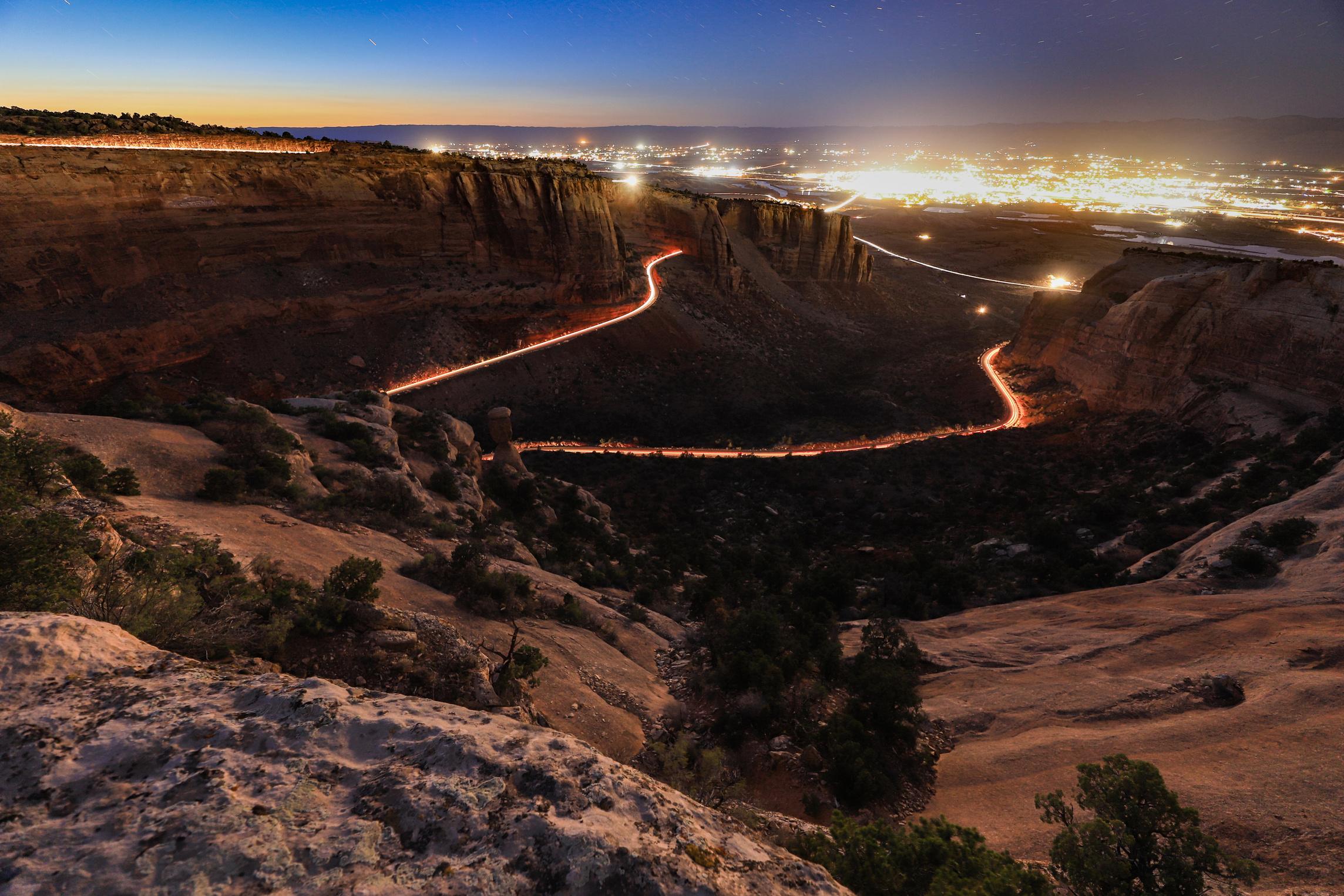
ANTHROPOGENIC | 57
ENCROACHMENT | FIRST PLACE
Photo by Ollie Beland '25
Photography is the art of light, which makes it a powerful tool to capture the true scope of light pollution. The light encroaching from nearby Fruita was just enough to illuminate the canyon walls, making this photo possible Even this much light was more than enough to begin to snuff out the night sky, which presents challenges to many flora and fauna that rely on dark skies. Photography also creates opportunities to capture motion. In this case I was able to catch the light encroaching into the monument, flowing along the canyon’s walls

"The photograph "Encroachment," captures the true power of photography The image is a testament to the ability of photography to hold on to the beauty of our world, while reminding us of the importance of preserving it for future generations.
The long exposure night landscape is stunning, capturing the heart of light and the impact of light pollution on our environment. It's a reminder that even a little bit of light can have a big impact, and that we need to do more to protect our natural world.
Overall, "Encroachment" is a truly remarkable photograph that speaks to the heart of what photography is all about - capturing the beauty of our world and inspiring us to preserve it for generations to come "
-Heather Oeklaus
ANTHROPOGENIC | 58
MOOSE IN BURN AREA | SECOND PLACE
Photo by Henry Allen'26
A moose grazes on vibrant grasses within a charred forest in Rocky Mountain National Park. The stark contrast serves as a reminder of how fragile, yet resilient, nature can be. While the recent burn has allowed the undergrowth to take advantage of redistributed nutrients, it will take a while for the pine forest to fully recover Prescribed burns may be an effective and controllable solution.
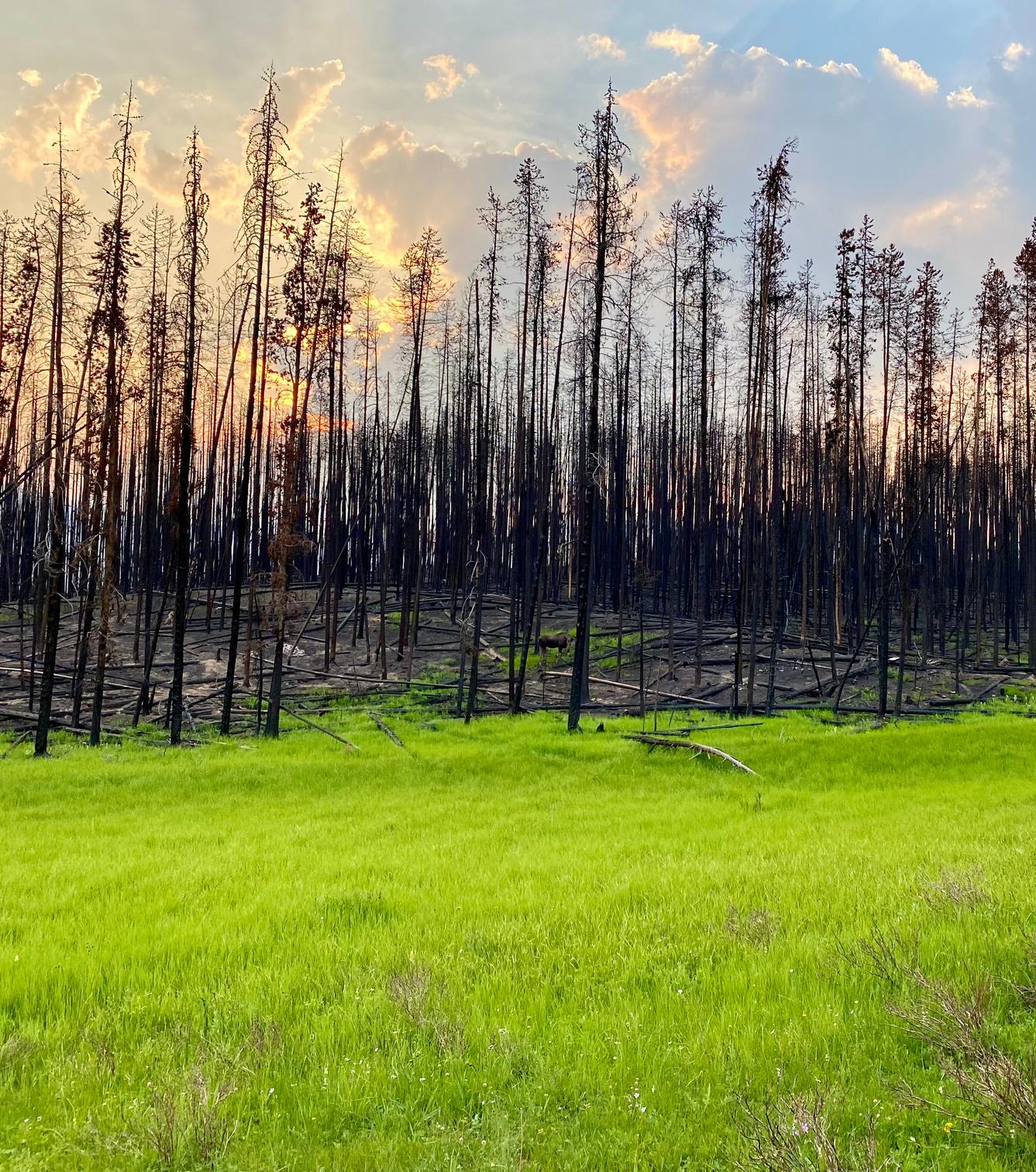
ANTHROPOGENIC | 59
"
-Steve Weaver

ANTHROPOGENIC | 60
"The photo “Moose in a Burn Area”, taken in Rocky Mountain National Park is a beautiful image of a landscape ravaged by wild land fire and given time , nature’s progress for natural restoration. It is well composed and utilizes fabulous light. The vibrant green grass in the meadow gives the viewer hope that after the fire destruction, the environment can eventually revive and provide support for life as evidenced by the lone moose grazing in the burned forest
AFTER THE STORM | THIRD PLACE
Photo by Ollie Beland '25
Desert deluges are what bring life to these parched landscapes. Creating little oases that only last for a few days at best, these storms also bring vast beauty to the desert. The fleeting sunlight catching on the towering rock mirrors the fleeting presence of the water in the foreground As drought becomes more and more of an issue in the desert southwest, moments like these may become even more fleeting, potentially to disappear altogether
"It is nothing short of incredible what a bit of water can do to a desert ecosystem. Suddenly the seemingly barron landscape springs to life. This photograph in Arches captures that nicely and at the perfect time of day, giving a nice glow to the scene. The photographer framed the illuminated rock formation nicely, and contrasted it well with gradiated clouds in the background.
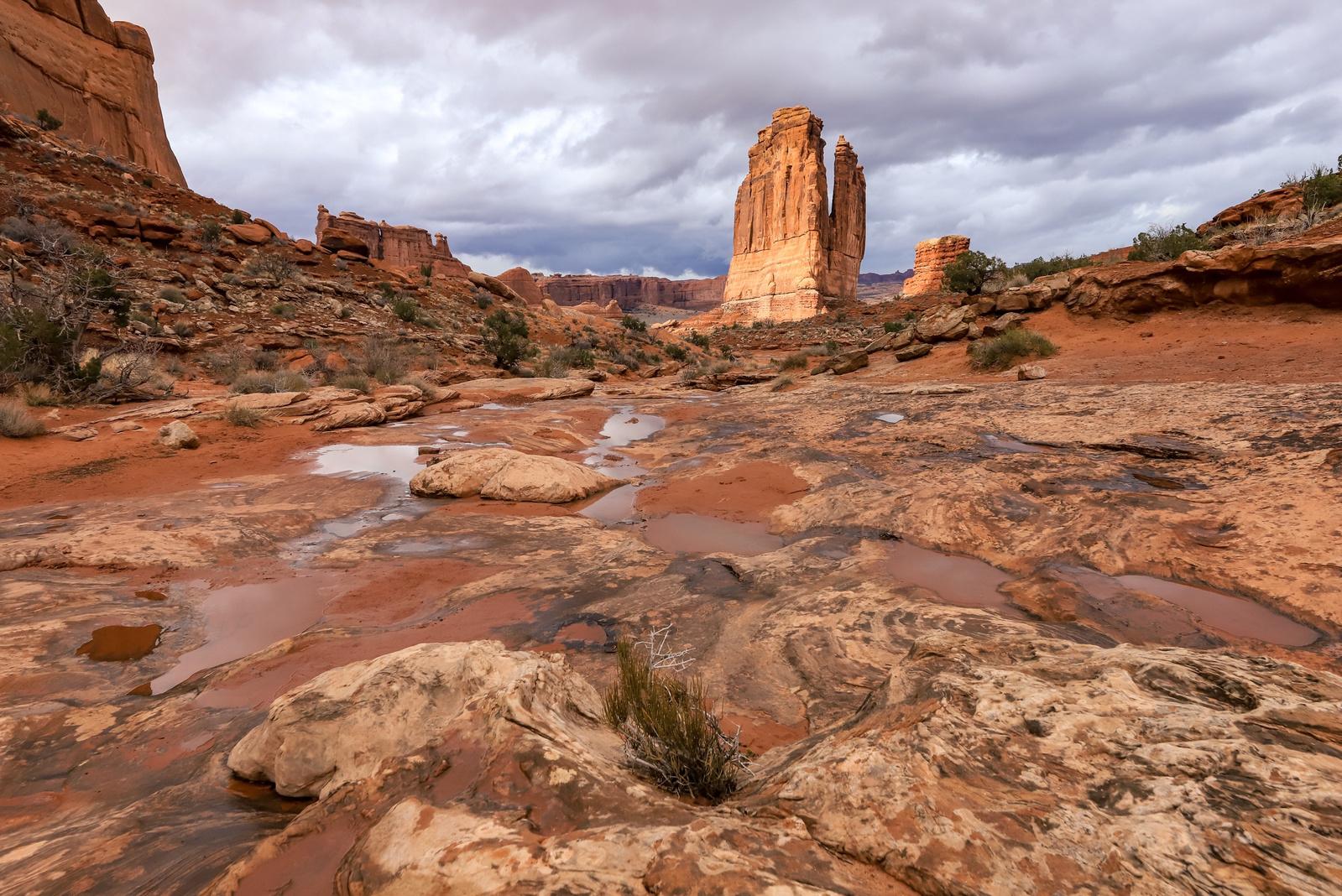 -- Josh Raab
-- Josh Raab
ANTHROPOGENIC | 61

ANTHROPOGENIC | 62
Meet the Judges
Heather Oelklaus

Heather Oelklaus is the Print Work Shop Supervisor for the Colorado College Art Department. She has based her life around art for the last 30 years. After attending the Kansas City Art Institute, Heather moved to Colorado Springs where she has been creating artworks that incorporate her passion for photography, printmaking, sculpture, painting, fiber, and collage. Her work has been exhibited in numerous galleries and museums and is held in private collections around the United States. Heather explores the boundaries of photography and experiments with alternative processes and technologies. When she is not creating photographs, she can be found plein air painting, weaving on her loom, and researching new techniques for her art making
Josh Raab
Josh Raab is the Director of Instagram at National Geographic. Previously, Josh worked at TIME as a Photo and Multimedia Editor. He has also been an adjunct professor at the International Center of Photography. Josh started out as a photographer covering the aftermath of the Boston Marathon bombings and Hurricane Sandy, then transitioned into editing by founding Jay Peg’s Photo Pub , an online and print publication for emerging photographers.

Stephen Weaver
Stephen Weaver is an award-winning photographer with over 40 years of experience making images of the natural world. Formally educated as a geologist, Steve combines his scientific knowledge with his photographic abilities to produce stunning images that illustrate the beauty of the structure and composition of the earth and its natural systems. Stephen is the creator of Colorado College's State of the Rockies landscape images exhibited across campus over the years He has been a member of the judges' panel for the past four years. View his work at Stephen-Weaver.com

ANTHROPOGENIC | 63
WATCHFUL GAZE | PEOPLE'S CHOICE POPULAR VOTE WINNER

ANTHROPOGENIC | 64
Photo by Ollie Beland, '25
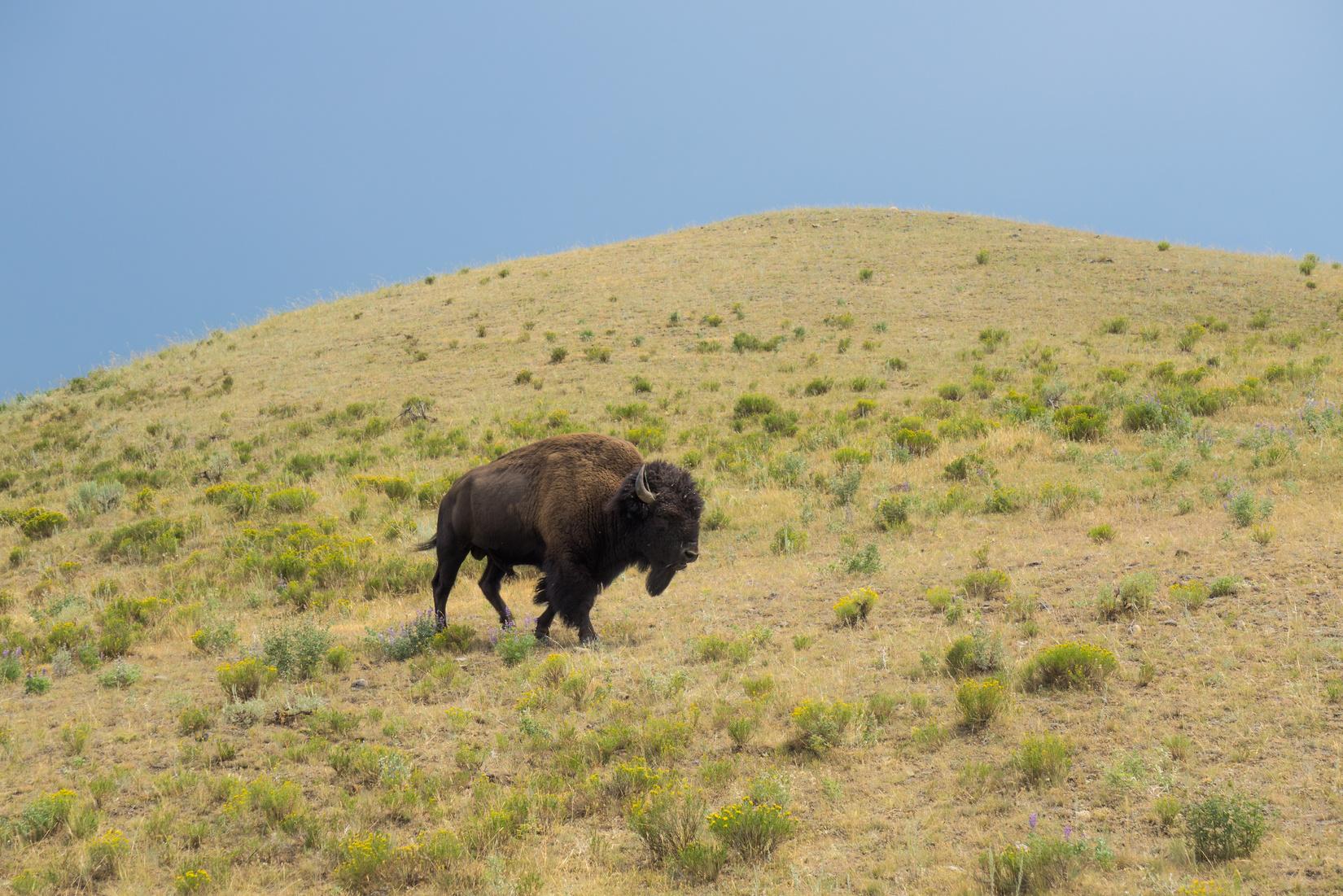
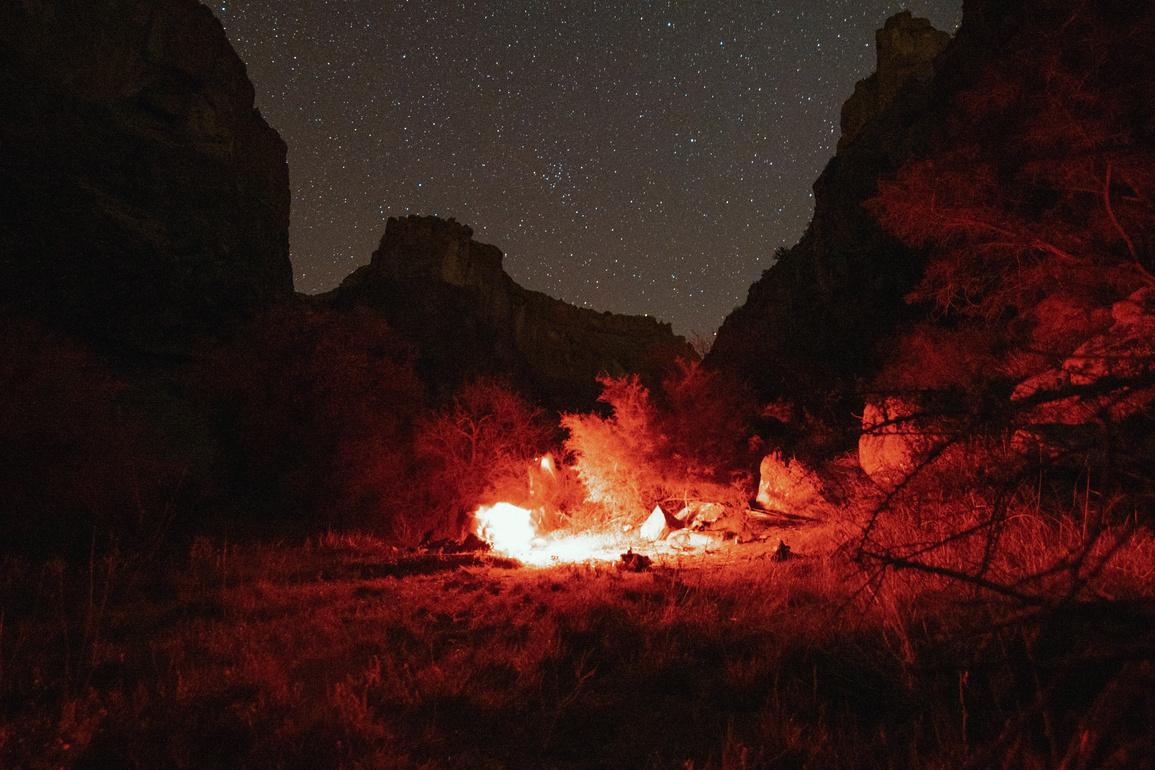 BISON | SECOND RUNNER-UP TIE
Photo by Kevin Peterson '23
NIGHT IN ARVAIPA CANYON | SECOND RUNNER-UP TIE
BISON | SECOND RUNNER-UP TIE
Photo by Kevin Peterson '23
NIGHT IN ARVAIPA CANYON | SECOND RUNNER-UP TIE
ANTHROPOGENIC | 65
Photo by Maren Greene '24
 ROCKY MOUNTAIN GOLD | THIRD RUNNER-UP
ROCKY MOUNTAIN GOLD | THIRD RUNNER-UP
ANTHROPOGENIC | 66
Photo by Maren Greene, '24
ORANGE SKIES RETURNS TO CC
By Macy McCauley
Over the past few years, the Orange Skies Exhibit has made quite a journey From a virtual gallery opening to a stay at the Pioneer Museum, the exhibit has returned to Colorado College Orange Skies draws from the devastating fires of 2020, documenting the decimation of the Western United States Included in the exhibit, among others, are the East Troublesome Fire, the Calwood Fire, and the Bridger Foothills Fire. Each photo is a different, intriguing take on the firessome depict ash, some hazy smoke-filled sunsets, others hills on fire. In February of 2023, library staff installed this eyecatching exhibit in the Map Room on the fourth floor of Tutt Library. This partnership between State of the Rockies and Tutt Library was dreamed up by Cyndy Hines, Project Specialist for the State of the Rockies, as a way to begin a collaboration between the Rockies and the library.

ANTHROPOGENIC | 67
Mullen Fire | Carbon County, WY | Photo by Jonathan Dragojevic
Link for Exhibit Video Tour: https://youtu.be/vzeoscd79lE
At the published faculty event on February 15th, the opening of Orange Skies, many attendees commented on the exhibit. Rebecca Floyd, Digital Scholarship Librarian, found the photos to be great exposure for the State of the Rockies Project and conservation efforts in general. “More people are going to see it,” Floyd said. As the fourth floor is an excellent study spot and draws a constant stream of students, it is the ideal place for an exhibit with such an important message Floyd agrees, commenting that aspects of the “lighting, the quiet of the fourth floor, and [the exhibit] perfectly fit the physical space ”
To Dustin Fife, College Librarian, Orange Skies should be more of a permanent fixture in the library It should be a “permanent reminder of the reality we live in.” By having this constant presence, the exhibit will be on students’ minds and quite literally in their faces. Fife also found the photos to be “perfectly aesthetically pleasing” and the colors to be well aligned with the interior design of the room. The vibrant oranges of the flames coincide well with the dark blue carpets and the warm-colored chairs just outside the Map Room.
When asked about the role of libraries as institutions of knowledge in our ever-digitizing world, both Fife and Floyd had positive remarks Fife feels that the narrative of libraries going out of style or becoming obsolete is untrue, saying that it becomes a “self-fulfilling prophecy” when administrations feed into that idea Floyd provided specifics into how libraries continue to adapt to the needs of their patrons, including through “programming and digital and physical spaces.” To Floyd, the Orange Skies exhibit is an important part of this transition. Displaying art with culturally relevant and interactive features helps to bridge the gap between physical and digital spaces. Libraries, instead of becoming irrelevant as many predicted, are constantly morphing and adapting.
President L Song Richardson provided insight into the bigger picture regarding Orange Skies and conservation at Colorado College in general Currently, sustainability at CC is divided into several different entities: State of the Rockies Project, the Office of Sustainability, the Center for Community Engagement, and many more President Richardson’s goal is to create one place for all environmental efforts at CC under the broader umbrella of sustainability, stating that it is important to “connect everything in one place.” She urges students to ask themselves “What is our next step when it comes to being leaders?” Orange Skies and its location is an important first step in connecting students to the reality of the changing climate. With it, an important conversation can begin.

ANTHROPOGENIC | 68
EXPERIENCES Mission: Wolf
Life after State of the Rockies

A look into the Summer Following Graduation with a Previous Rockies Intern
By Anna Sofia Vera
Nashira, a 5-year-old ambassador wolfdog, has a bird's eye view of the sanctuary from the roof of Kent’s cabin adjacent to her enclosure. This cabin was the first building constructed at Mission: Wolf and was Kent’s home for several years before becoming an office space. Photo by Anna Sofia Vera.
SUNRISE AT THE REFUGE
The raw sound of twenty howling wolves shakes me from my deep sleep. I poke my head out of the sleeping bag. It's still dark. My first breath creates a damp cloud that hovers over my face. I put on my work boots, step out of my teepee, and head up the hill as the sky slowly lightens. I glance to the rooftops to greet Nashira. As usual, she is watching my every move from her special high point. This is the usual kick-off of my mornings at Mission: Wolf.
The name Mission: Wolf was inspired by Mission: Impossible, “How do you get a wolf back in the wild?” says Kent Weber, founder, and co-director This mission started in the 1980s when wolf populations were nearly extinct in the United States In the meantime, a growing trend was to buy wolves and wolfdogs as pets, an illegal and harmful practice. Mission: Wolf sprang from a need to house increasing numbers of unwanted, uncared for, and often abused captive-born wolves and wolfdogs. Kent, tired of the corporate life in Denver, moved out to the most remote area he could find at the time, obtained
a wild animal permit, and started a nonprofit by putting 40 acres of land in the name of the wolves. This way, he recounts, “No matter what happens to the humans involved, the wolves will always have a home.”
The staff starts their day by checking in with the wolves, providing them with vitamins, and making sure they have fresh water. “One of my favorite parts of living here is walking through the wolf ravine path next to the animals and being the first to say good morning to them,” says Sam Renk, the Education Coordinator at Mission: Wolf You’ll find the wolves to be quite perky in the morning since they are naturally most active between dusk and dawn “Ydun always plays coy for attention when I pass the gate… Apollo stays high on the hillside where he can watch from a distance,” says Madelyn White, Head Animal caretaker of the sanctuary. Every staff member works closely with a group of wolves to build trust with the animals. Wolves are instinctively afraid of humans, so consistency is key to helping the animals remain calm and comfortable.
After morning chores, a hearty breakfast, and a big cup of dark-roast coffee, staff members split to work. Leadership and staff collectively decide on weekly projects, inviting individual initiative and selforganization Daily tasks include preparing for tours, leading volunteer groups in a project, fixing a vehicle, finishing some welding job, tending to the greenhouses, or crunching out some office work, just to name a few
Nestled into a sunny mount with panoramic views of the Sangre de Cristo mountains, Mission: Wolf merges with its landscape. The wolf enclosures are built into the hill to provide the most natural environment to these creatues, often making it hard for visitors to spot the
Apollo is a 13-year-old wolfdog that was advertised on Craig’s list as a husky. During a vet visit, the doctor told the owner this animal had significant wolf content in him. After researching the difficulties of owning a wolfdog, the owner contacted Mission: Wolf, and Apollo was adopted as a 3-month puppy. He is one of the shyest animals at Mission: Wolf and enjoys a more secluded enclosure with his lifelong partner Farah. There are an estimated 250,000 to 500,000 wolves and wolfdogs owned as pets in the United States. About 90% of those owned as pets are euthanized by the age of two. Photo by Mission: Wolf.
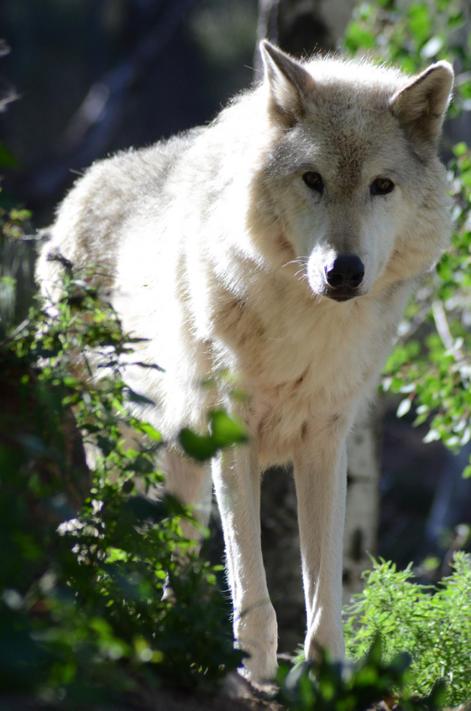
ANTHROPOGENIC | 70
APOLLO
wolves in their peaceful homes. Wolves born in captivity cannot return to the wild. So, at Mission: Wolf, the focus is to provide sanctuary to its rescued animals and create a hands-on learning environment that inspires a connection to the land and empathy for an essential animal in our ecosystem.
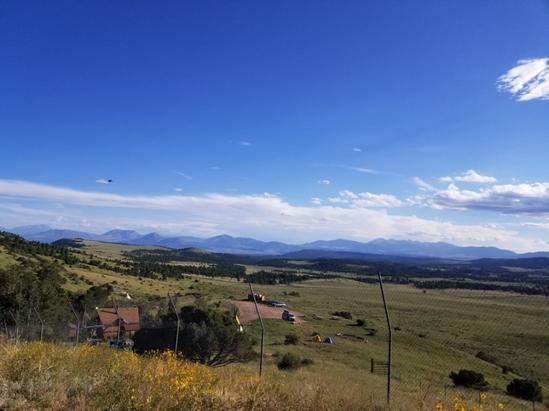
Few places will make arduous manual work feel so meaningful. But that’s the Mission: Wolf magic. The staff at Mission: Wolf inspires purposeful living through their devoted care for the wolves and a commitment to a hardworking, self-sufficient team Mike Gaarde first arrived as a volunteer at Mission: Wolf; 9 years later he is codirector alongside Kent Weber Mike shares what has kept him at this for years, “Mission: Wolf is so much more than just a wolf sanctuary. We are 45 minutes from town and completely off the grid which means we try to live as sustainably as possible, and we build and fix everything ourselves. This means that there are endless opportunities to learn. I have learned so many different skills, not to mention the incredible relationships I have developed with both the people and animals here. I can’t really see myself being anywhere else.”
 Above: The view from Minigan’s enclosure. Mission: Wolf has successfully purchased and protected 350 acres of land for conservation purposes. Photo by Anna Sofia Vera.
Below: ARCC (an outdoor immersion program for teens) students working with Kent and Christian (Mission: Wolf staff) to fix a fallen section of fencing after historic rain flooded the wolf ravine in August
Above: The view from Minigan’s enclosure. Mission: Wolf has successfully purchased and protected 350 acres of land for conservation purposes. Photo by Anna Sofia Vera.
Below: ARCC (an outdoor immersion program for teens) students working with Kent and Christian (Mission: Wolf staff) to fix a fallen section of fencing after historic rain flooded the wolf ravine in August
ANTHROPOGENIC | 71
Kent sits fearlessly on top of a wobbly ladder ready to tie the fence to a 12 ft post while a group of 15 high school students pull the fallen fence up with enough hay straps to cross the Grand Canyon. The construction site is busy. Staff are kneedeep in mud removing debris, rocks, and fallen trees from the flood. Other volunteers are digging holes and tamping new posts into place. An assembly line of pullers, diggers, and tiers work together to finish setting up the fence that will allow Rosie, a beautiful 9-year-old shy wolf, back into her home after a raging flood destroyed it. After six hours of sweaty work under the sun, staff and volunteers sum up whatever energy they have left for a hacky-sack session while the sun sets
Mission: Wolf hosts several educational programs with urban outdoor immersion groups, scouts’ camps, wilderness therapy, gap year programs, international travelers, and others to inspire a new connection to nature and a deeper appreciation of wolves’ role in the wild. The development of these values arises from individuals’ interaction with wolves. The goal is to dismantle the fear of wolves and inspire respect for these creatures without romanticizing them. “It’s incredible to see people’s joy and wonder when they hear a wolf howl for the first time, yet it’s hard telling people ten times over that wolves don’t eat people,” says Madelyn.
An inspiring aspect of Mission: Wolf’s organizational structure is the staff’s ability to create community through collaborative work. Kent Weber and his wife Tracy Anne Brooks built Mission: Wolf from the ground up through extensive work, often making impossible ends meet. Living in rural Colorado with difficult access to town while taking care of fifty wolves with barely any financial support is a task only a few can endure. Yet Kent and Tracy’s grit and commitment to their mission made their organization grow and motivated friends, strangers, and travelers to support their work Skilled workers and inspired folk began coming out to lend a hand with whatever they had to offer Little by little and over three decades later, Mission: Wolf’s infrastructure is evidence of the sweat equity Most buildings and fences on site were constructed with recycled or donated materials and volunteer help. Every project and achievement at Mission: Wolf has a unique story related to the people and process through which it came into being. “We have a lot of professionals or specialists who come to the refuge and give their expertise with projects. They seem to be healed in a way by being around the wolves or volunteering their time and the sanctuary gets donated their help and time. This is the true blood of the place” explains Sam.
Volunteer and staff member at Mission: Wolf, Anna Sofia Vera, interacts with Zeab during an educational behavioral session. Zeab is a very calm and gentle 12year-old wolf, who is not afraid of meeting strangers, making him a great ambassador wolf. Visitors and volunteers may meet the sanctuary’s ambassador animals face to face as part of the experiential education that teaches people about wolf behavior and wolves’ role in the wild. Photo by Mission: Wolf.

ANTHROPOGENIC | 72
WOLF GREETING!
Back in the warm kitchen, the army-sized pot gurgles while home-grown potatoes boil Tash Sultana’s indie guitar broadcasts from an old CD player Every night a different staff oversees cooking the communal meal. The enormous stock of flour, rice, 20 bean varieties, cocoa powder, every type of spice, baking ingredients, sauces, and snacks allows for a threecourse meal if that night’s chef so desired. Fresh fruits, vegetables, and frozen meat line the fridge The mix of supplies are from friends, donors, and direct purchases from the sanctuary. While the meal is brewing, other staff are reading by the cozy fireplace, painting watercolors on the kitchen table, or napping on the cozy couch surrounded by houseplants. As the evening wraps up, some stay up for a game or movie night while others retreat to their teepees for an early night's sleep
The culture of mutual trust cultivated within Mission: Wolf’s organization extends to its neighbors, the ranching community of Westcliffe. Many of the nearby ranchers support the sanctuary by donating their sick or dying livestock (usually horses) to feed the wolves. Removing the dead animal prevents predators from
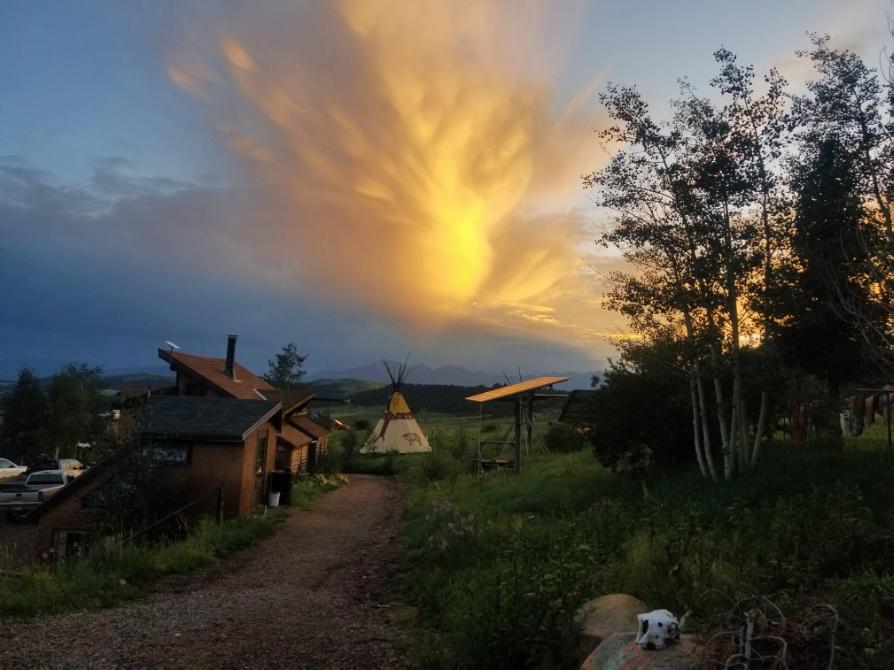
coming to the ranchers’ property and in exchange, ranchers receive a donation receipt that benefits their business. “The best honor we can offer an animal is to allow it to finish its life and in death, return to the cycle of life. If we weren’t here, most of those animals would end up in the landfill, or a hole on the ranchers’ property, so it’s a win-win for everyone involved” says Mike.
The air feels cool and crisp. A rancher pulls up with a trailer and his deceased horse. It is a bittersweet ritual to console a rancher who has lost a beloved animal, yet there will be a continuation of the cycle of life. The staff proceeds to prep their knives, dress in splatter clothes and head down to the ravine to process the horse. Two hours later, with frozen fingers and bloody hands, the team of tired cutters files into an old pickup with several buckets of meat and bones for the wolves. Excited howling fills the air, the wolves can sense it's time to feast. Nothing is wasted; bones, hide, organs, and meat are distributed to the wolves for a complete meal, while the guts are left for other wildlife to eat about a mile away from the sanctuary
Colorado is in the midst of wolf reintroduction plans Lately, pressure has grown from ranchers and wildlife
Solar panels provide electricity and heat buildings at the refuge. Photo by Anna Sofia Vera.
SUNSET AND PEACE
ANTHROPOGENIC | 73
drafted wolf management plan Mission: Wolf is an organization that promotes factual information about wolves yet is also an expert at connecting with people through groundwork and networking among local residents. Mike explains, “The fact is that wolves play a crucial role to keep our ecosystems healthy Colorado is one of the last wild lands where wolves once naturally lived but are not currently established. The question is not whether wolves should be in Colorado, the question ishowdotheygethereandthatiswherethetroubleand conflictlies”
Eventhoughthereareranchersinthevicinitywhodonot support the people at Mission: Wolf directly, there is a sense of mutual respect rooted in the shared experience of living in rural Colorado “There's a reputation of ruggedness you can only get after being out here surviving in the remote mountains for three decades” explainsSam.Thiscommongroundwiththeranching
community is an important asset that the people at Mission: Wolf have By bridging factual knowledge with ground experience of what rural life is like in Colorado, Mission: Wolf can play a pivotal role to foster conversation that navigates conflict resolution on how rancherscancoexistwithwolvesinColorado
ZEPHIR
Zephir, an arctic wolf who passed away last August, guards her bone from the magpies. Each wolf gets fed between 4 to 7 pounds of food depending on the size and age of the animal. Wolves go through a natural feast and famine cycle in the wild, so the wolves at Mission: Wolf are only fed twice a week to mimic that cycle of their wild counterparts. Photo by Mission: Wolf.
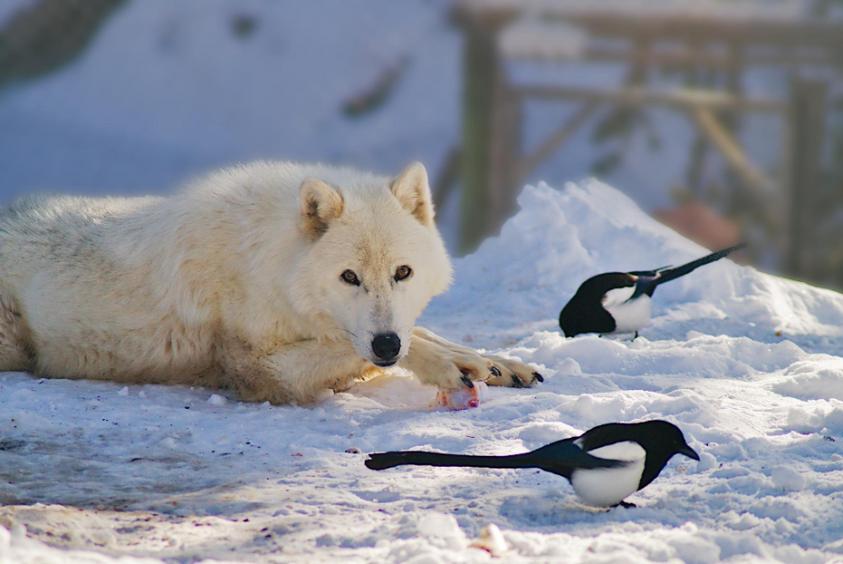
ANTHROPOGENIC | 74
JANE'S STUDIO
The newest solar-powered building on site will serve as a visitor center, workshop, and art studio. A Handicap ramp is in the process of being finished. Photo credit: Mission: Wolf

Colorado College students frequent Mission: Wolf through Break out trips. You can plan your trip with friends or set up a Breakout trip! Interested in meeting a wolf? Does conservation work appeal to you? Do you love the mountains, want to learn to work with your hands, and join a community of quirky and talented wolf caretakers? Check out https://www.missionwolf.org/ for more information and reach out to info@missionwolf.org to coordinate your day visit, short-term volunteer opportunities, or summer internships!
Special thanks to Mission: Wolf staff for sharing their personal stories and pictures for this article
References:
Ownership | W O L F Sanctuary (2023) Retrieved February 1st, 2023, from Wolfsanctuary co
Sofia Vera
Anna Sofia Vera is a Chilean-American recent CC grad in the class of 2022 She worked at Mission: Wolf Sanctuary after graduation and loved it! This place provided her with much learning and growth through caretaking of incredible creatures, collaborating with an amazing staff, engaging in public education, and developing hands-on skills to live sustainably in Colorado. Her work there has ignited her passion to bridge scientific knowledge and inquiry to storytelling and alternative forms of education and dive into traditional forms of knowledge of the land and how we can improve how we live on it. She looks forward to continuing the work of connecting people to nature through outdoor education, conservation, improved storytelling, and communications. In her free time, Anna is an avid plant-mama, vegetable grower, podcast enthusiast, and addicted to YouTube guitar tutorials (she dreams of starting a jam band with friends)
 Anna
Anna
ANTHROPOGENIC | 75
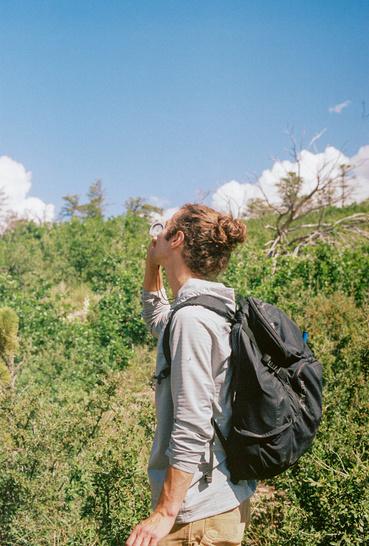
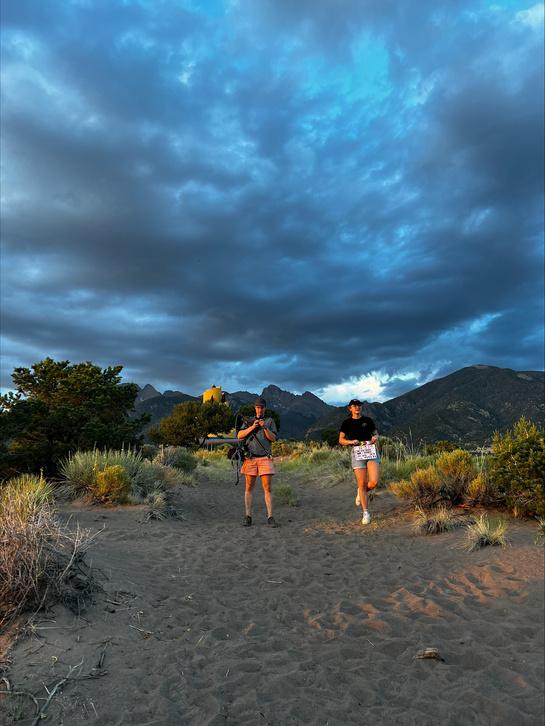

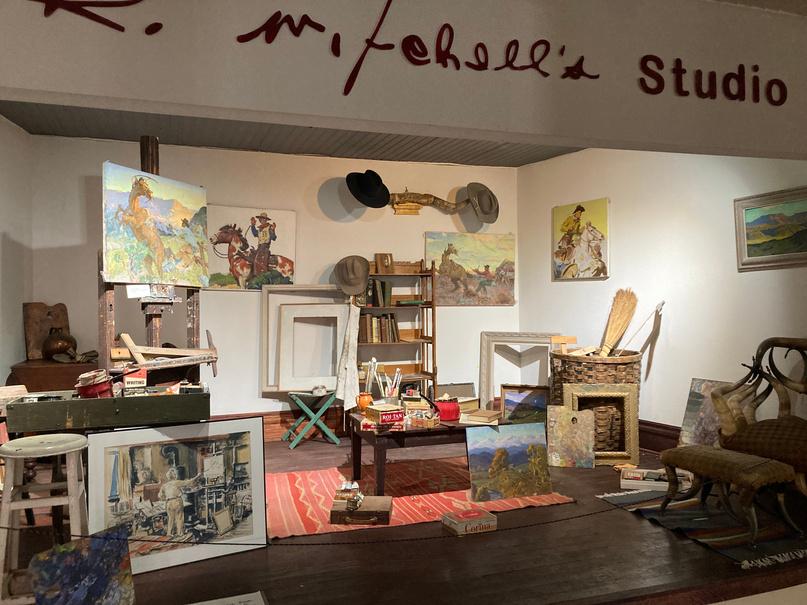
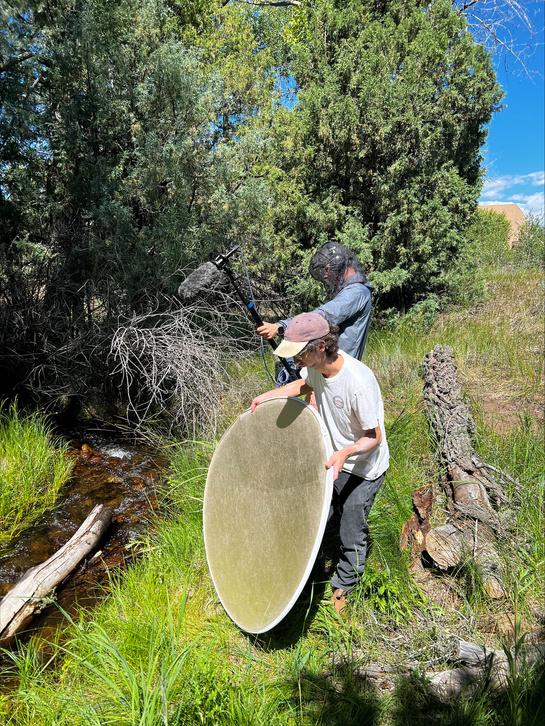



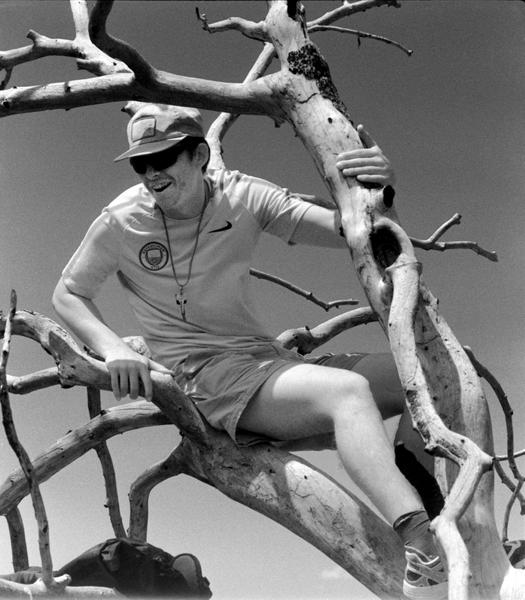
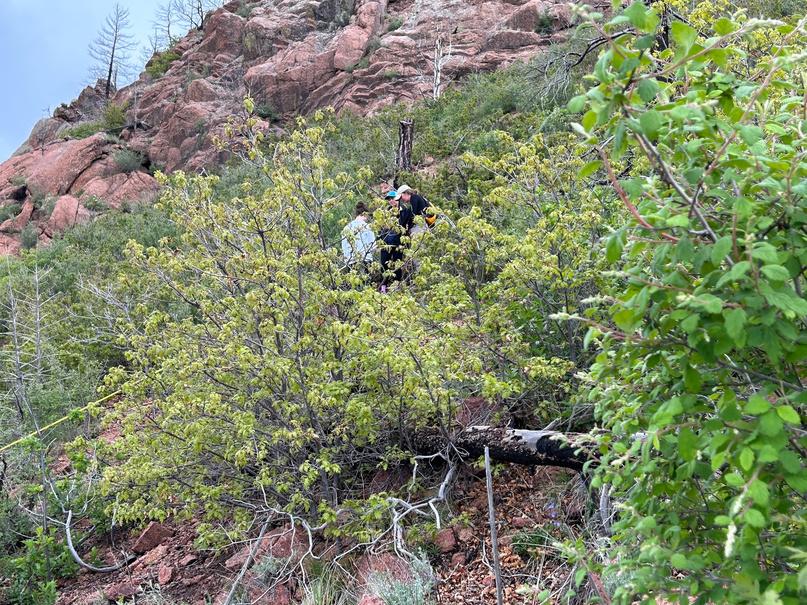
ANTHROPOGENIC | 76
From top left: 1) Theo Ollier '26 determining elevation with an inclinometer and 2) Chris Burich '24 finding a better view. Photos by Ollie Beland '25. 3) The A.R. Mitchell Museum in Trinidad, CO. Photo by Sarah Bedell '24. 4) Charlotte Pullido '24 admiring Waldo Canyon. Photo by Ollie Beland '25. 5) Melanie Shea and Amanda Young '23 between scenes in Crestone, CO. Photo by Sada Schumman '26. 6) Waldo Canyon in the clouds. Photo by Ollie Beland '25.
7) The Waldo Canyon Team scouting for sites. Photo by Cyndy Hines. 8) Crowds admiring the view from the side of the road in Monument Valley, AZ.
Photo by Alison Mueller-Hickler '26. 9) Daniel De Koning '23 and Matan Fields '26 prepare for filming. Photo by Sada Schumman '26
STATEOFTHEROCKIES.COM


@STATEOFTHEROCKIES
@STATEOFTHEROCKIES














 Katy Chapman
Kate Lee
Nicole Craighead
Delia Freliech
Katy Chapman
Kate Lee
Nicole Craighead
Delia Freliech


 Waldo Canyon team members Cyndy Hines, Theo Ollier '26, Sydney Morris '24, and Liam Keilty '25 take tree core samples. | Photo by Maren Greene '24
Waldo Canyon team members Cyndy Hines, Theo Ollier '26, Sydney Morris '24, and Liam Keilty '25 take tree core samples. | Photo by Maren Greene '24
 By Alison Mueller-Hickler and Kate Lee
By Alison Mueller-Hickler and Kate Lee
 Alpine Glow | Photo by James Kuhns '26
Alpine Glow | Photo by James Kuhns '26


 Mt. Sherman, CO |
Photo by Sydney Rankin '25
Mt. Sherman, CO |
Photo by Sydney Rankin '25
 By Marco Barracchia '22 and Alison Mueller-Hickler '26
By Marco Barracchia '22 and Alison Mueller-Hickler '26



 Waldo Canyon, CO |
Photo by Maren Greene '24
Waldo Canyon, CO |
Photo by Maren Greene '24
















 By Alison Mueller-Hickler and Kate Lee
By Alison Mueller-Hickler and Kate Lee

 Waldo Canyon, CO |
Photo by Maren Greene '24
Waldo Canyon, CO |
Photo by Maren Greene '24



 Corey Hutchins
Corey Hutchins




 San Fratello
San Fratello








 The PLS Team at a viewing point in Wolf Creek Pass. Photo by Cyndy Hines.
Photos by Alison Mueller-Hickler
The PLS Team at a viewing point in Wolf Creek Pass. Photo by Cyndy Hines.
Photos by Alison Mueller-Hickler
 Strawberry Lake | Photo by Katherine Beard '24
Strawberry Lake | Photo by Katherine Beard '24
 Arches National Park |
Arches National Park |



 Sergio Hernandez
Sergio Hernandez




 Sarah Bedell
Clockwise from left:
1. Sarah Bedell and Lisa Ranallo the Curator of the Permanent Collection at the Yellowstone Art Museum in Billings, Montana. Photo by Cyndy Hines.
2. The Passage of Time by Sushe Felix, at the Kirkland Museum of Fine & Decorative Art. Denver, CO.
3. New Mexico Museum of Art. Santa Fe, NM. Photo by Sarah Bedell.
Sarah Bedell
Clockwise from left:
1. Sarah Bedell and Lisa Ranallo the Curator of the Permanent Collection at the Yellowstone Art Museum in Billings, Montana. Photo by Cyndy Hines.
2. The Passage of Time by Sushe Felix, at the Kirkland Museum of Fine & Decorative Art. Denver, CO.
3. New Mexico Museum of Art. Santa Fe, NM. Photo by Sarah Bedell.

 Filming in Crestone, CO (Following the semi-circle: Edward Villanueva, Cresta Blocker, Betty Speer, Audrey Colgin, '23, Alison Mueller-Hickler '26, and Amanda Young, '23. |
Filming in Crestone, CO (Following the semi-circle: Edward Villanueva, Cresta Blocker, Betty Speer, Audrey Colgin, '23, Alison Mueller-Hickler '26, and Amanda Young, '23. |



 Aaron Patterson
Matan Fields holds the clapperboard as the scene is about to begin.
Photo by Katy Chapman.
The actors behind Grayjay and Ox prepare for the scene at the CC Baca Campus. Photo by Cyndy Hines.
Aaron Patterson
Matan Fields holds the clapperboard as the scene is about to begin.
Photo by Katy Chapman.
The actors behind Grayjay and Ox prepare for the scene at the CC Baca Campus. Photo by Cyndy Hines.










 Waldo Canyon team members Maren Greene, Cyndy Hines, Charlotte Pulido, and Theo Ollier traverse the burn scar. Photo by Ollie Beland '25.
BURN SCAR
Waldo Canyon team members Maren Greene, Cyndy Hines, Charlotte Pulido, and Theo Ollier traverse the burn scar. Photo by Ollie Beland '25.
BURN SCAR
 By Macy McCauley
By Macy McCauley











 The team explores Waldo Canyon | Photo by Maren Greene '24
The team explores Waldo Canyon | Photo by Maren Greene '24



 Arches National Park | Photo by Ollie Beland '25
Arches National Park | Photo by Ollie Beland '25


 By Sebastian Olson '24
By Sebastian Olson '24







 -- Josh Raab
-- Josh Raab





 BISON | SECOND RUNNER-UP TIE
Photo by Kevin Peterson '23
NIGHT IN ARVAIPA CANYON | SECOND RUNNER-UP TIE
BISON | SECOND RUNNER-UP TIE
Photo by Kevin Peterson '23
NIGHT IN ARVAIPA CANYON | SECOND RUNNER-UP TIE
 ROCKY MOUNTAIN GOLD | THIRD RUNNER-UP
ROCKY MOUNTAIN GOLD | THIRD RUNNER-UP




 Above: The view from Minigan’s enclosure. Mission: Wolf has successfully purchased and protected 350 acres of land for conservation purposes. Photo by Anna Sofia Vera.
Below: ARCC (an outdoor immersion program for teens) students working with Kent and Christian (Mission: Wolf staff) to fix a fallen section of fencing after historic rain flooded the wolf ravine in August
Above: The view from Minigan’s enclosure. Mission: Wolf has successfully purchased and protected 350 acres of land for conservation purposes. Photo by Anna Sofia Vera.
Below: ARCC (an outdoor immersion program for teens) students working with Kent and Christian (Mission: Wolf staff) to fix a fallen section of fencing after historic rain flooded the wolf ravine in August




 Anna
Anna










